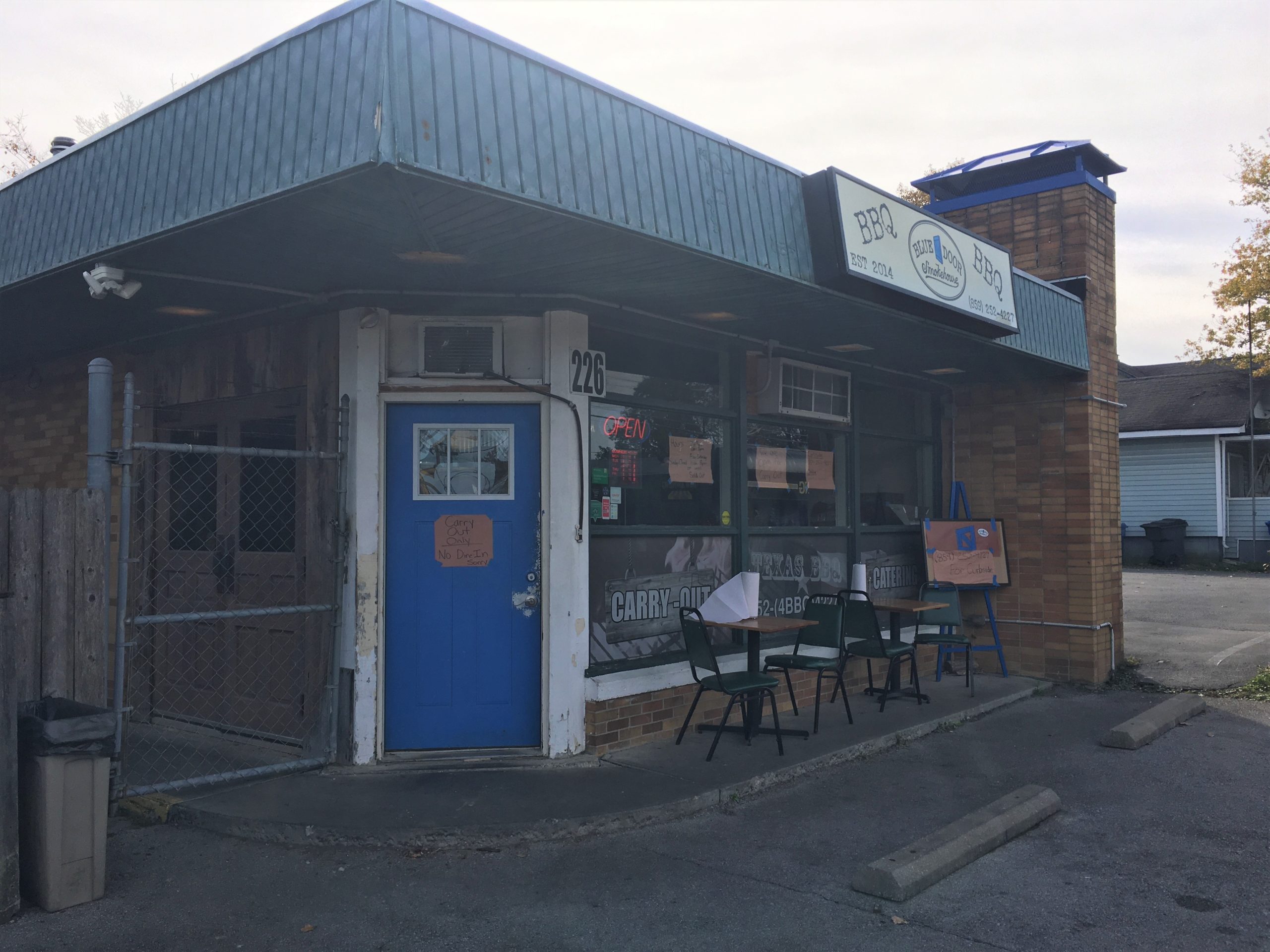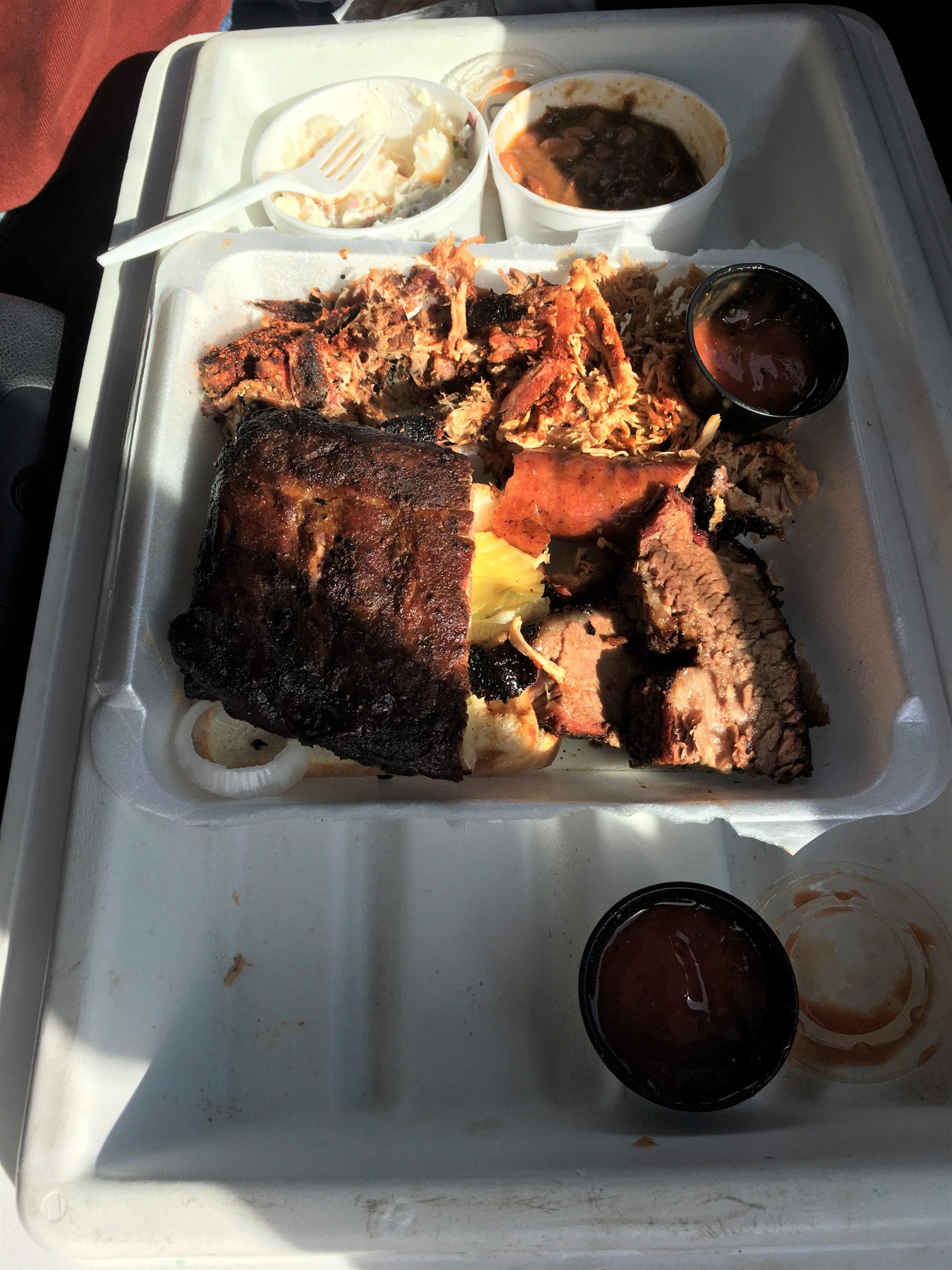Kentucky Horse Park, Lexington, Kentucky
But Jacob said to him, “My lord knows that the children are tender and that I must care for the ewes and cows that are nursing their young. If they are driven hard just one day, all the animals will die. So let my lord go on ahead of his servant while I move along slowly at the pace of the droves before me and that of the children, until I come to my lord in Seir.” Esau said, “Then let me leave some of my men with you.” “But why do that? Just let me find favor in the eyes of my lord.” So that day, Esau started on his way back to Seir. Jacob, however, went to Succoth, where he built a place for himself and made shelters for his livestock. That is why the place is called Succoth. (Succoth means shelters) ~ Genesis 3:13-17 I find it interesting that while Esau greeted Jacob as ‘my brother’ – a term of equals, Jacob is still addressing Esau as ‘my lord’ – a term of submission. Jacob’s children range in age from a toddler to 14 years. It’s nice that Jacob’s considering his family and flocks. Here is yet another difference of opinion amongst commentators. Some believe that Jacob is still acting as the deceiver and had no intention of following Esau to Seir. Others speculate that because Jacob is a changed person, he went to Seir to visit with Esau once Jacob’s family was settled. These commentators believe that the visit is just not recorded for us.
Today was all about history here in Lexington. Two famous people.
First, there was Henry Clay.

April 12, 1777 – June 29, 1852
He won a seat as a Kentucky Senator as well as House of Representatives, Speaker of the House and Secretary of State (under John Quincy Adams), and did you know? He ran for president three times! In 1824 (against John Quincy Adams), 1832 (against Andrew Jackson), and 1844 (against James Polk), and along the way, gained some powerful enemies, notably President Andrew Jackson. He is best known as “The Great Compromiser” because he worked to keep people happy. We were told that if it hadn’t been for Henry’s efforts, there would’ve been Civil War at least ten years earlier, and also that it was most likely because of his desire for people to compromise, that he lost his three bids for President – because neither the abolitionists nor the slave owners cared for his views (he was for a gradual end to slavery). However, in the 1960’s he was one of five chosen by committee as the best Senators in the history of the US. Henry was the first person honored by a funeral ceremony in the Capitol Rotunda.
In his personal life, as an attorney, he defended Aaron Burr (Best known these days as the man who killed Alexander Hamilton in a duel, but he hired Clay to defend him against charges of conspiracy to detach the western states from the Union and invade Mexico. Eventually Clay was able to get the charges dropped.) Clay was the first to bring Hereford cattle from Europe (the same breed President Johnson raised), and was very into thoroughbred horses, having 11 Kentucky Derby winners. He also owned a few slaves who worked his farm raising tobacco and hemp, chickens, sheep, hogs and mules.
He died in 1852 of tuberculosis at the age of 75.
The house we toured wasn’t Henry’s original house. But it is situated on the same piece of property. One of Henry’s sons, James, rebuilt the house in the 1850’s following his father’s death because the materials used were of such inferior quality that the house was falling apart. It’s a beautiful home! James ended up being a confederate sympathizer and fled to Canada in 1862 where he also died of tuberculosis in 1864.
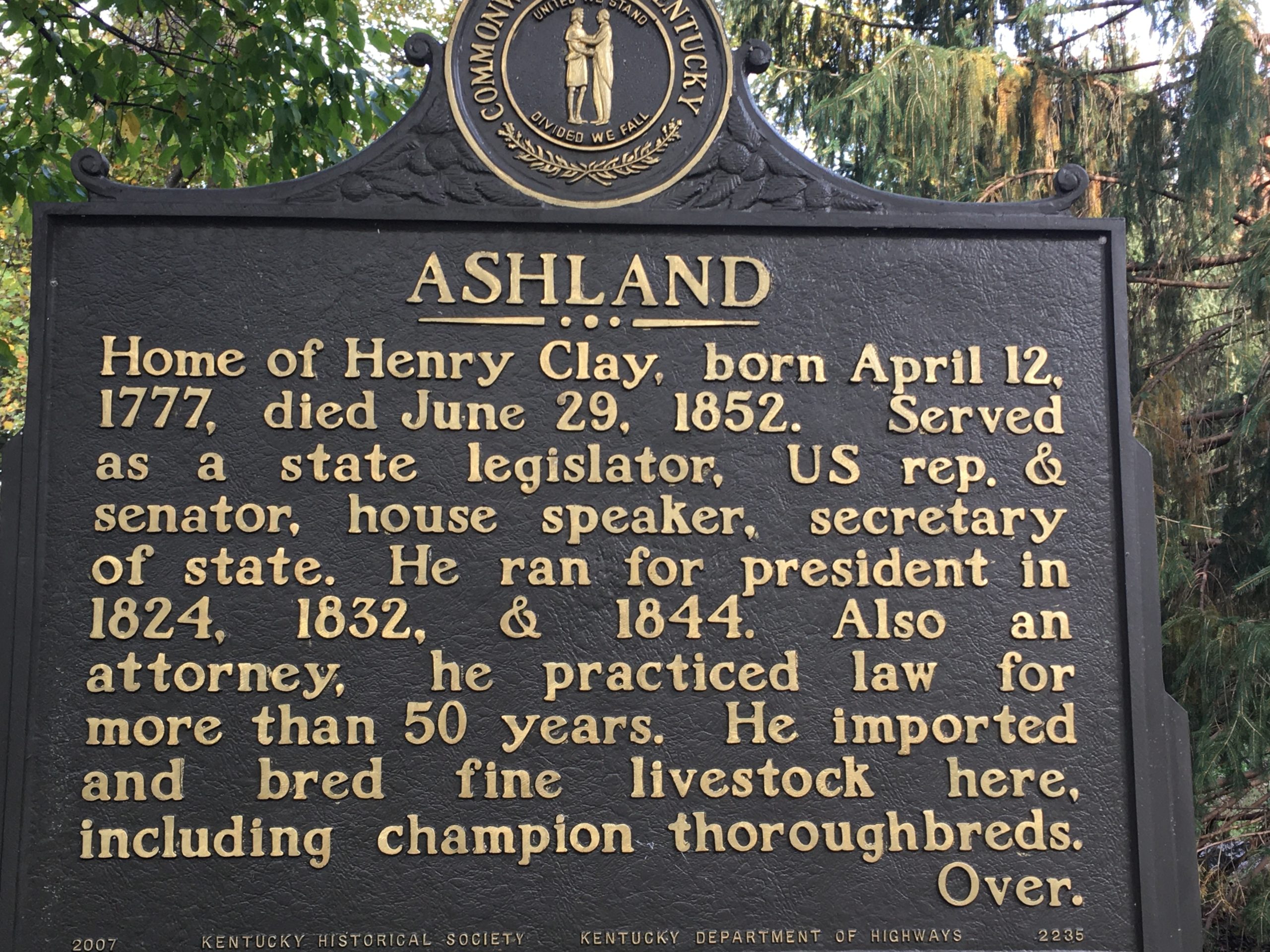
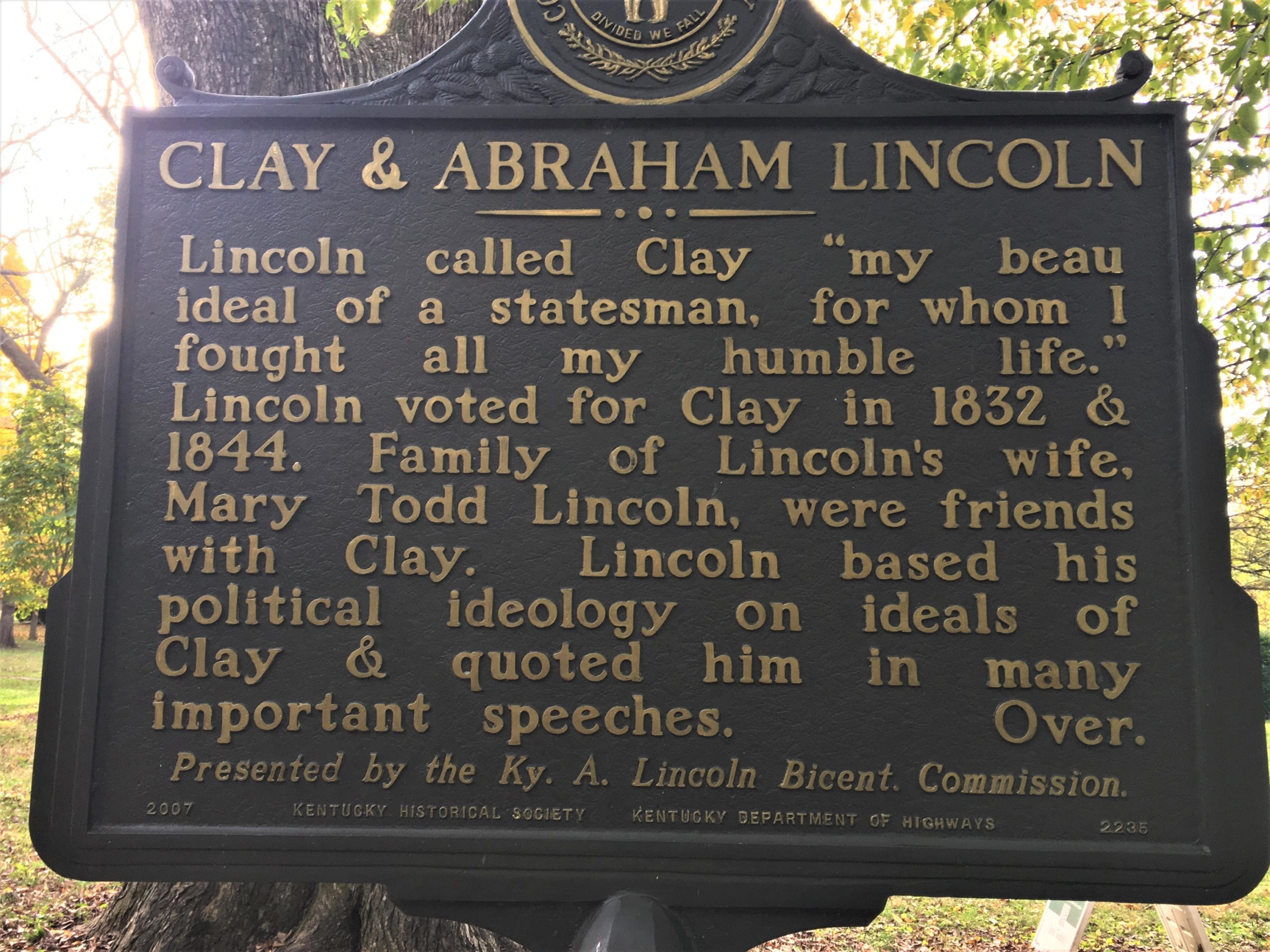
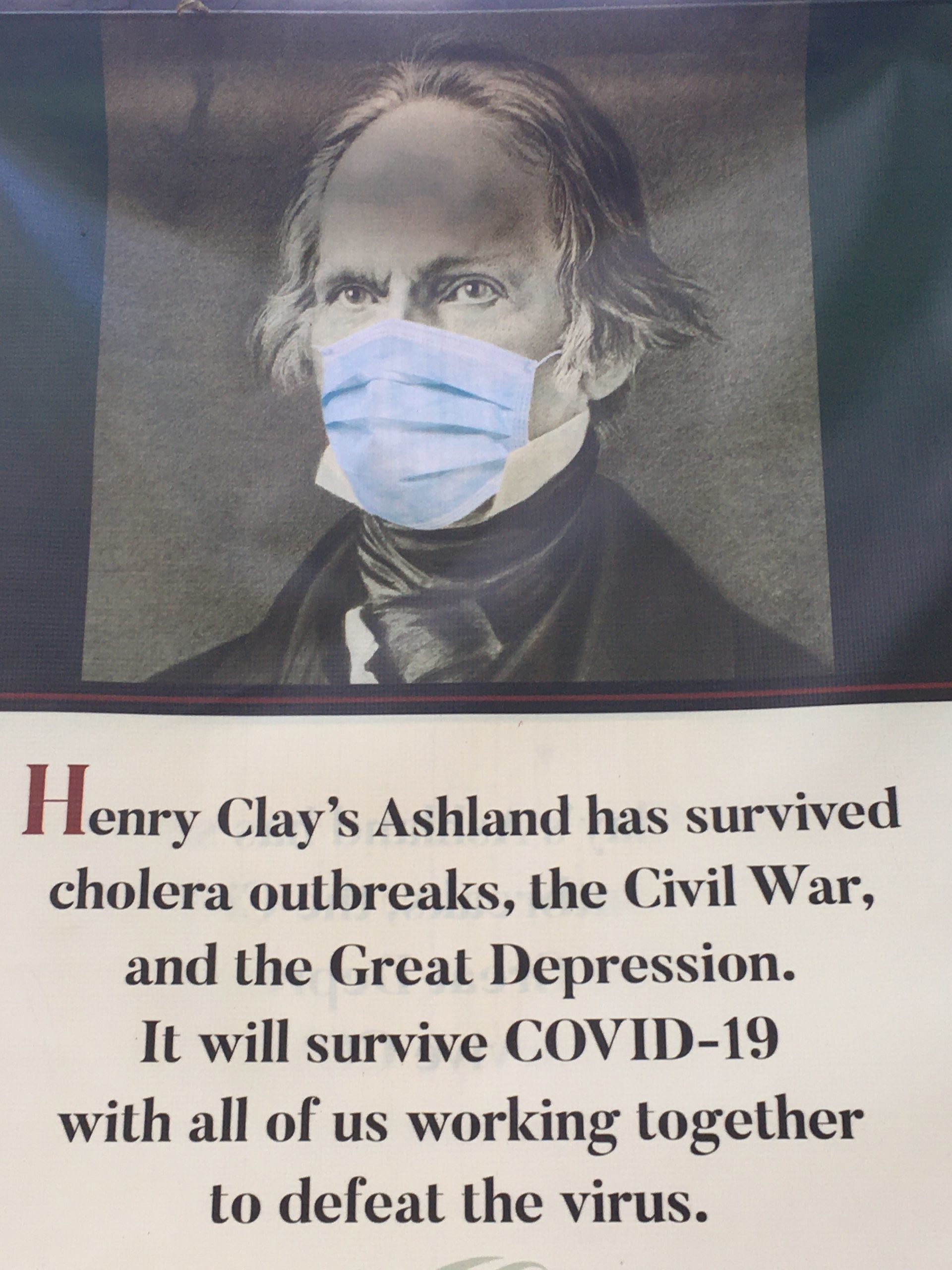
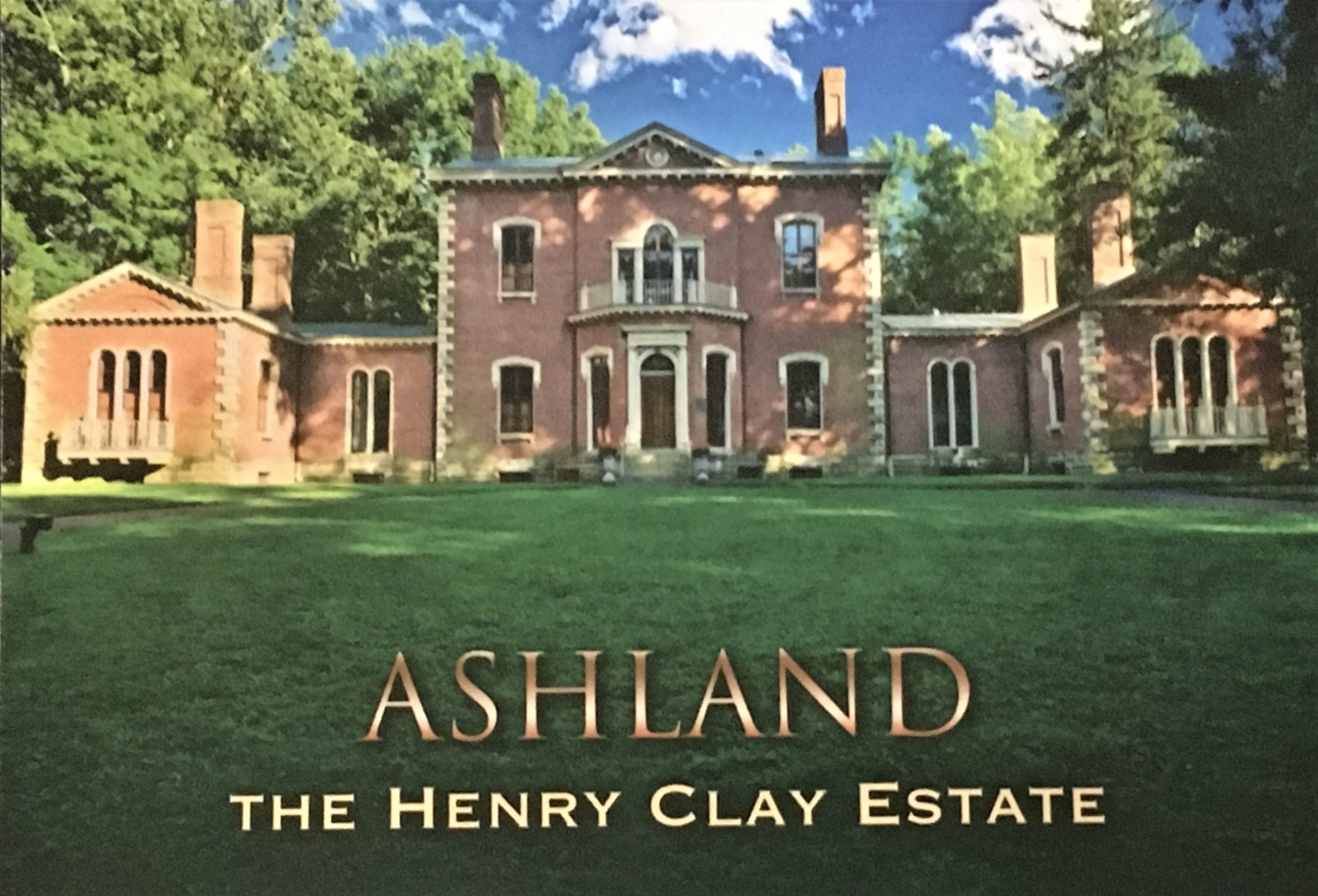
we had to buy a postcard in the gift shop. : )
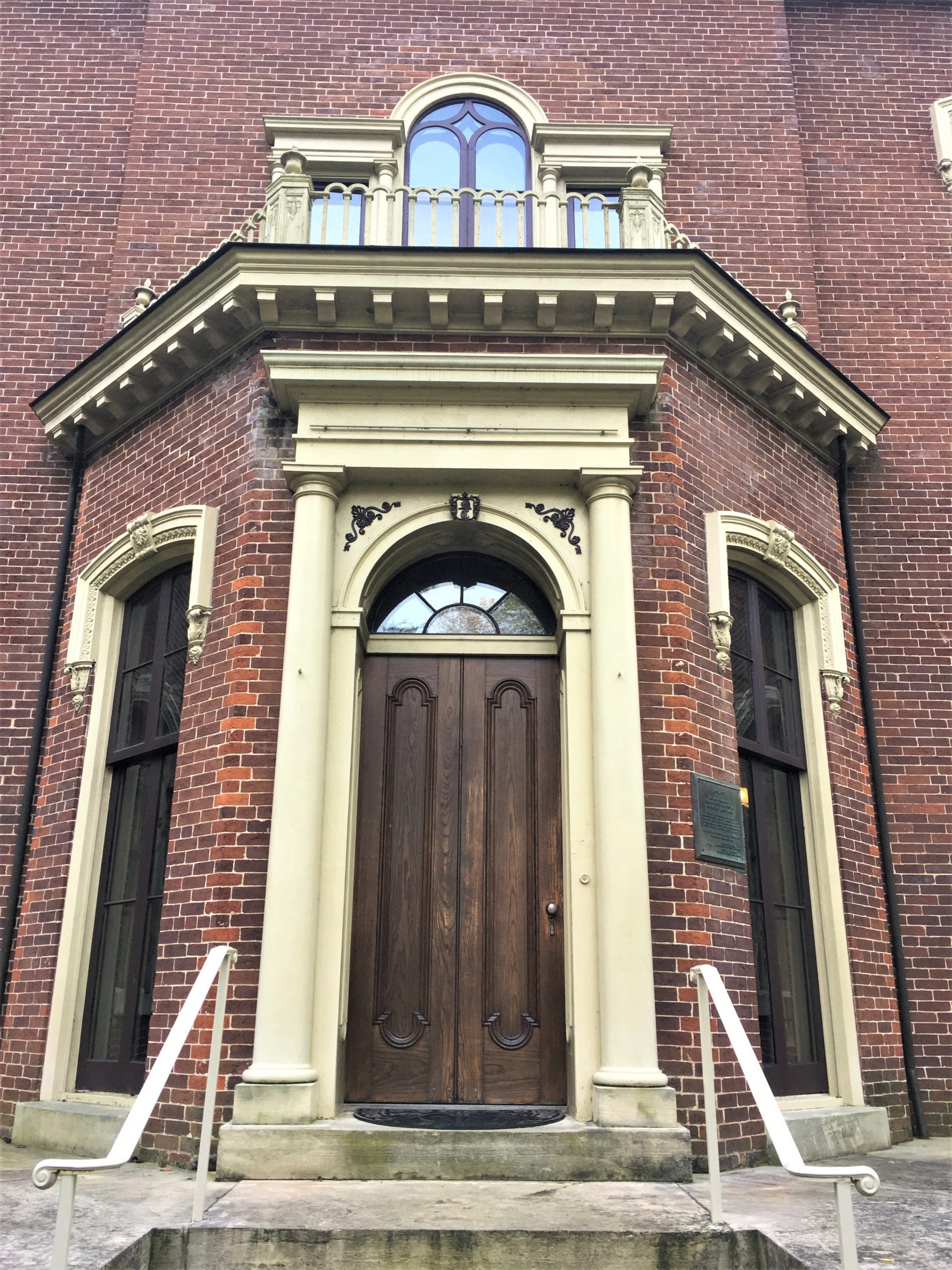
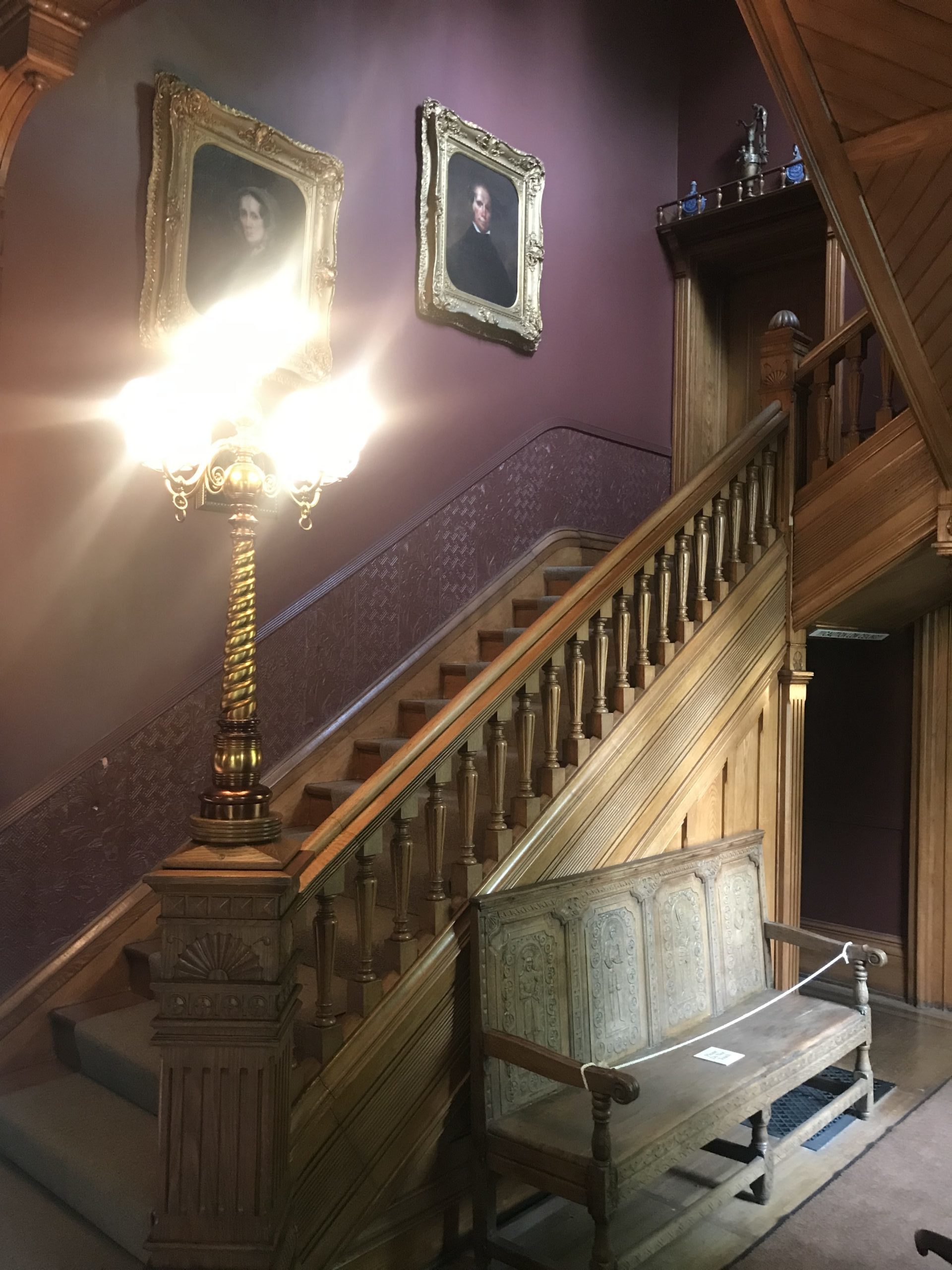
Much of what was in the house was original from the Clay Family.
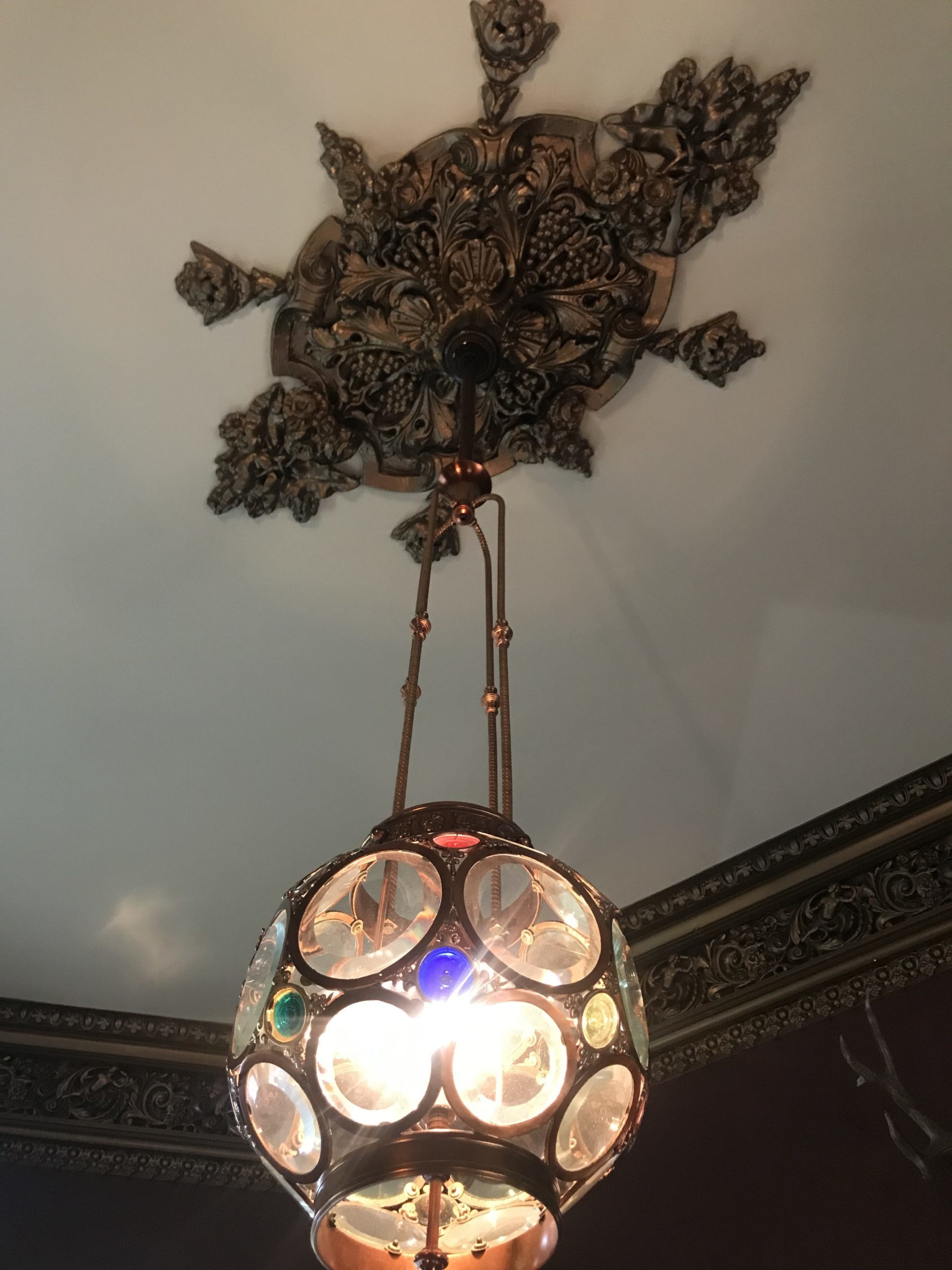
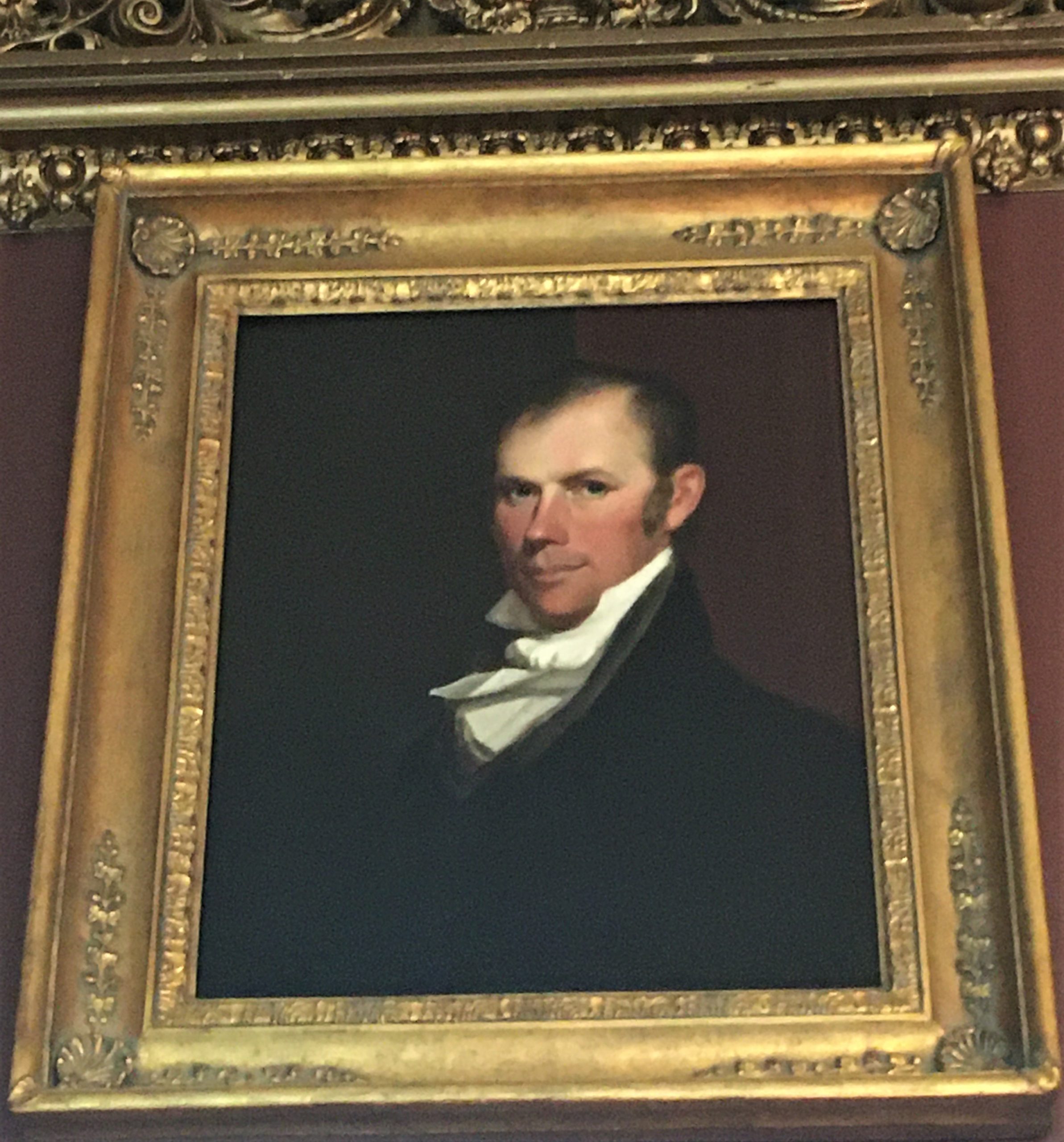
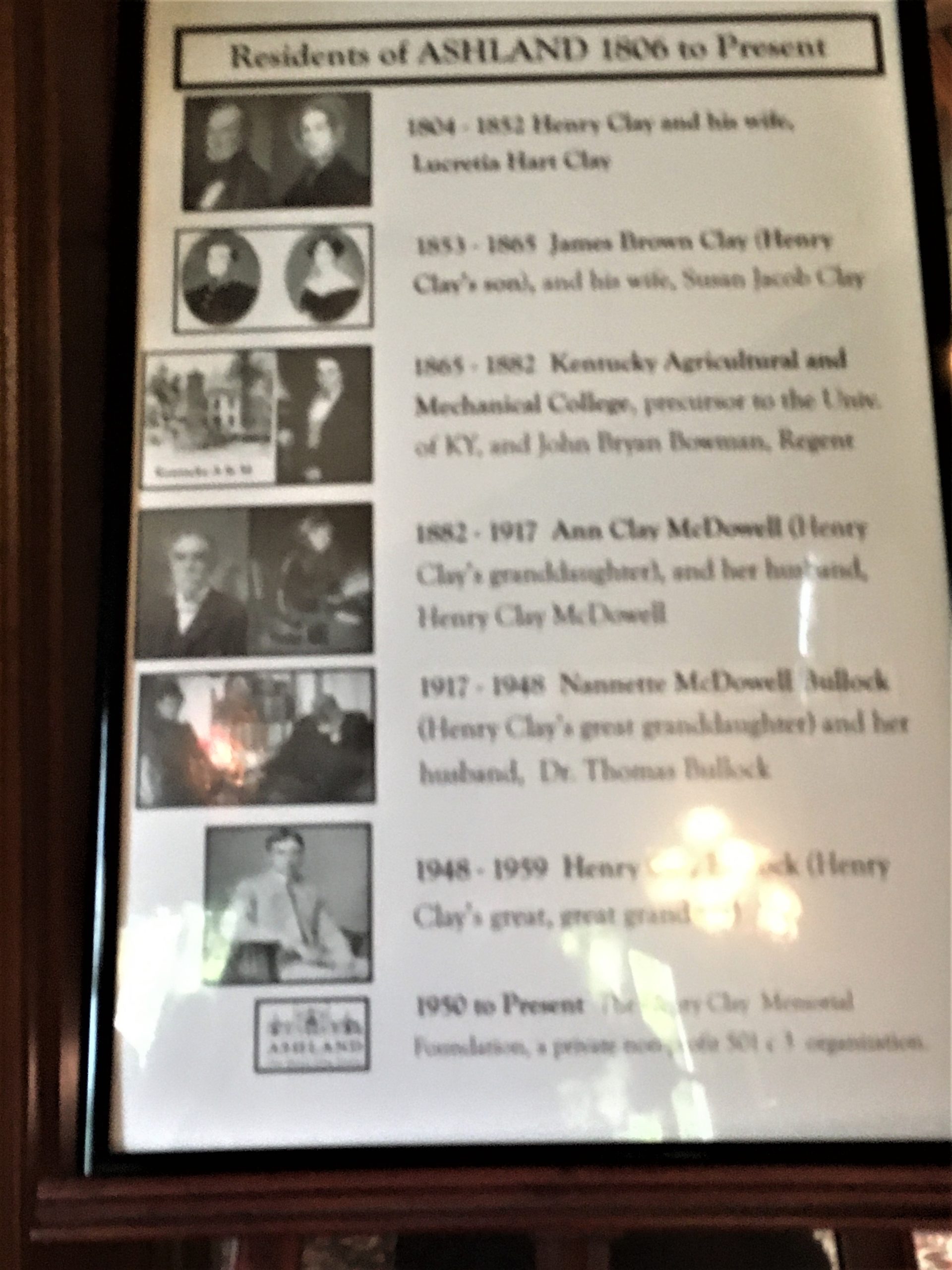
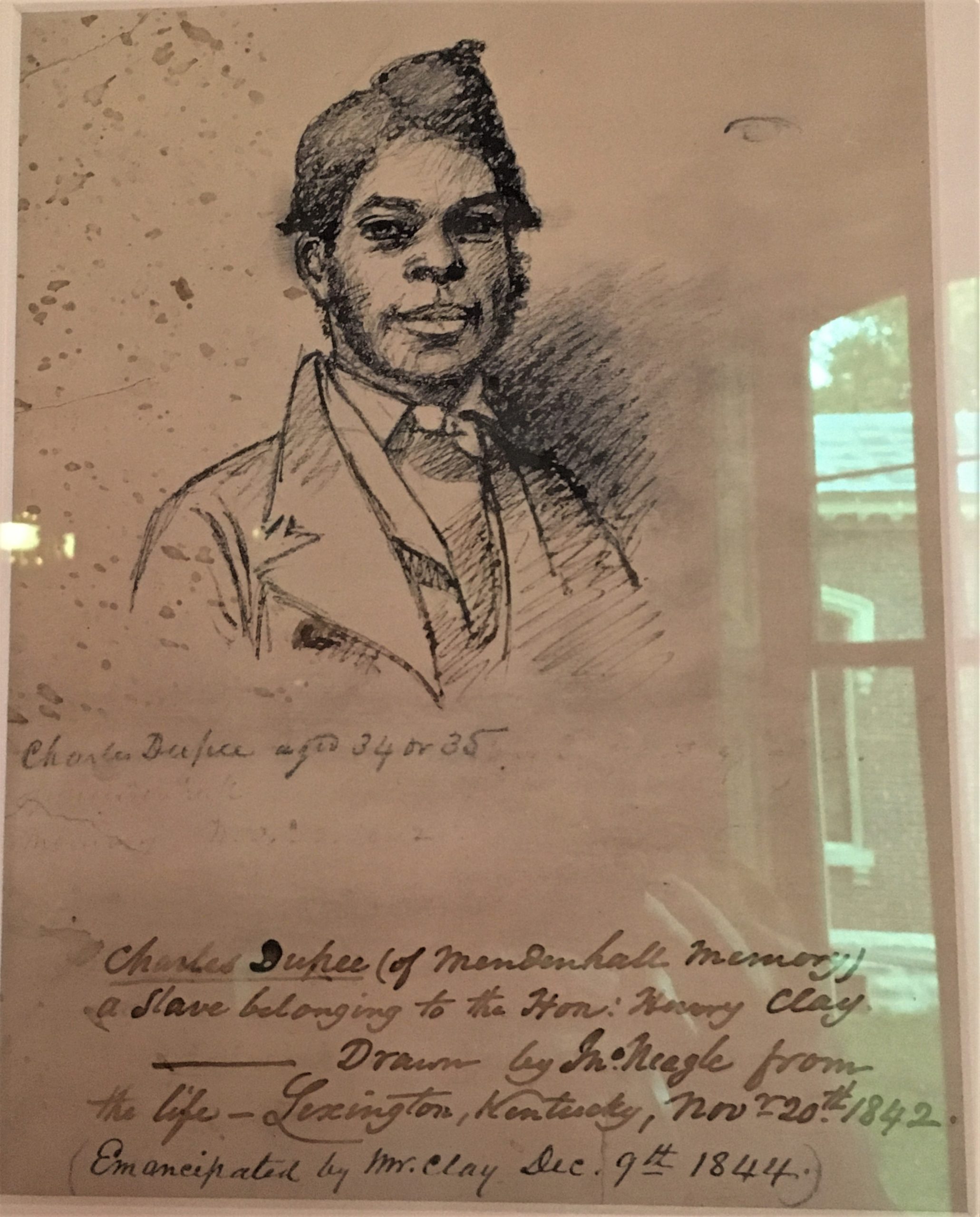
There was also information about his family, which will come up later.
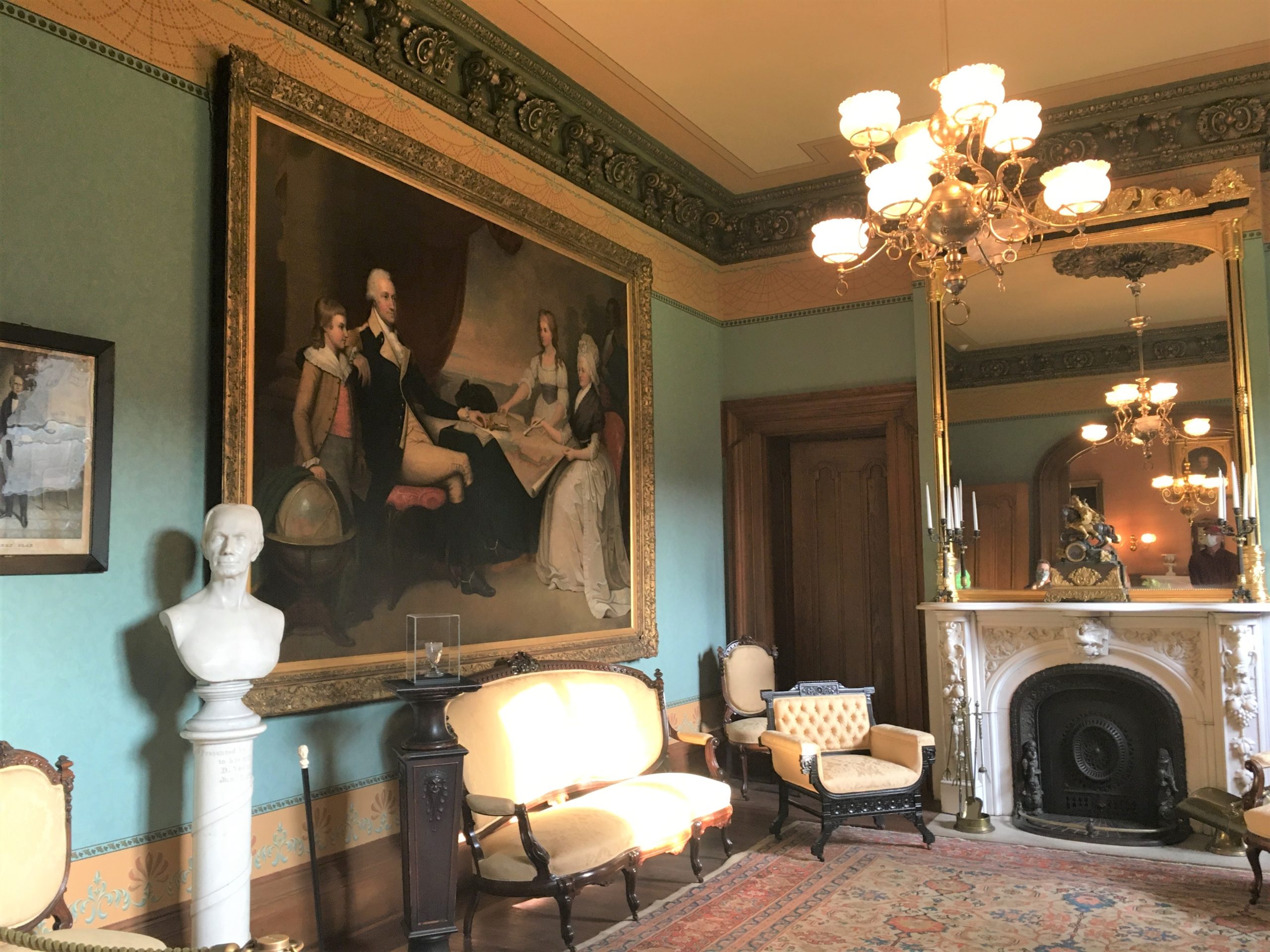
I’m glad no one gave me a gift that size!
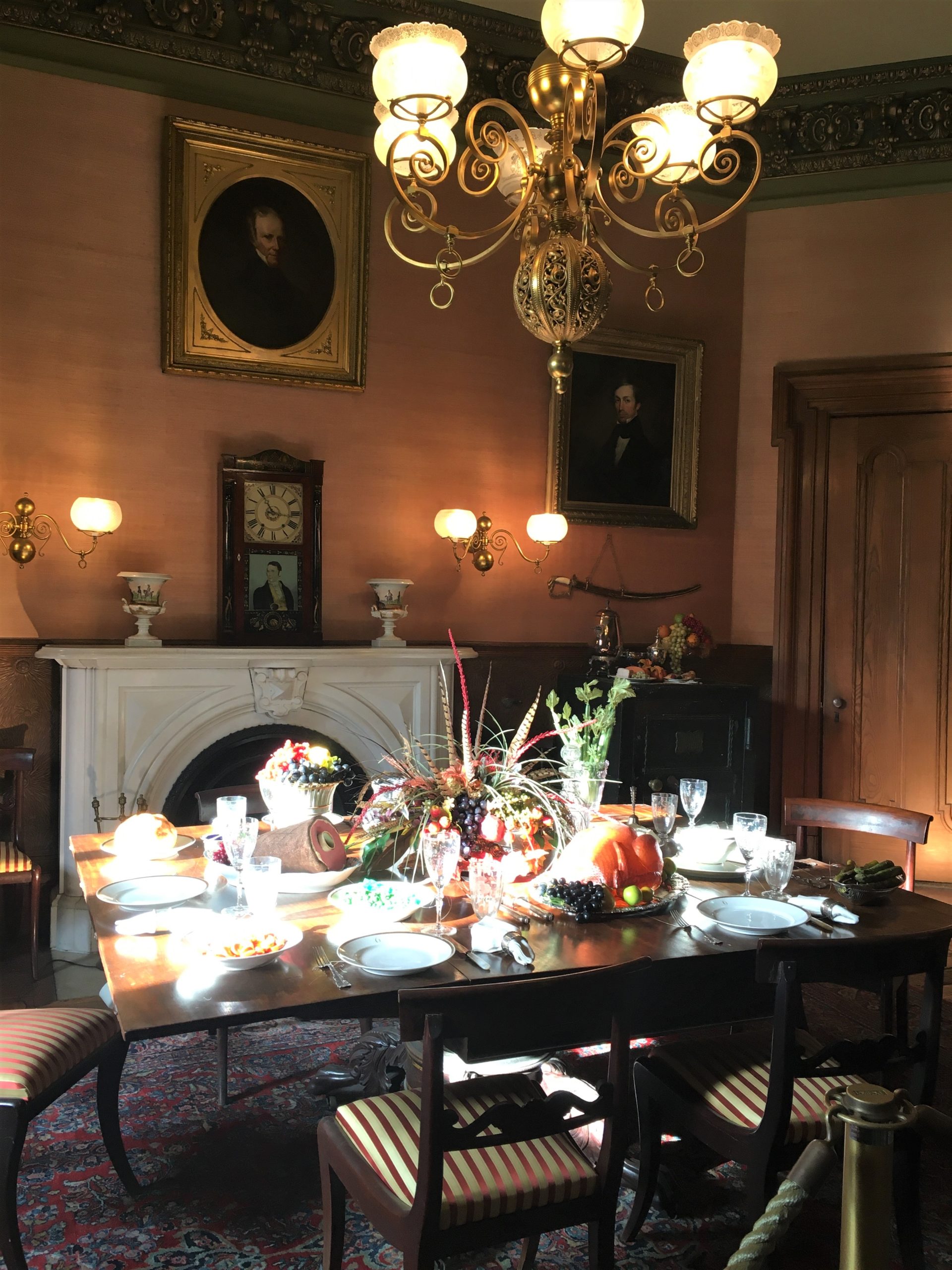
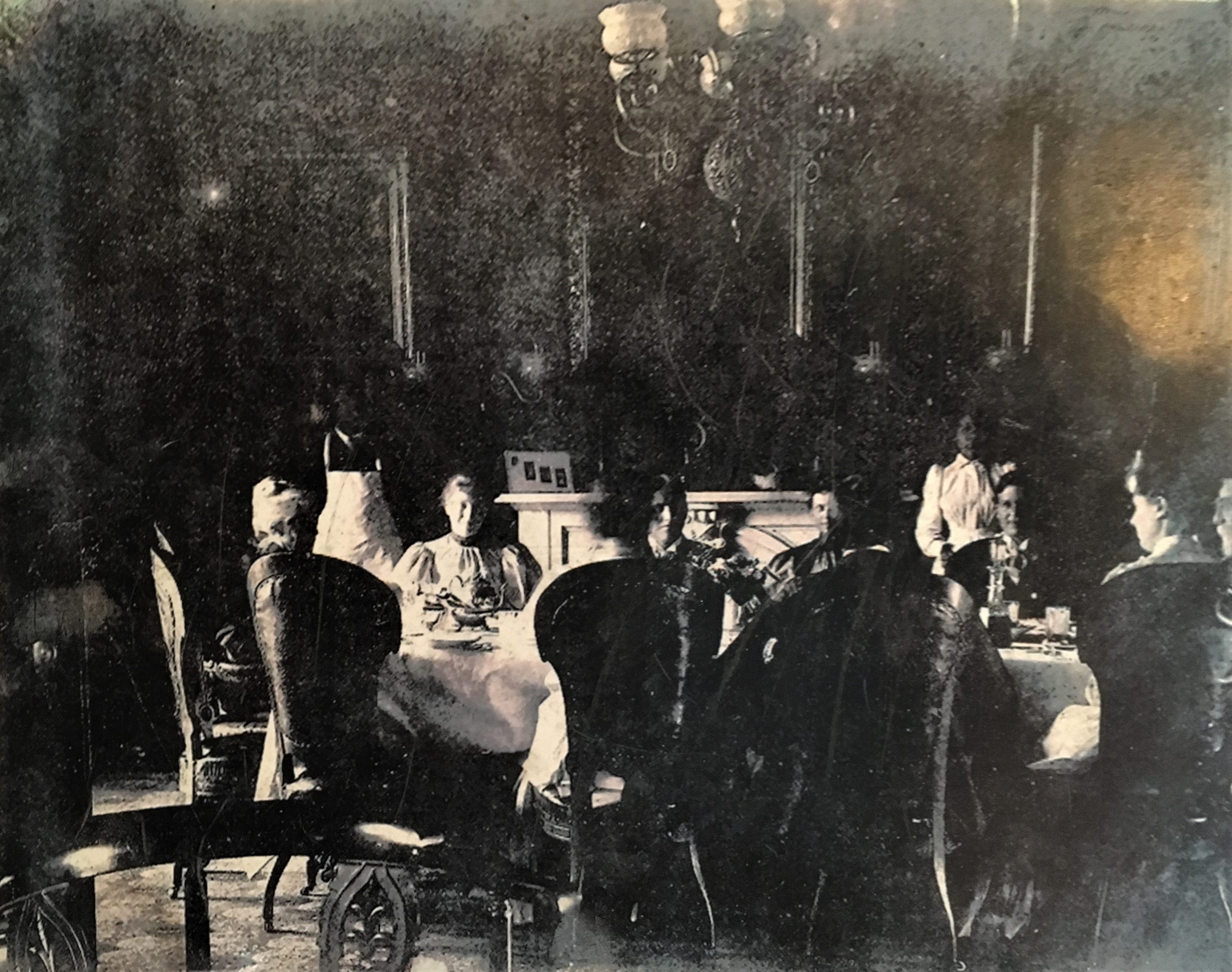
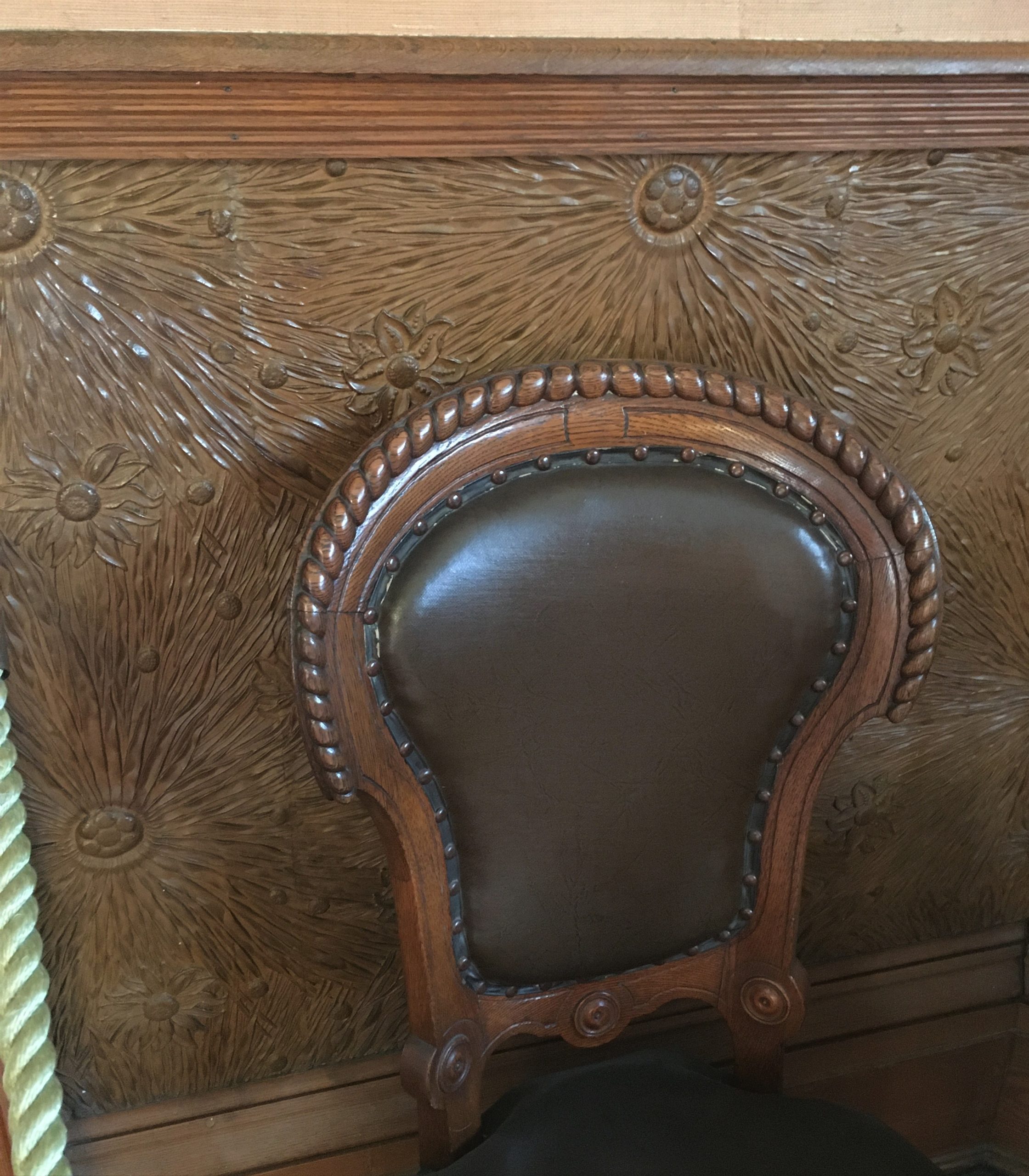
I forget what else they put in it, but it looked like molded leather.
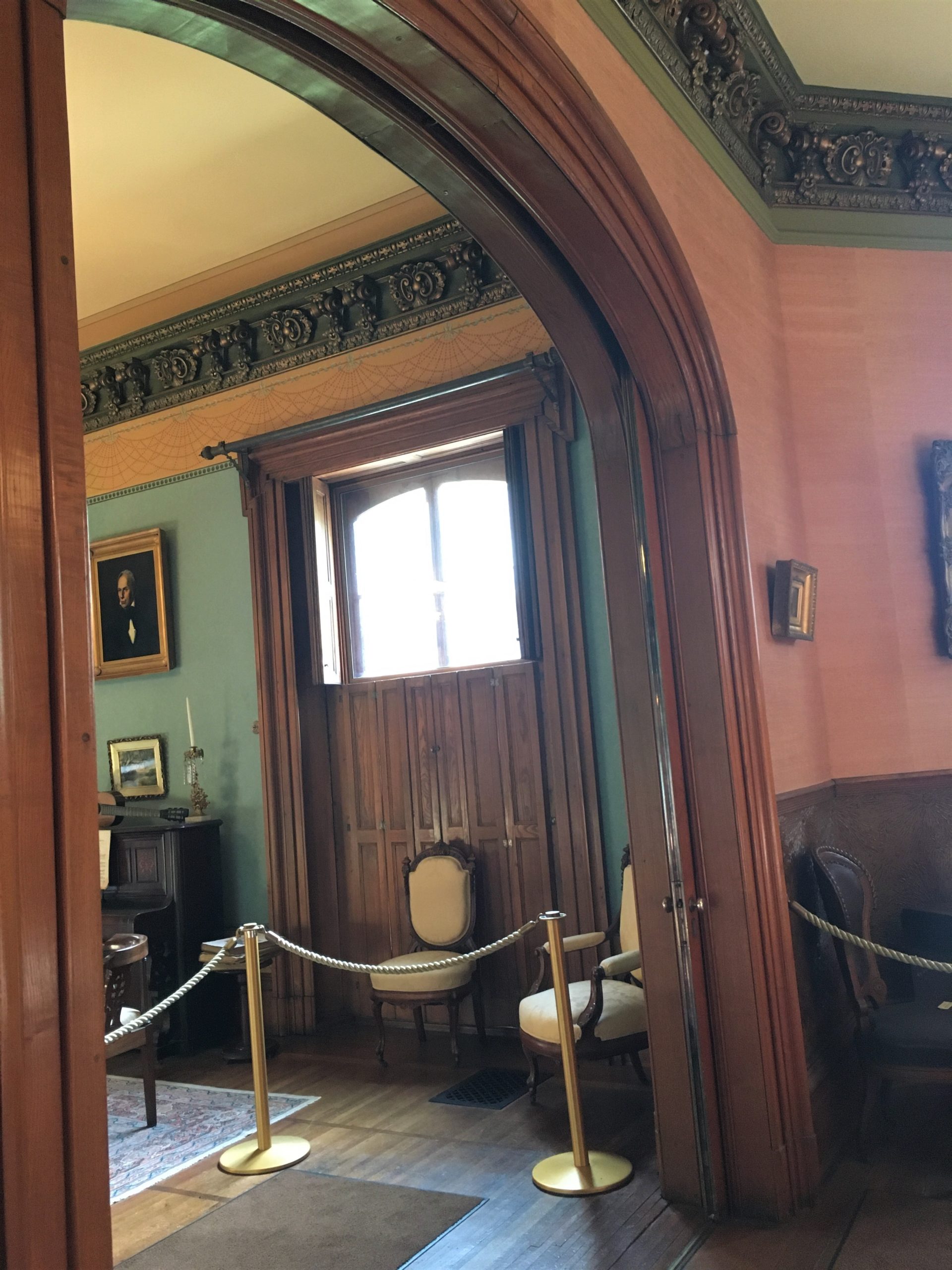
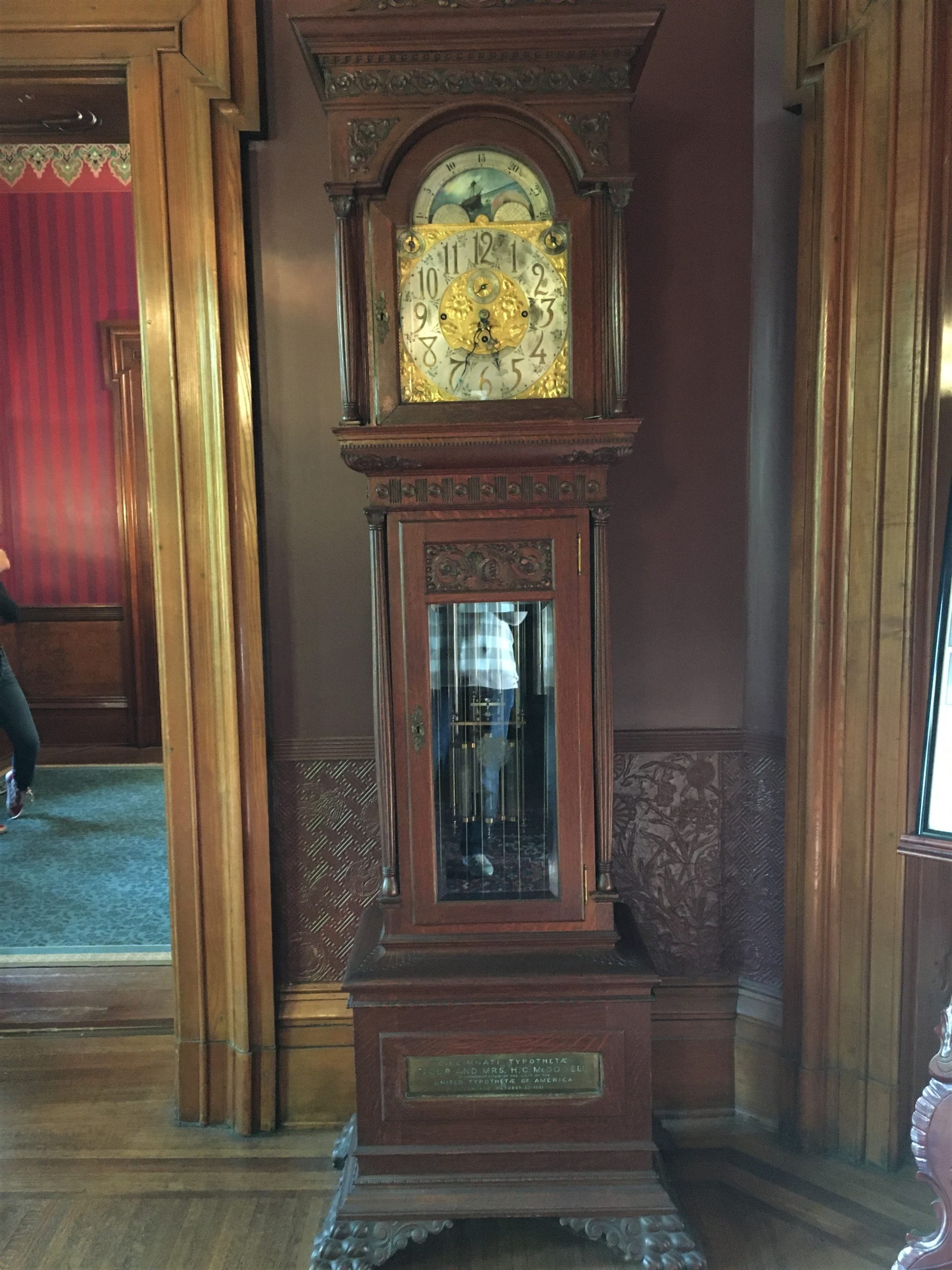
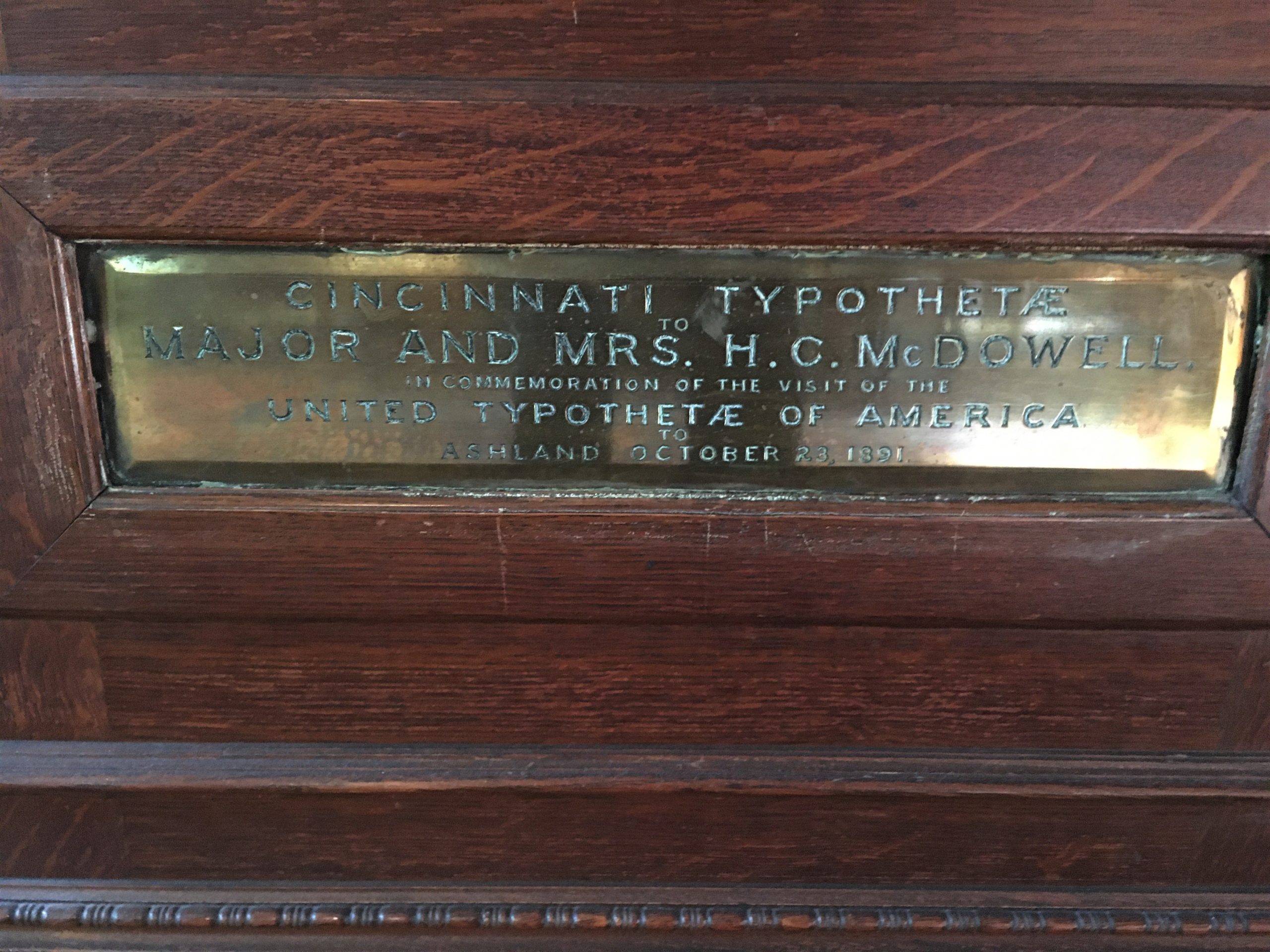
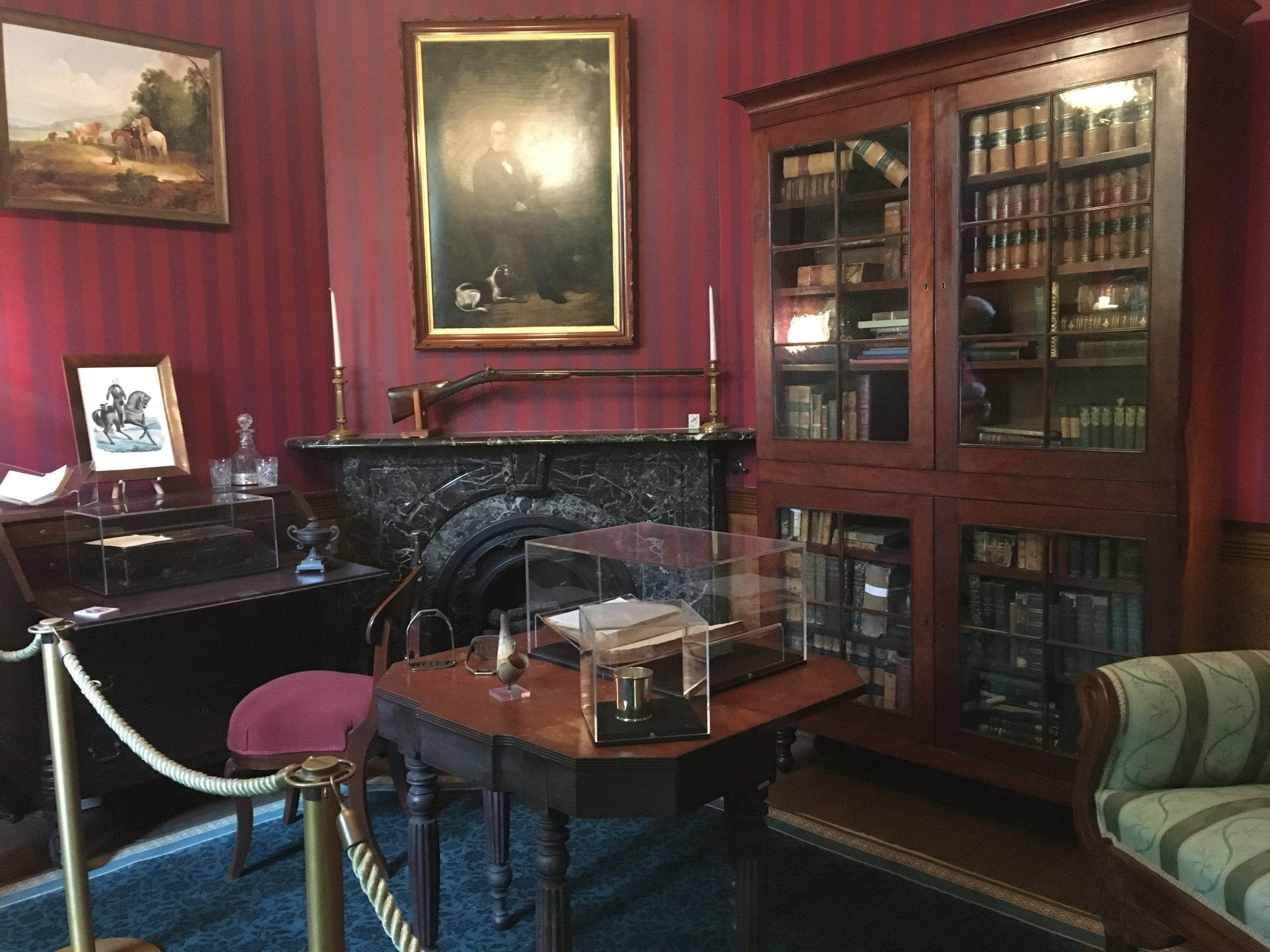
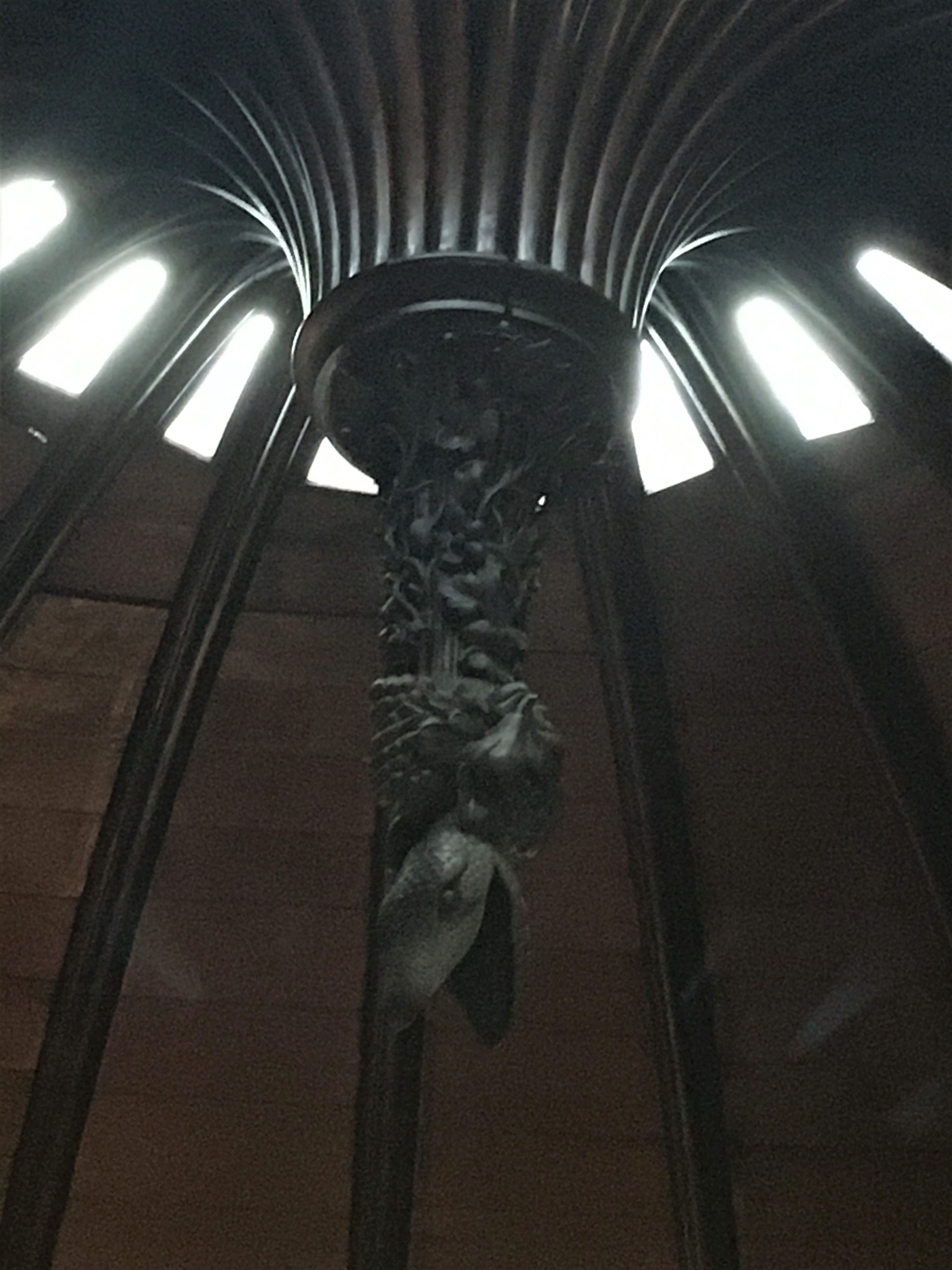
Kinda weird to us, but it was taken from scripture –
Jesus said to be wise as serpents, so the library’s a good spot for it. : )
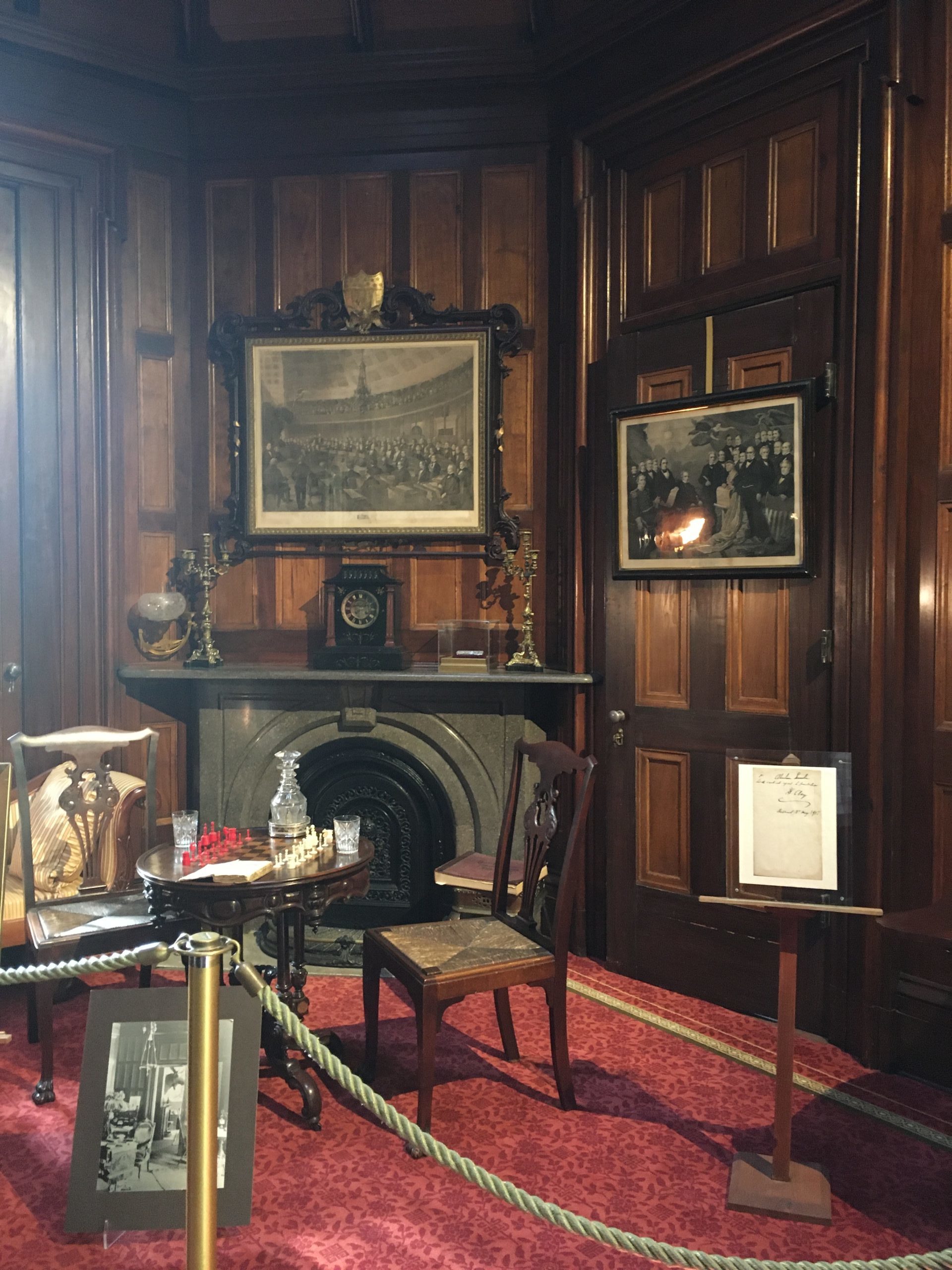
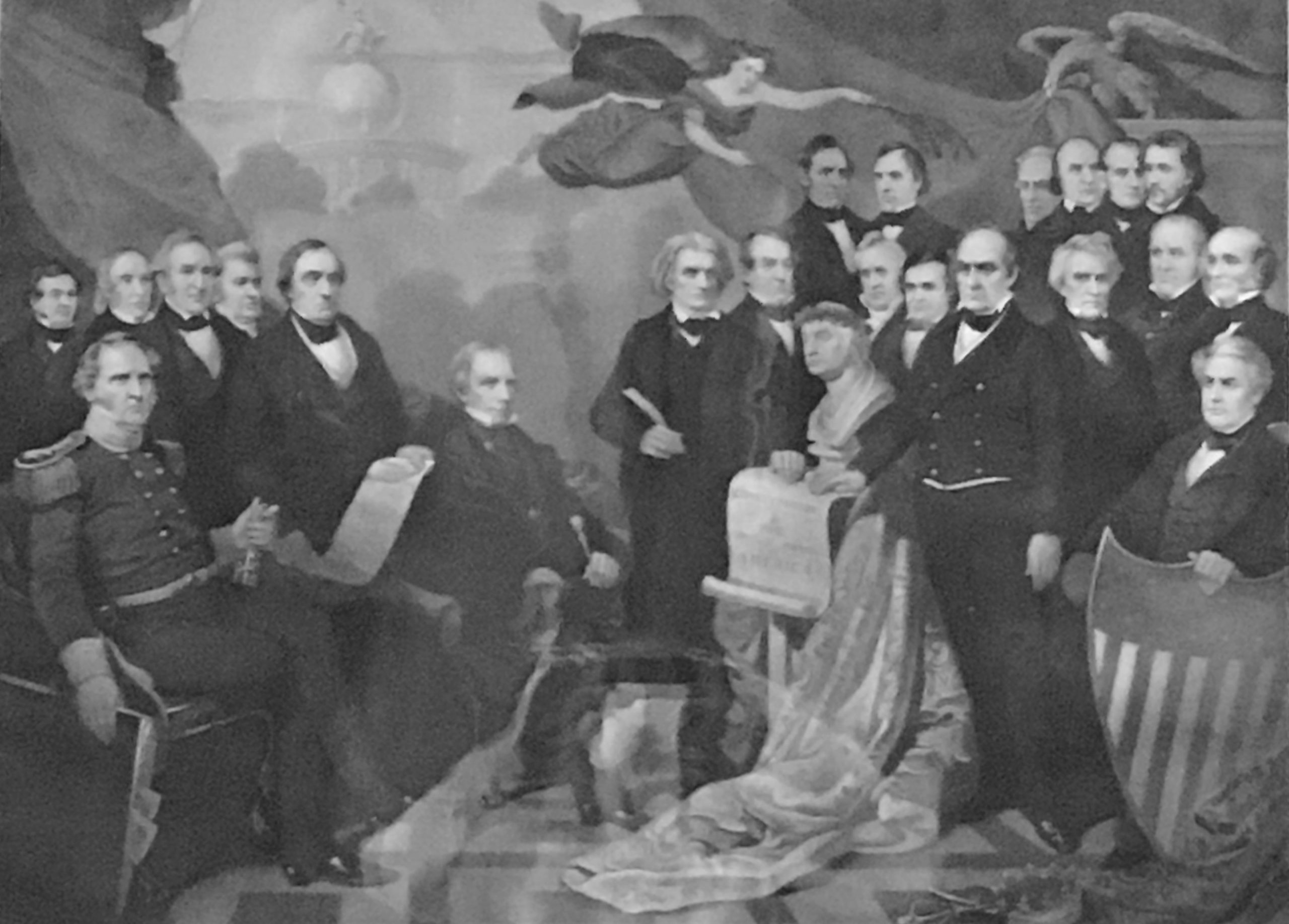
Ok. Here’s an opportunity to check your powers of observation 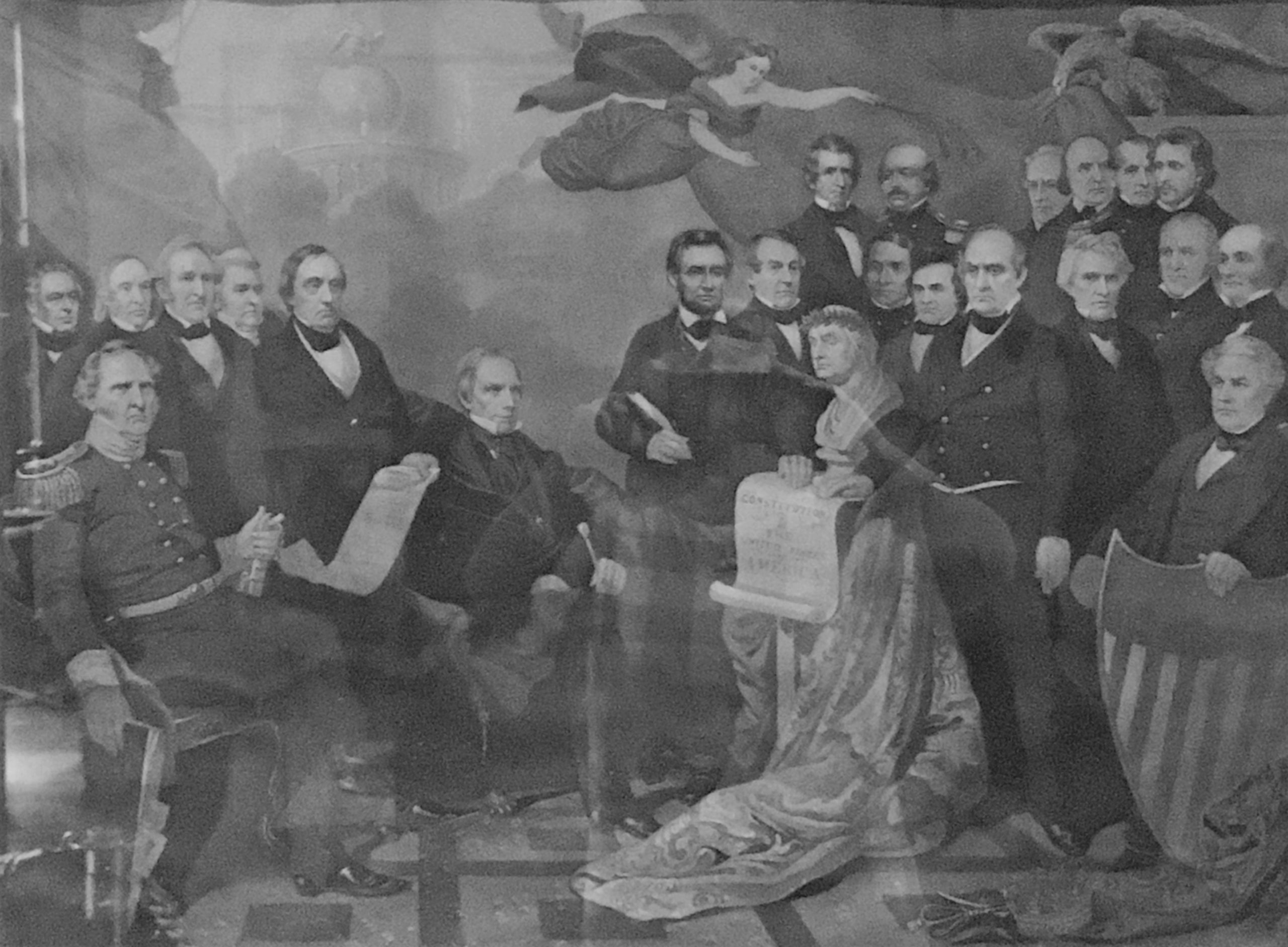
Can you spot the difference?
When the picture was re-printed, they removed the guy’s head (I forget who she said it was, but someone who fell out of favor) and put on Lincoln’s instead. : )
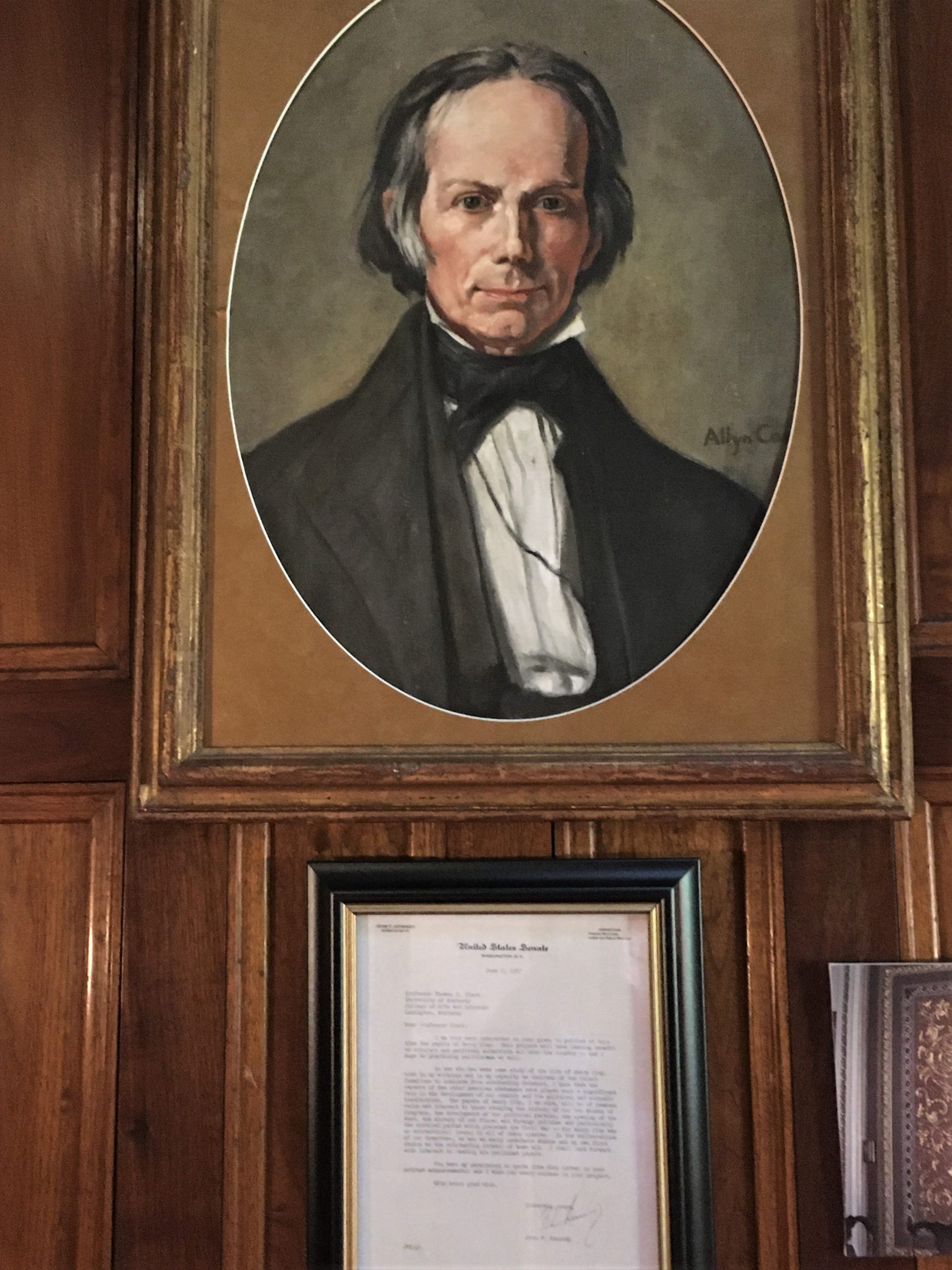
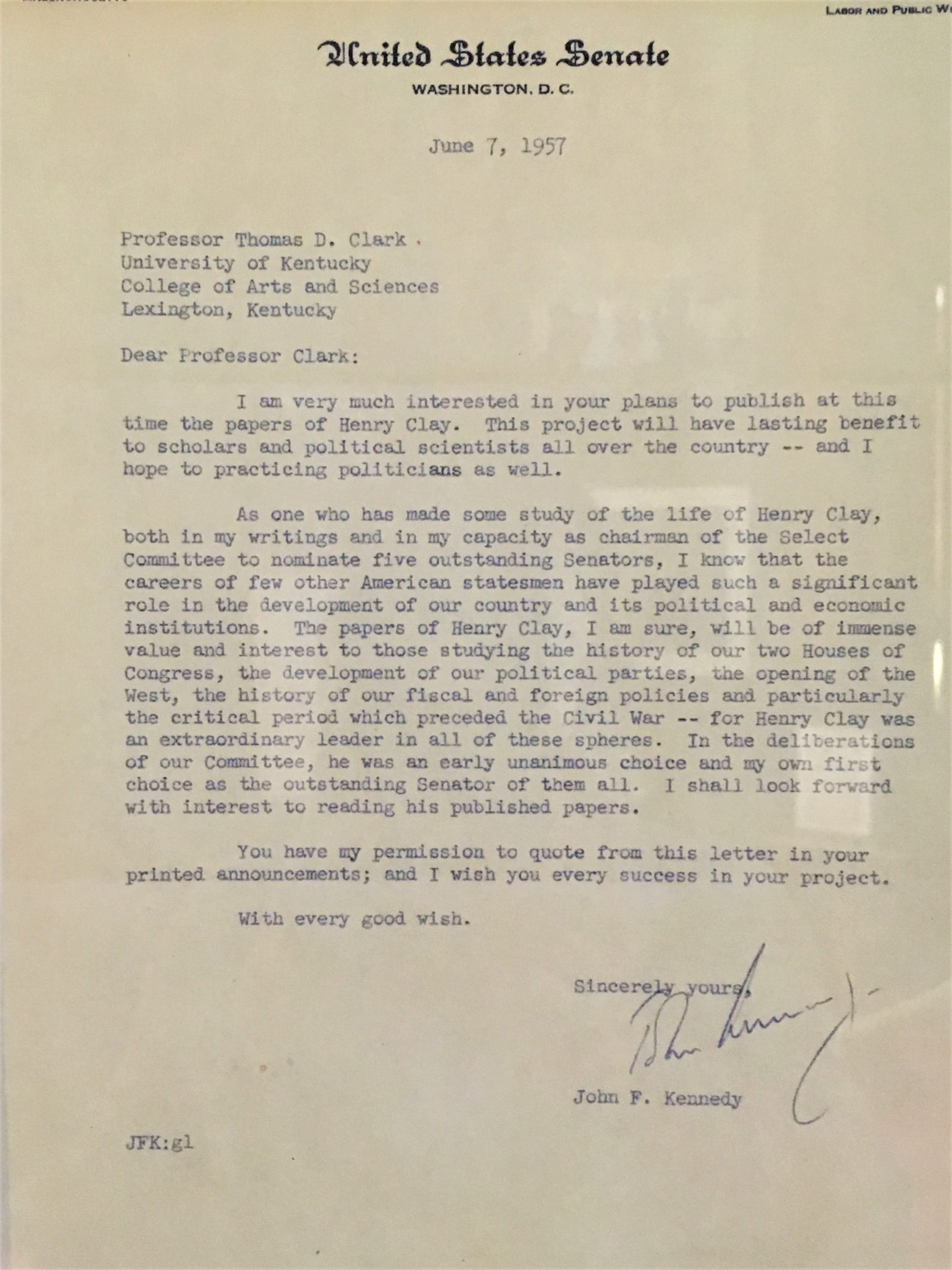
and yet all we knew about him was a recognition of his name! How sad!
The five senators chosen to enter the senatorial “hall of fame” in 1959 were
Henry Clay (KY), John C. Calhoun(SC, Daniel Webster (MA), Robert Taft (OH), and Robert La Follette, Sr. (WI)
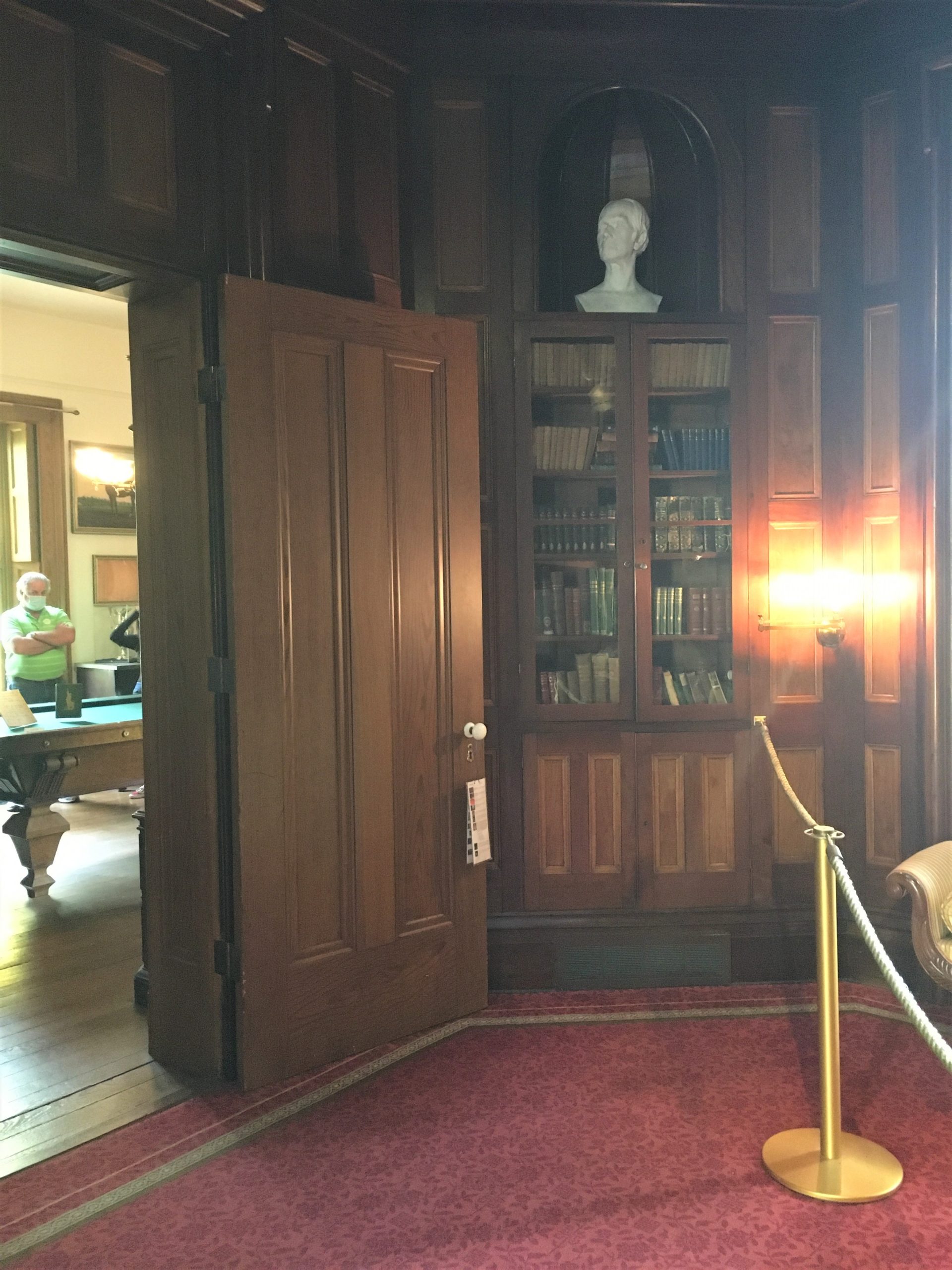
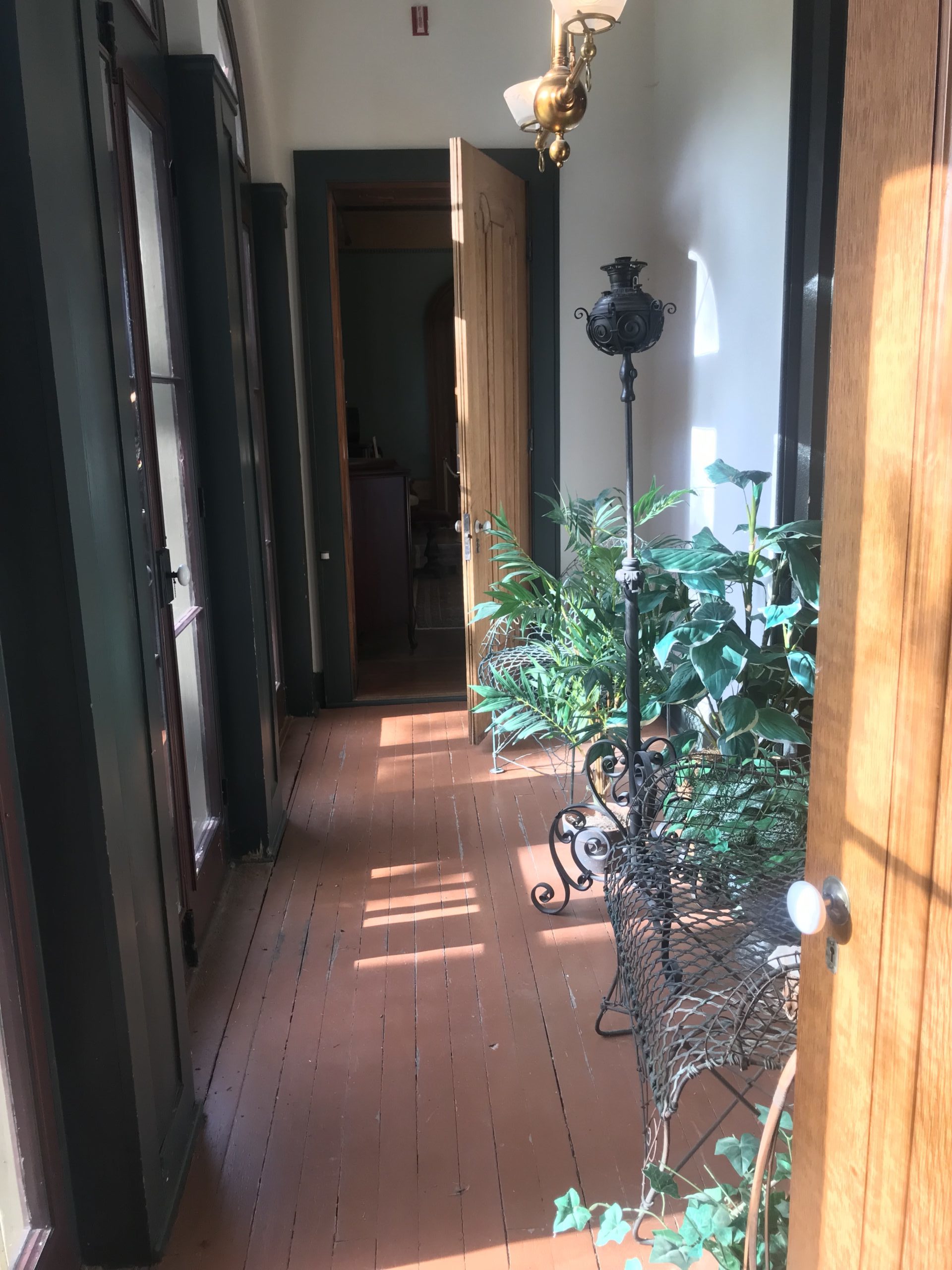
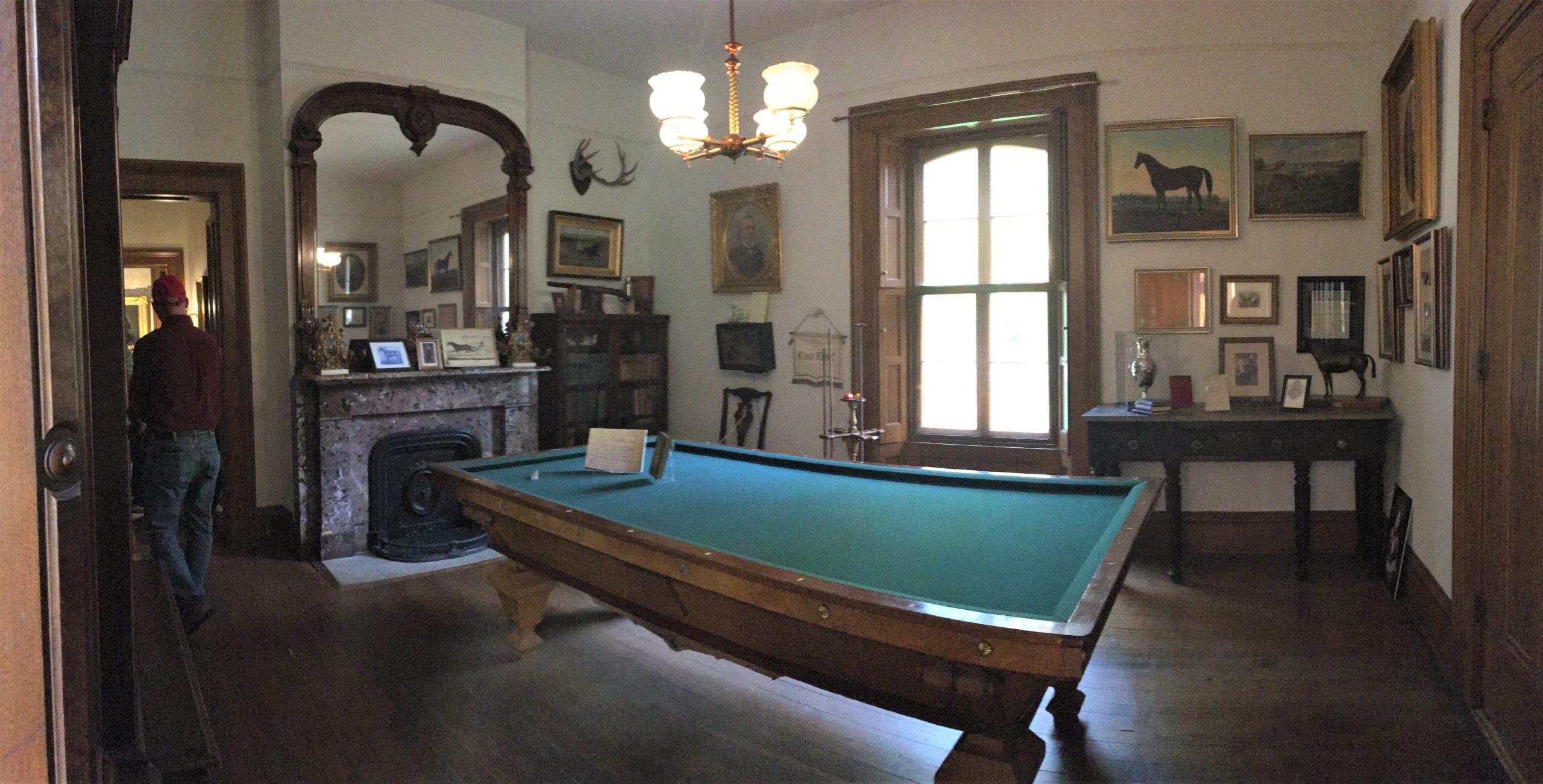
This is so they could come in without their boots tracking all throughout the house. Pretty smart!
Food was usually set up on the side board for them.
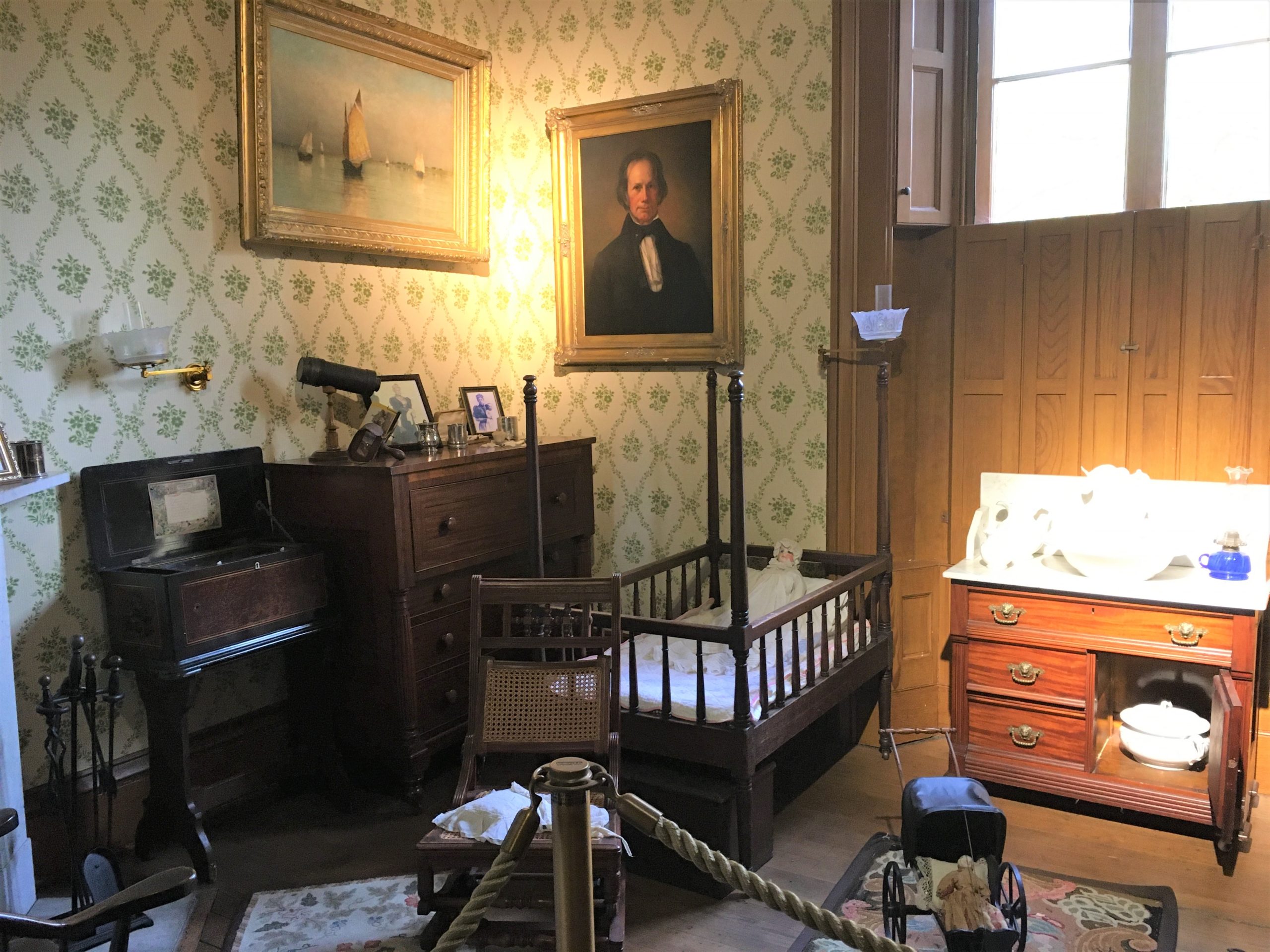
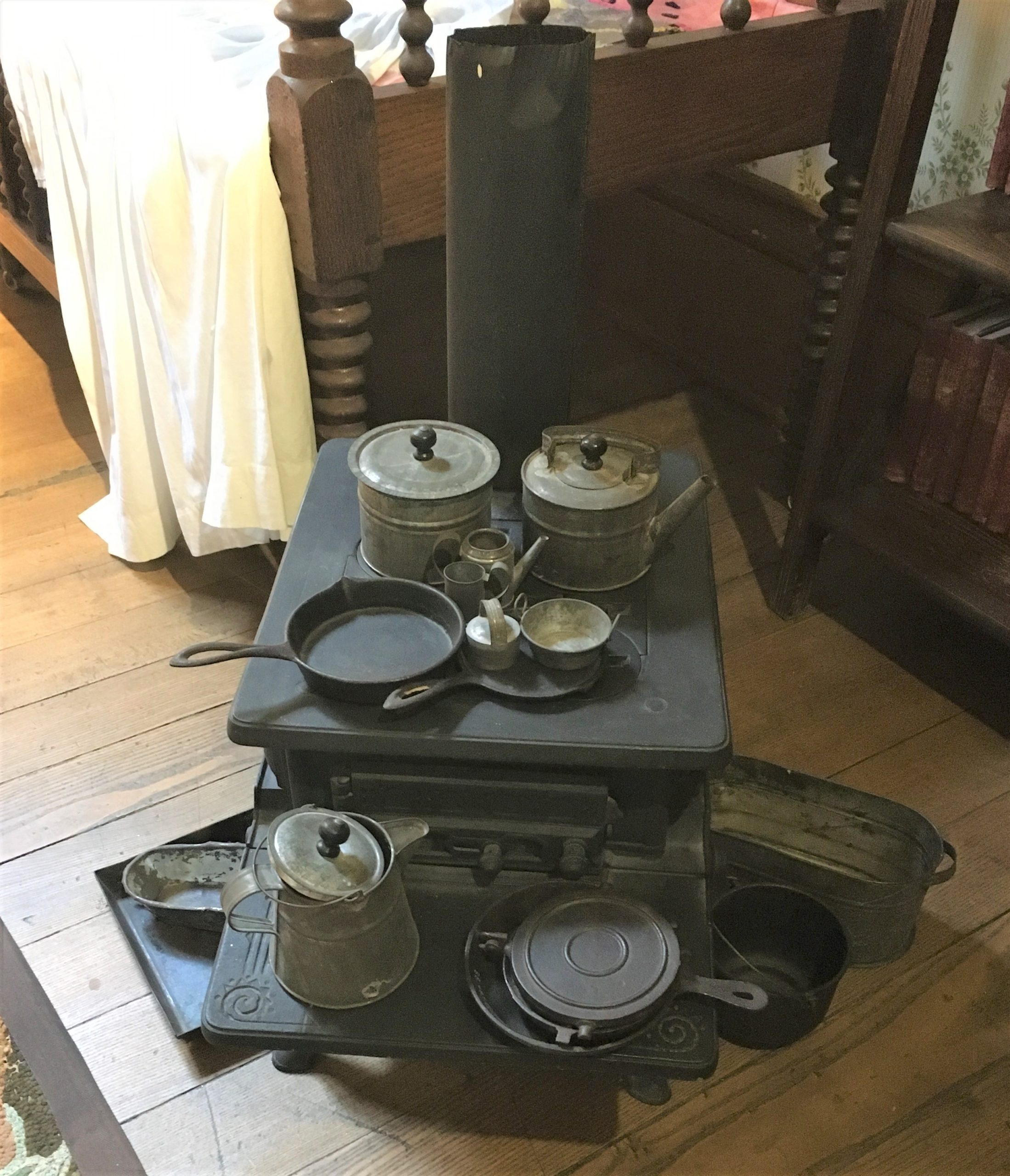
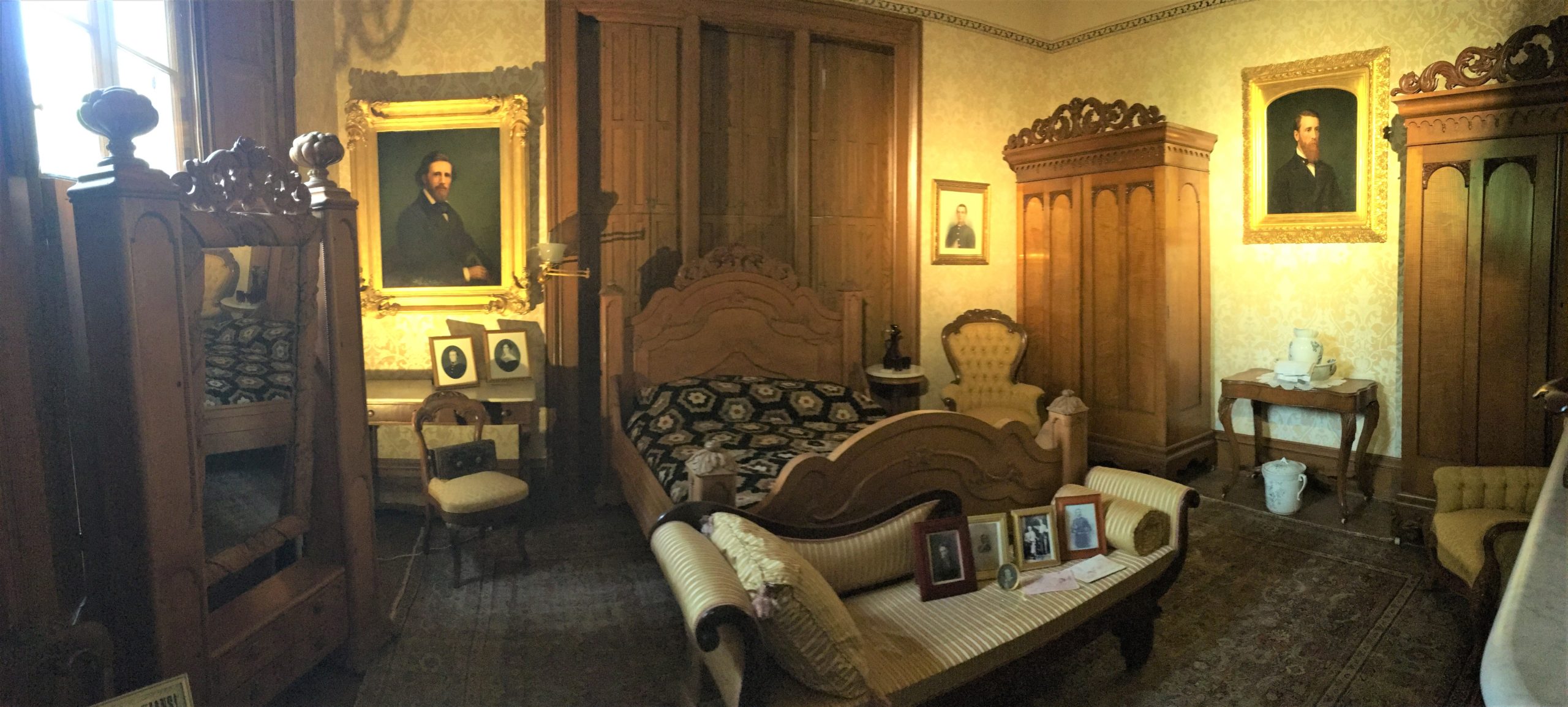
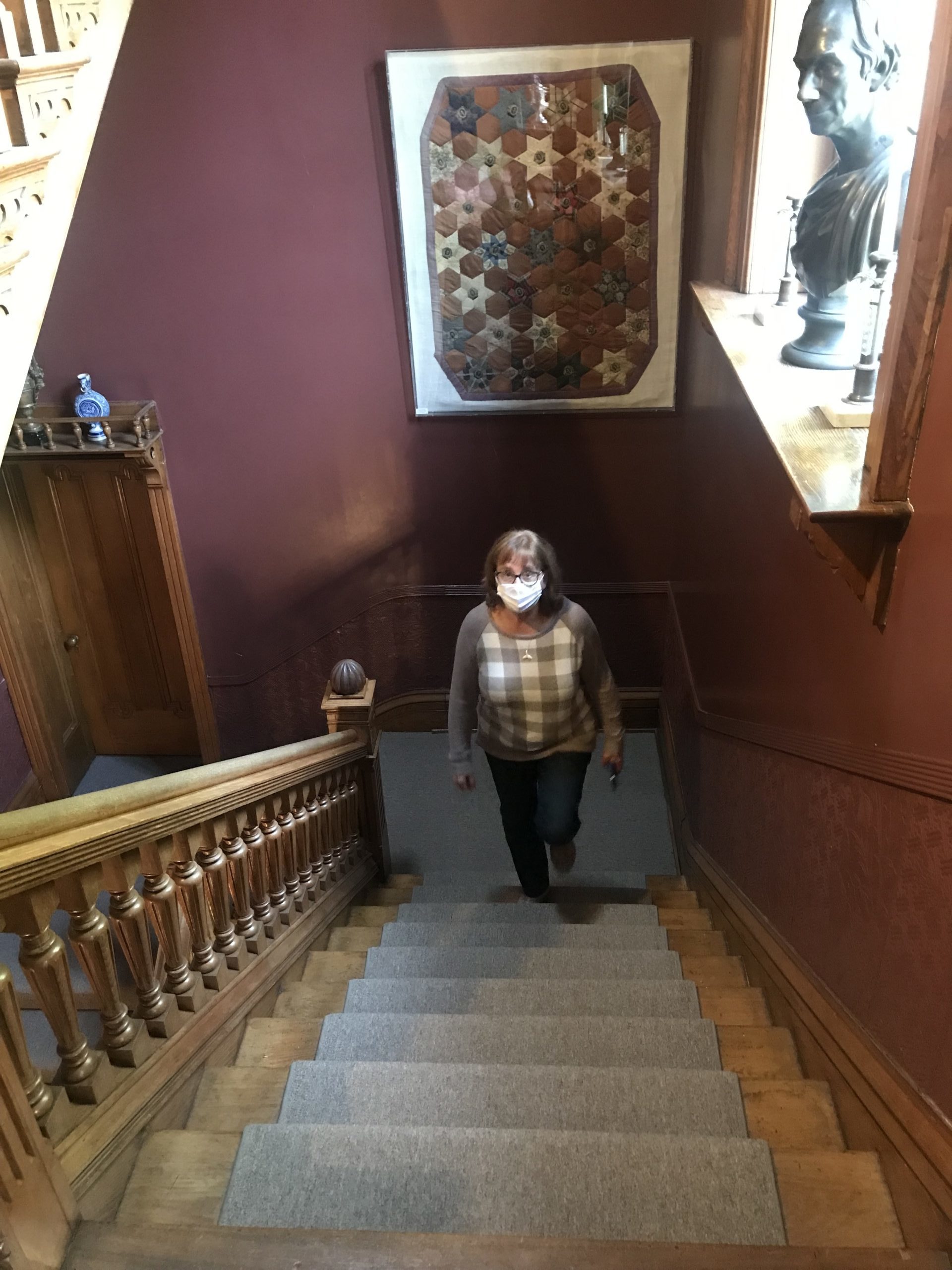
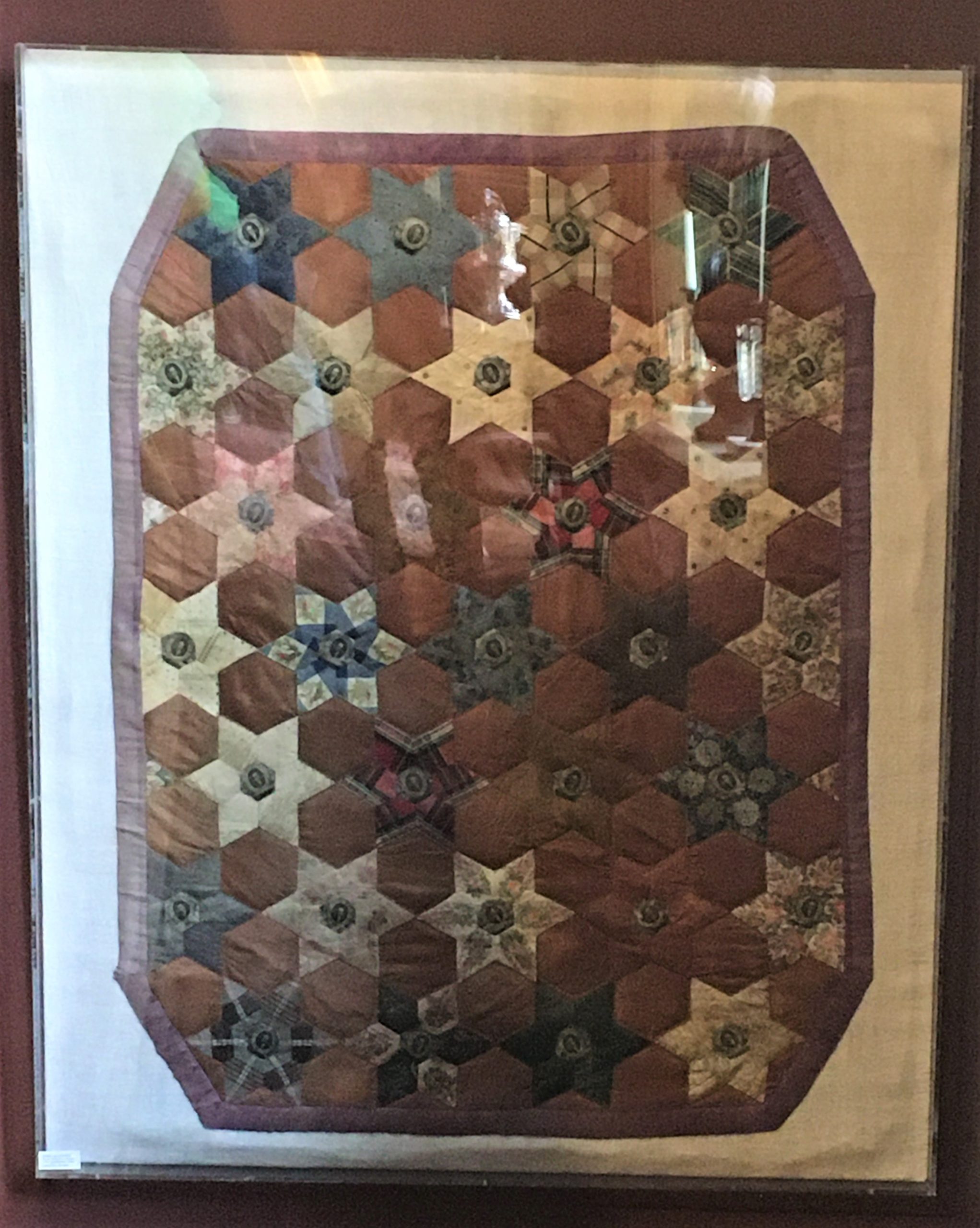
If you look close, you’ll see tiny portraits of him. Nice!
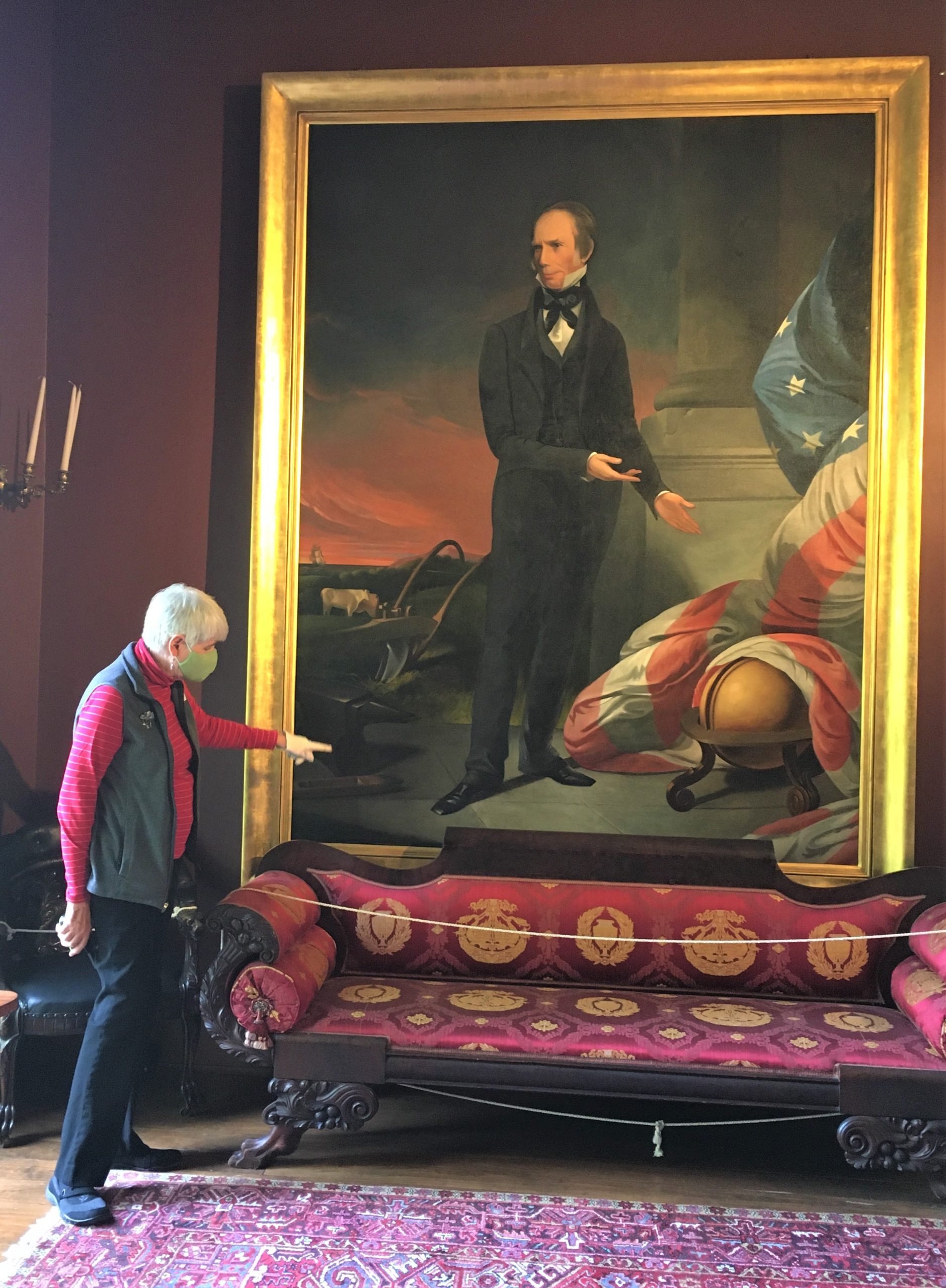
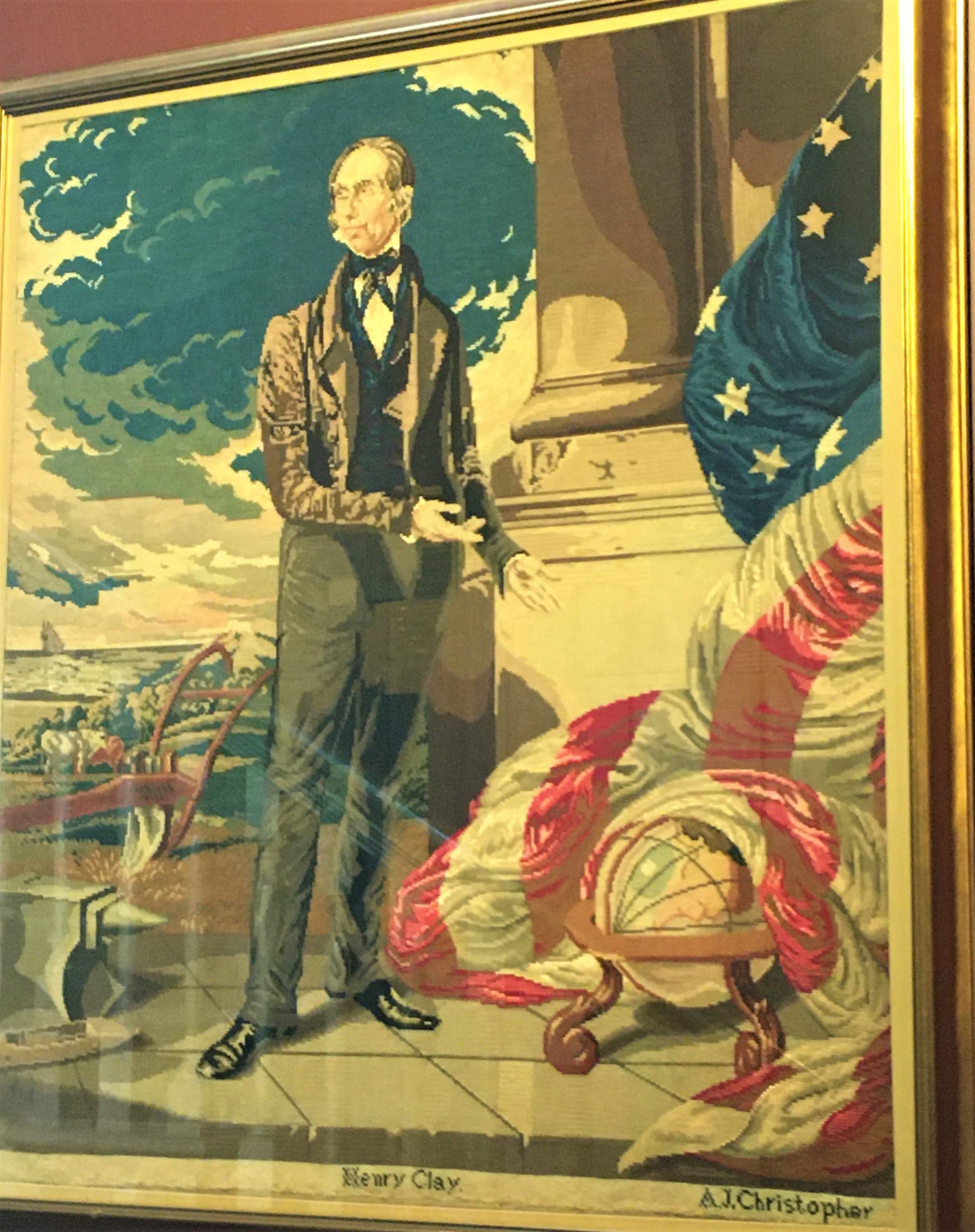
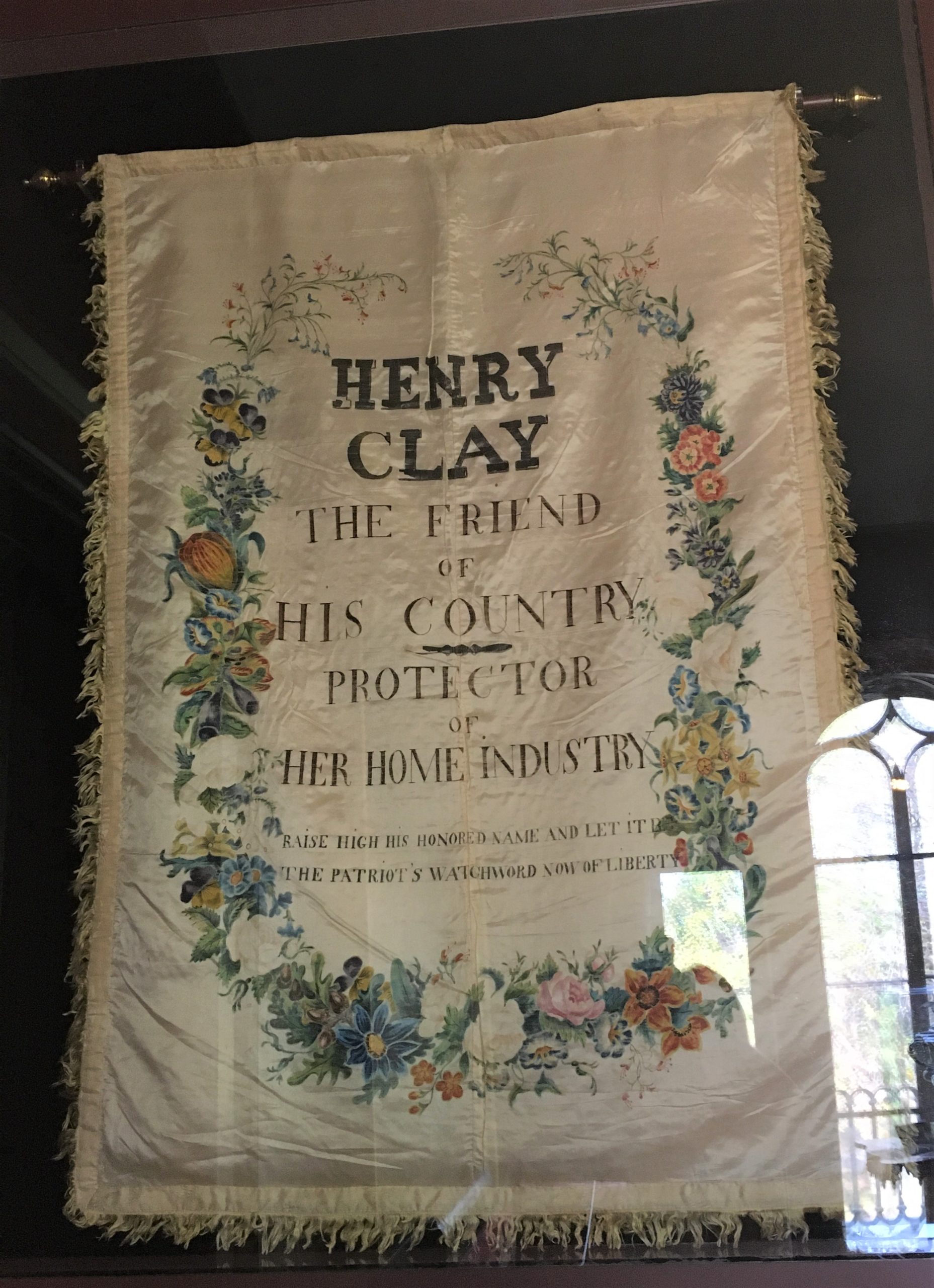
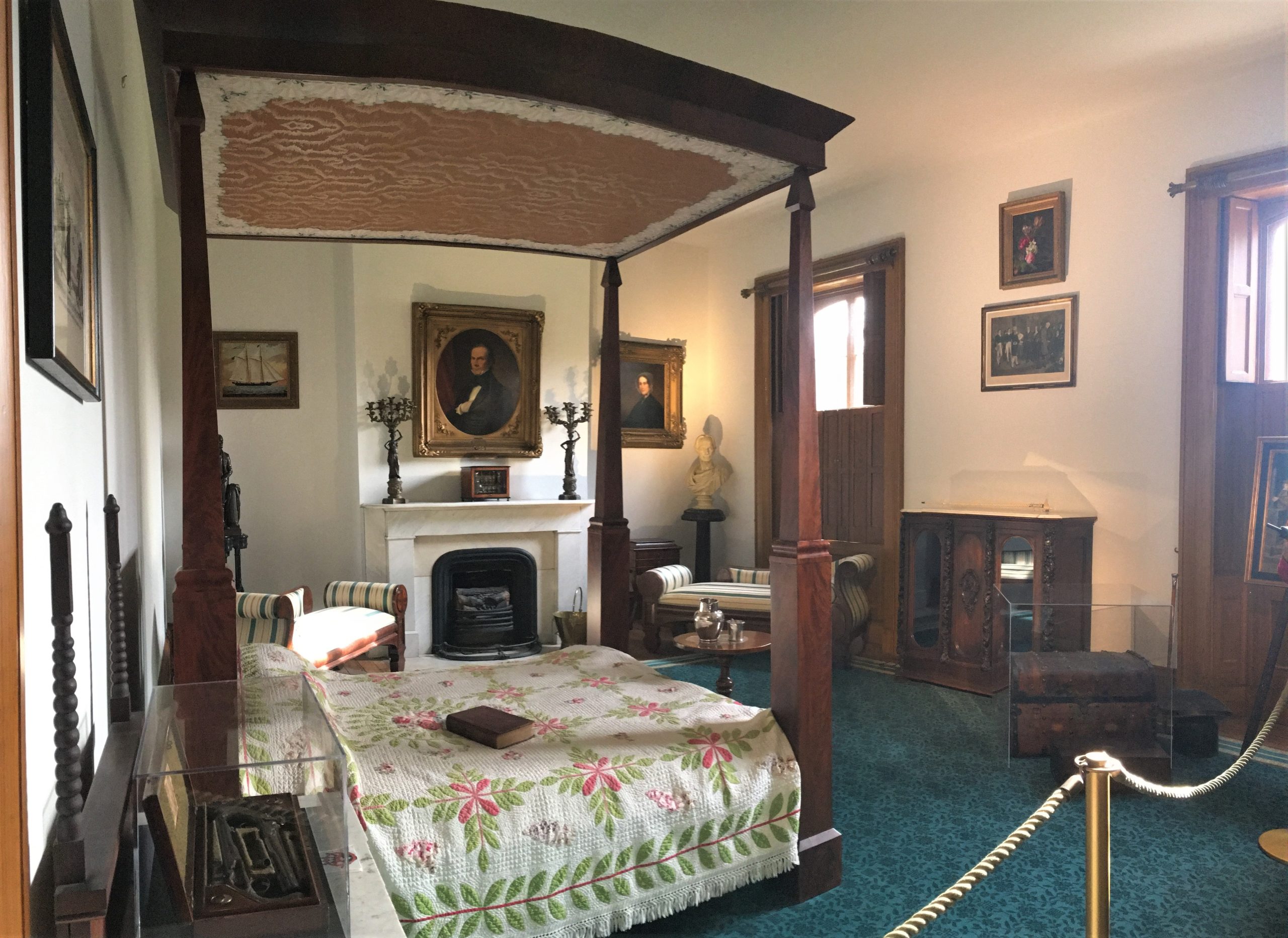
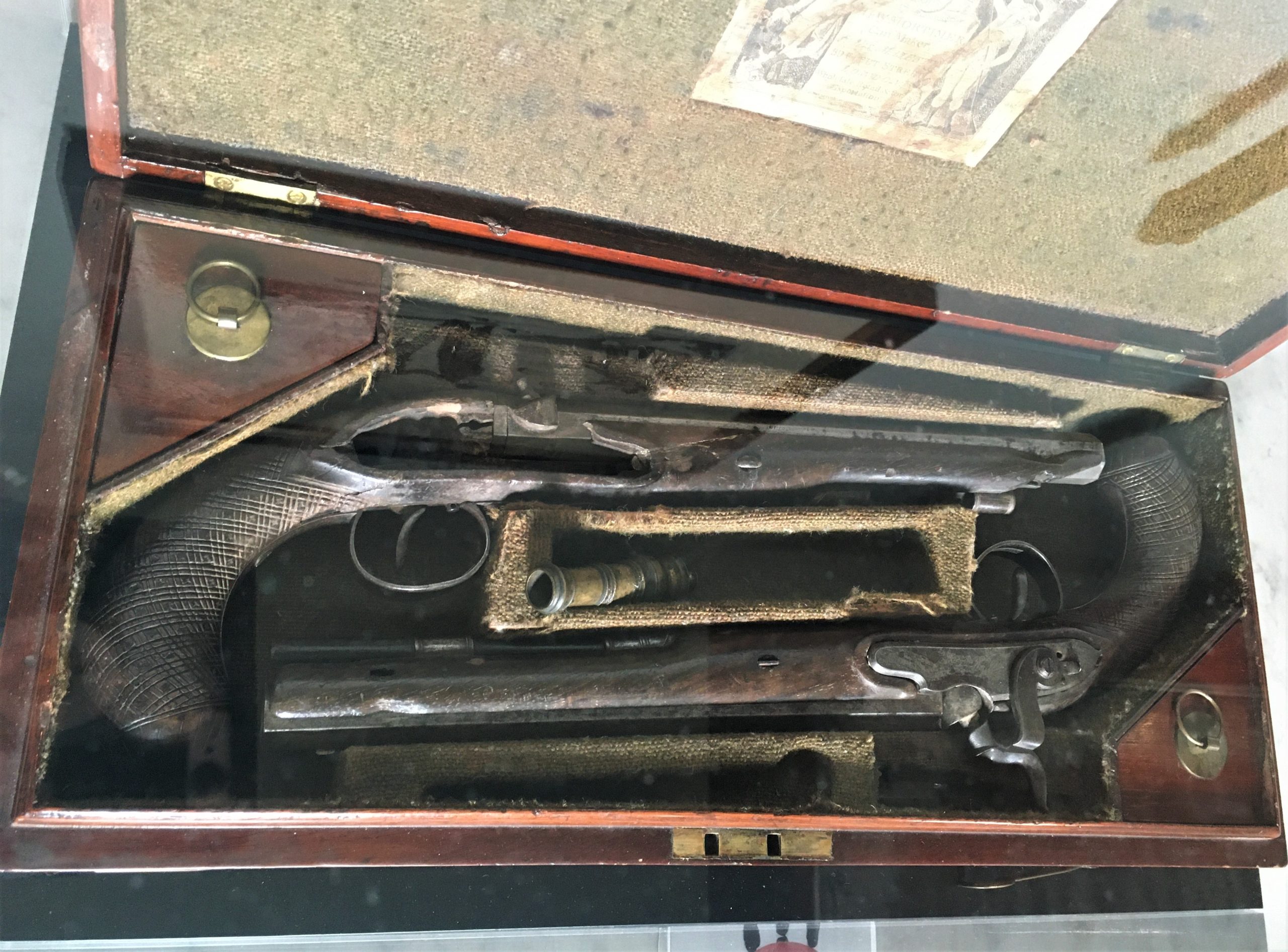


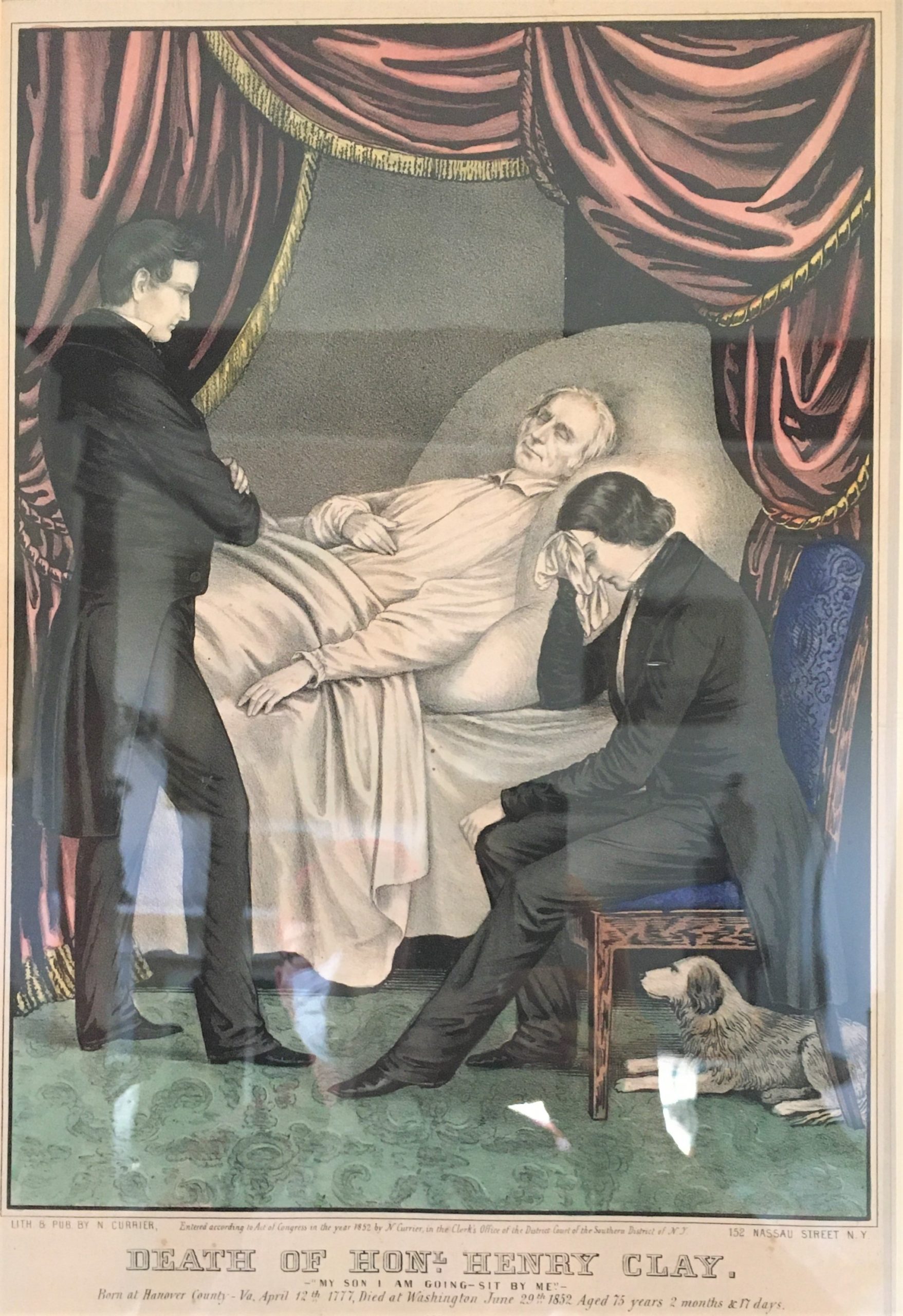

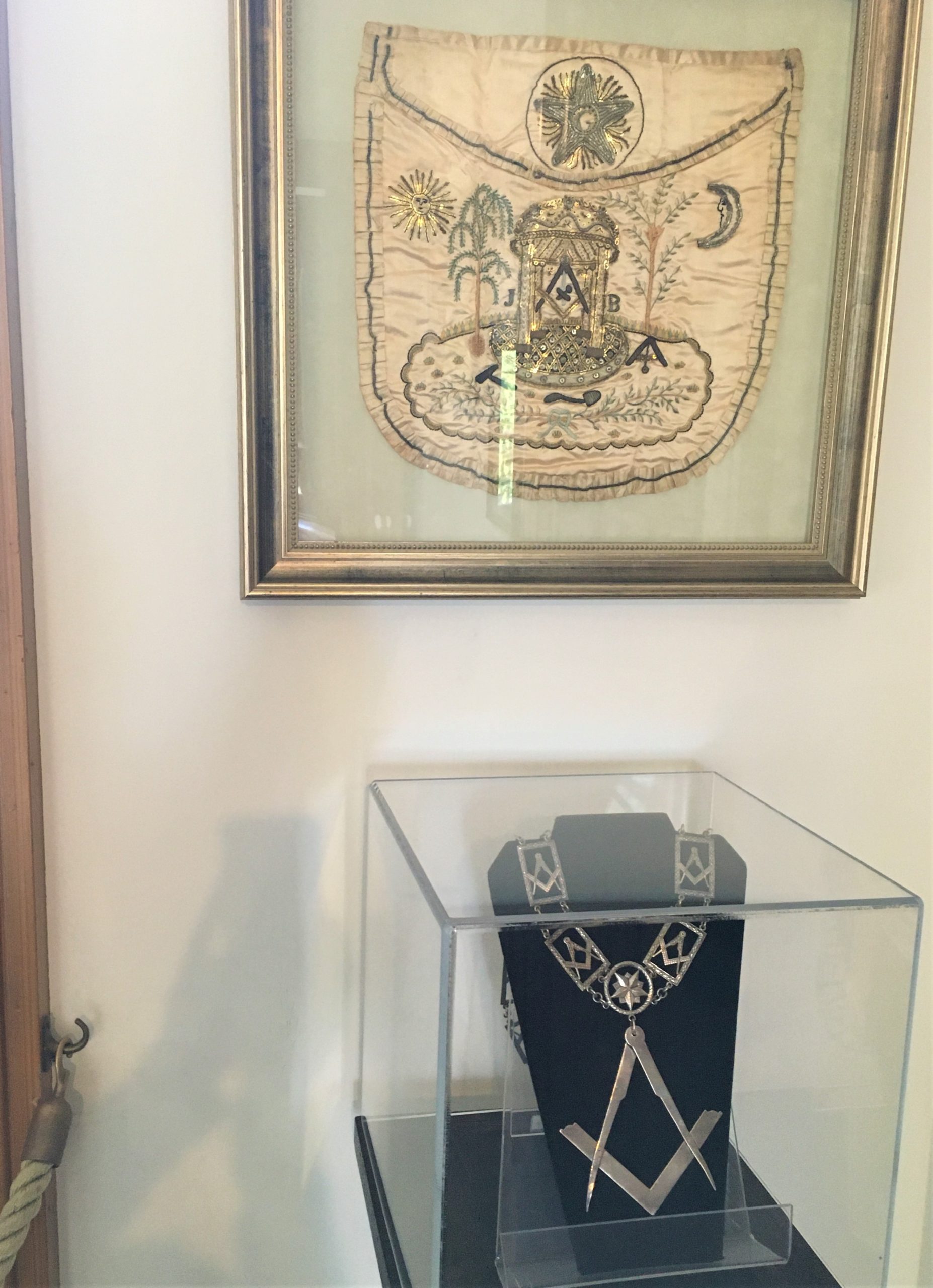
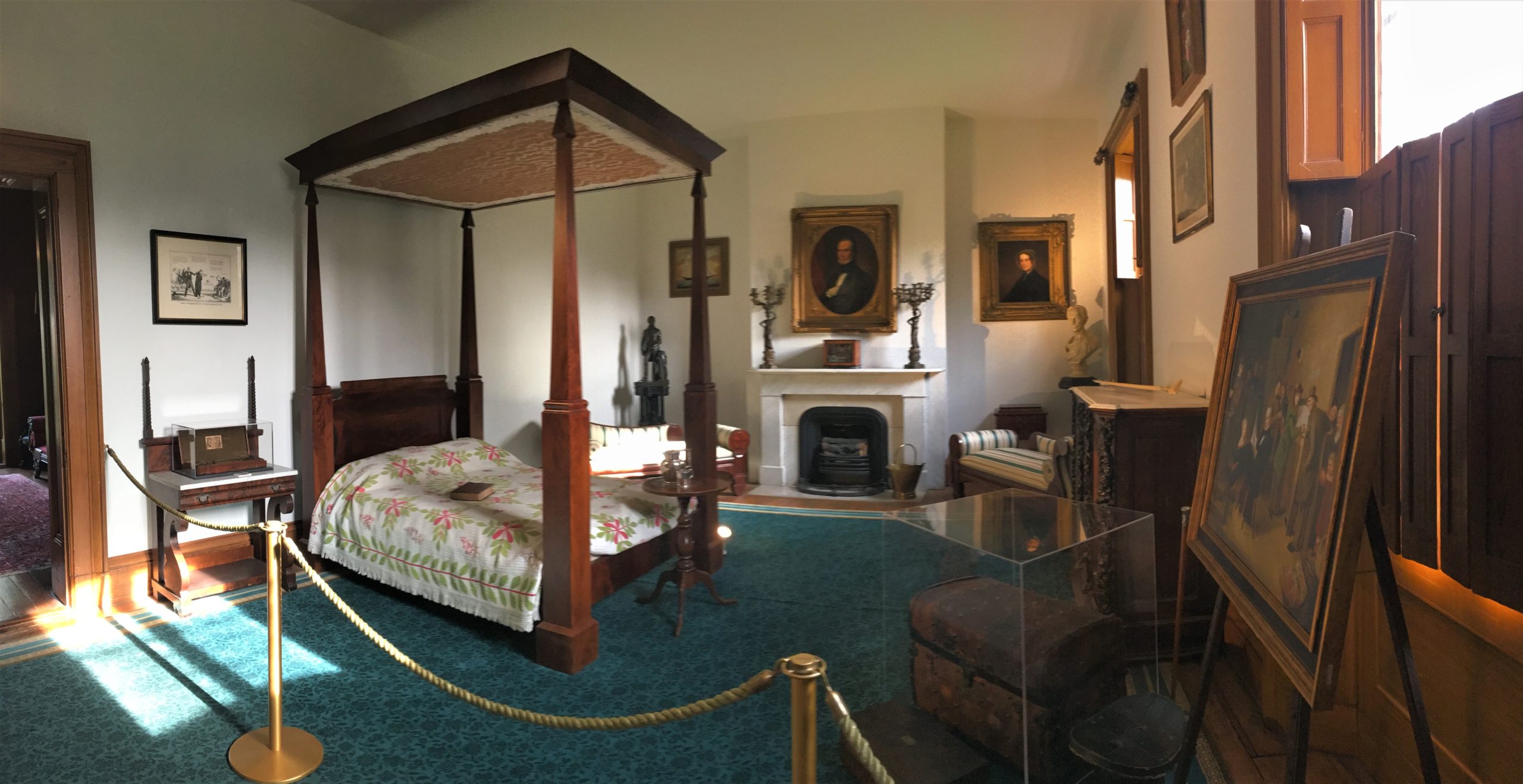
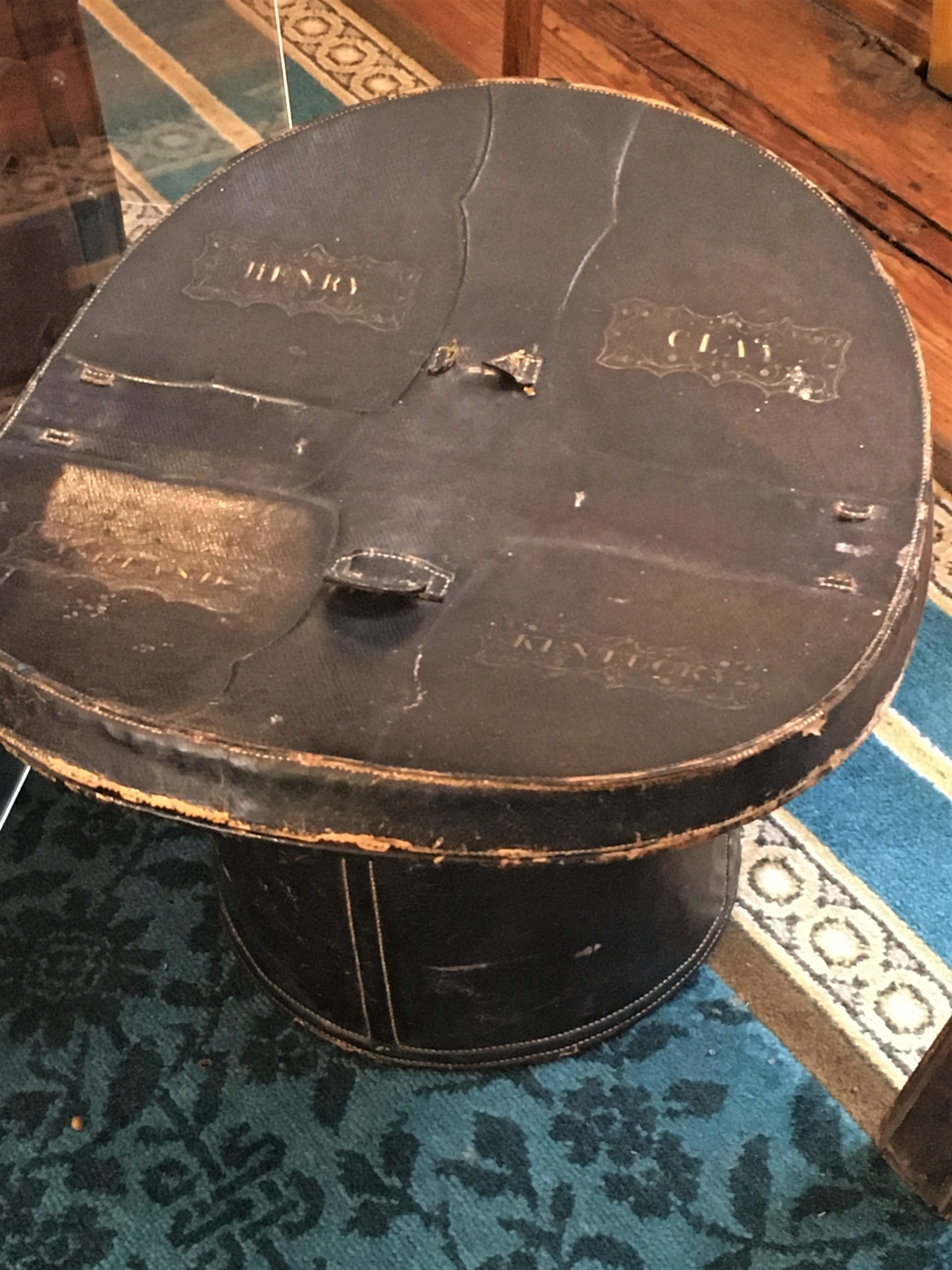
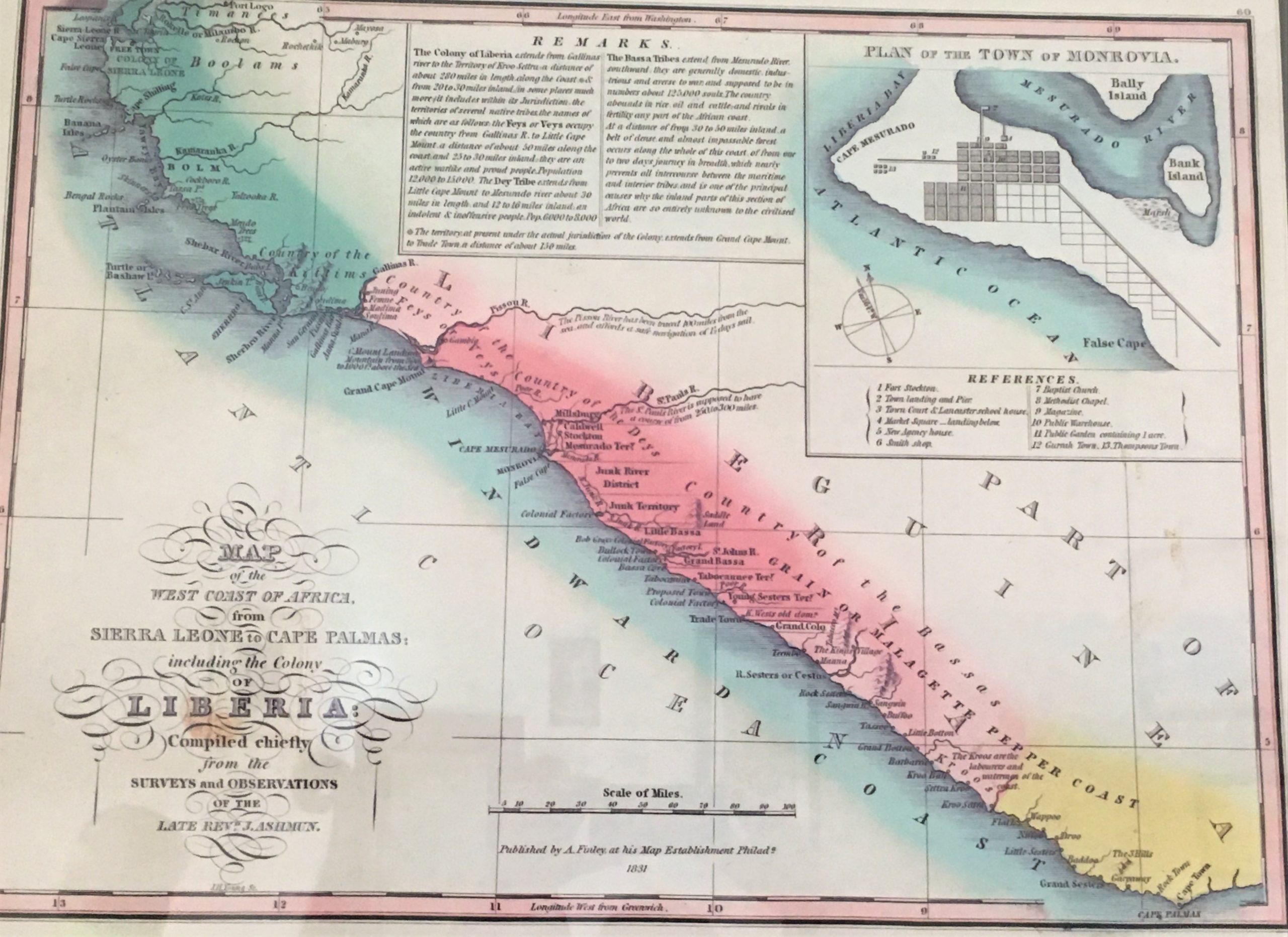
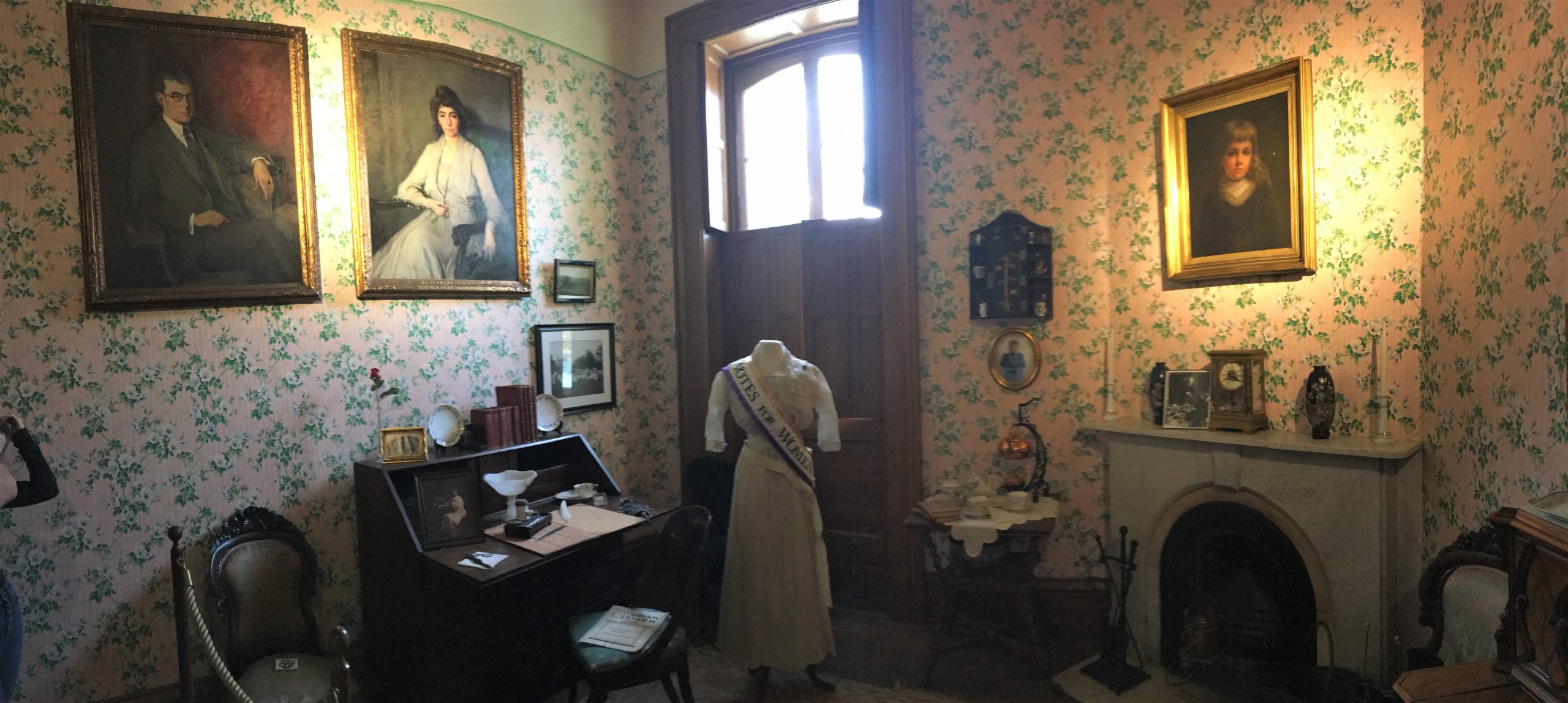
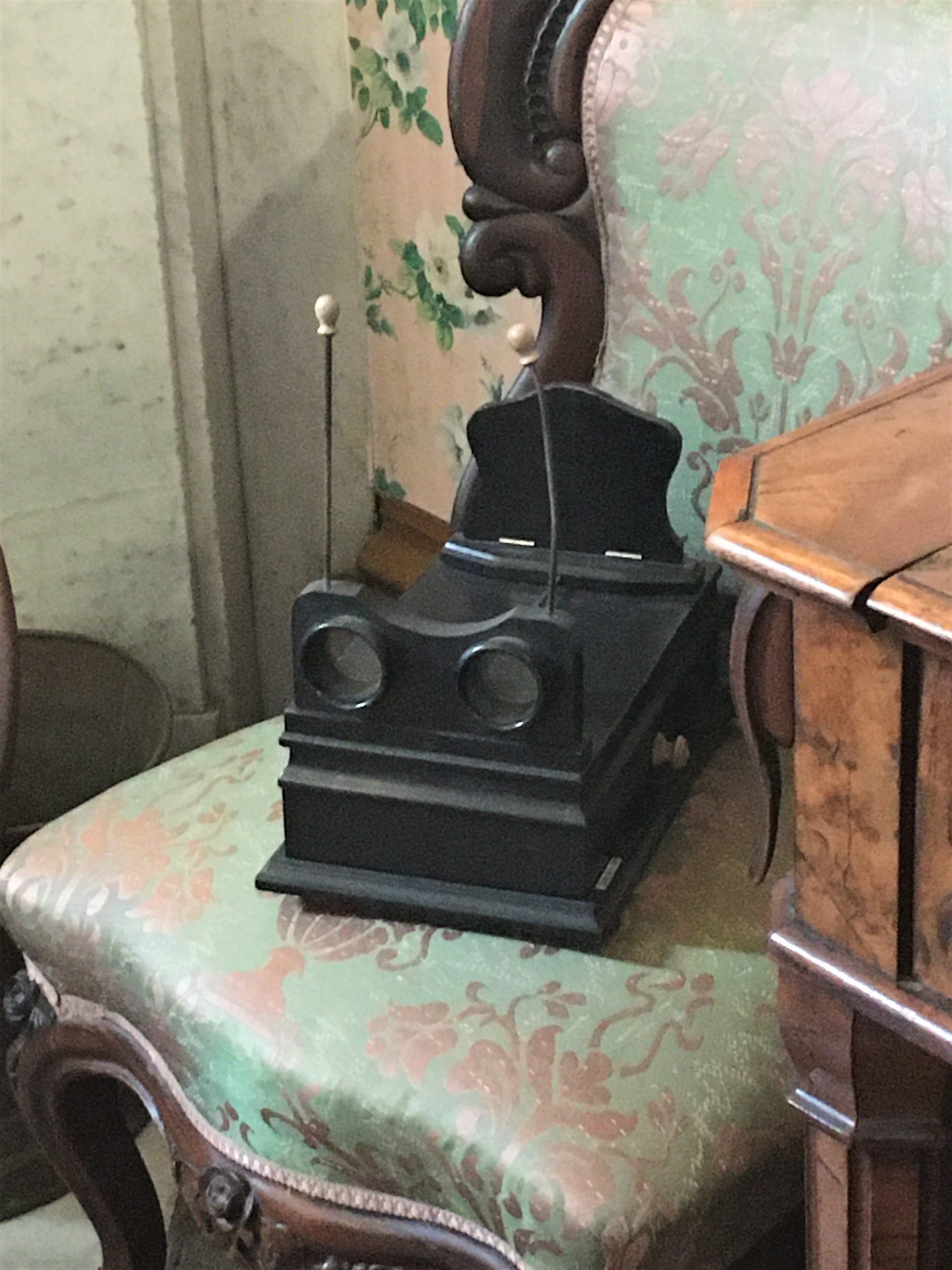
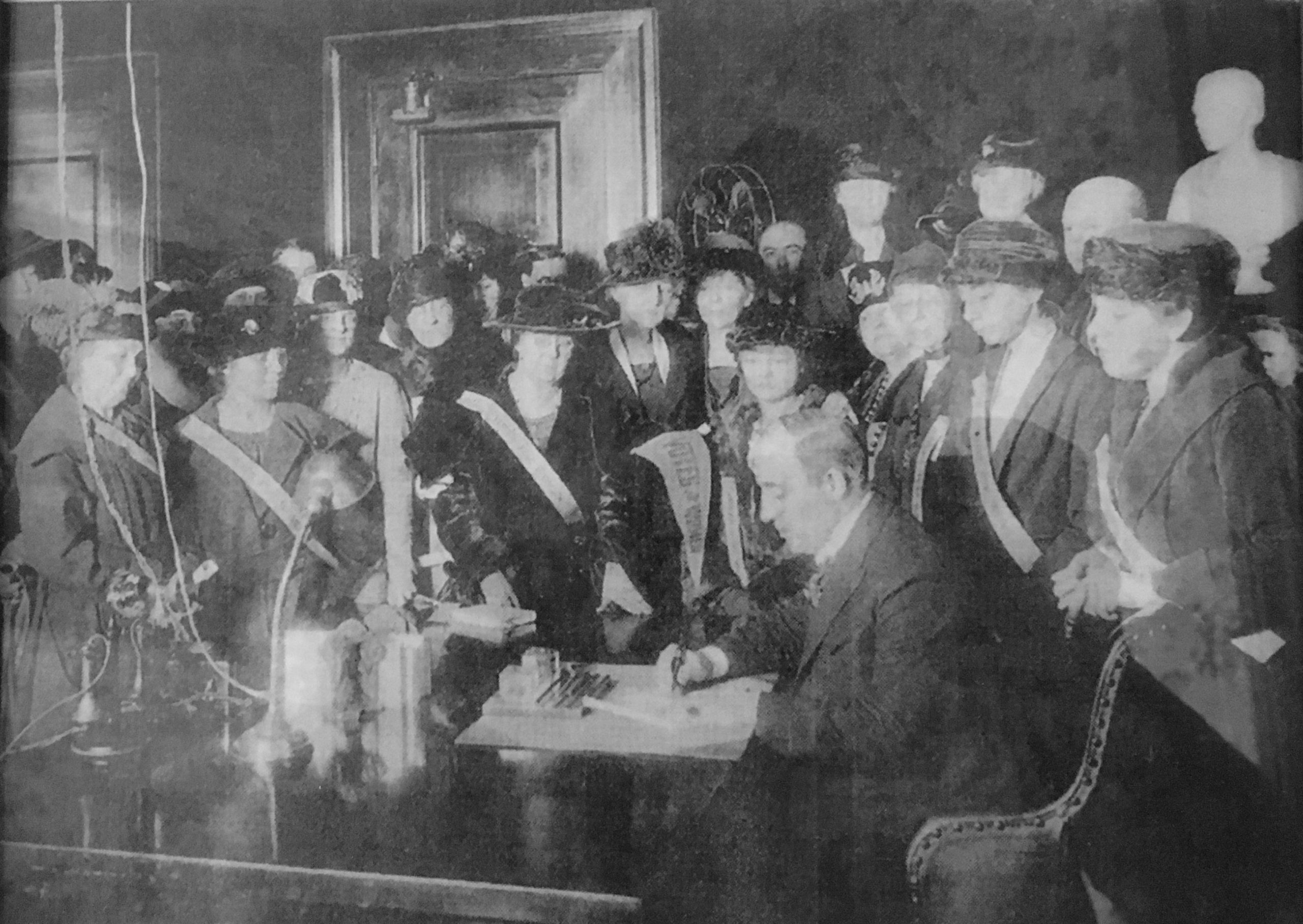
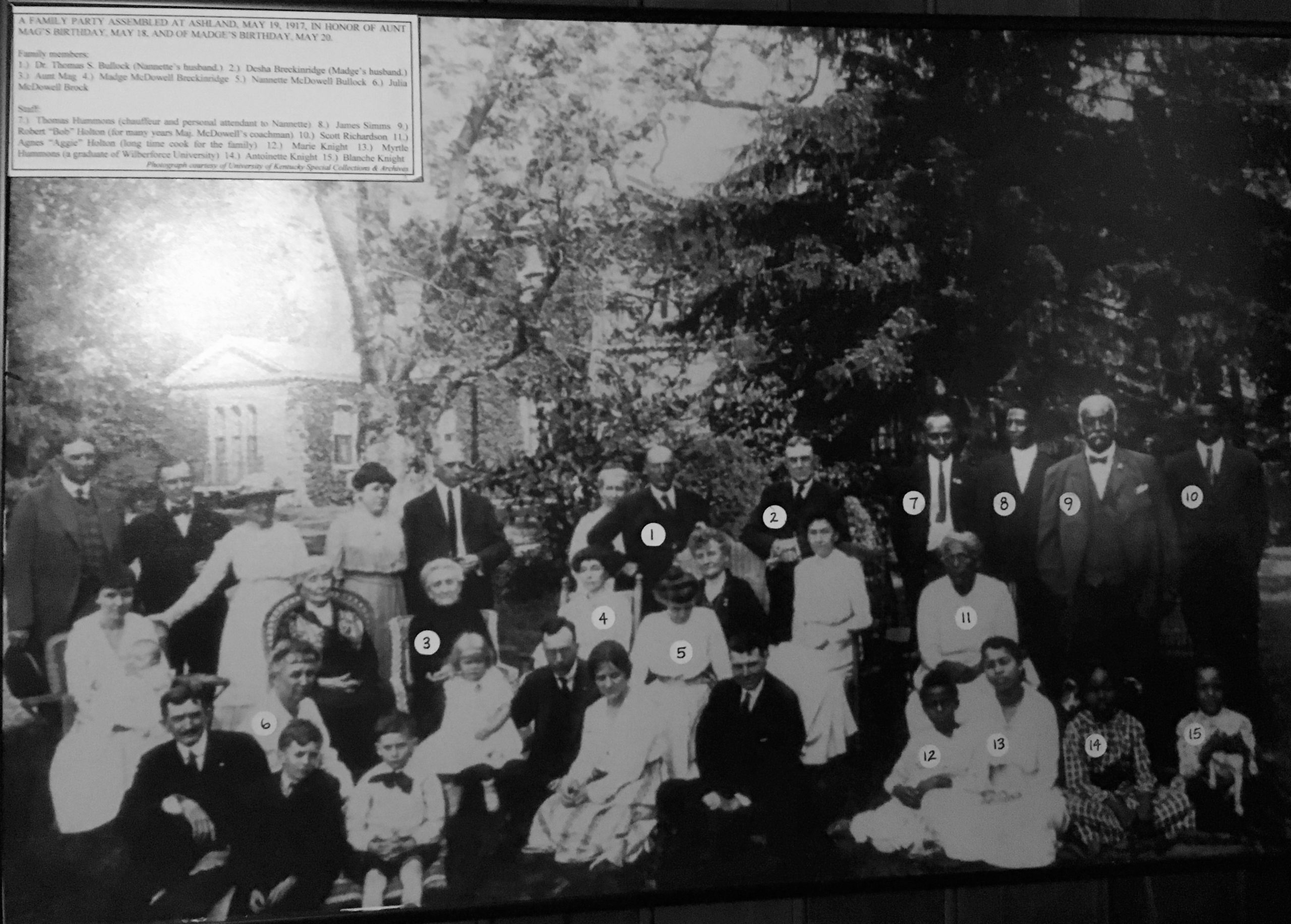
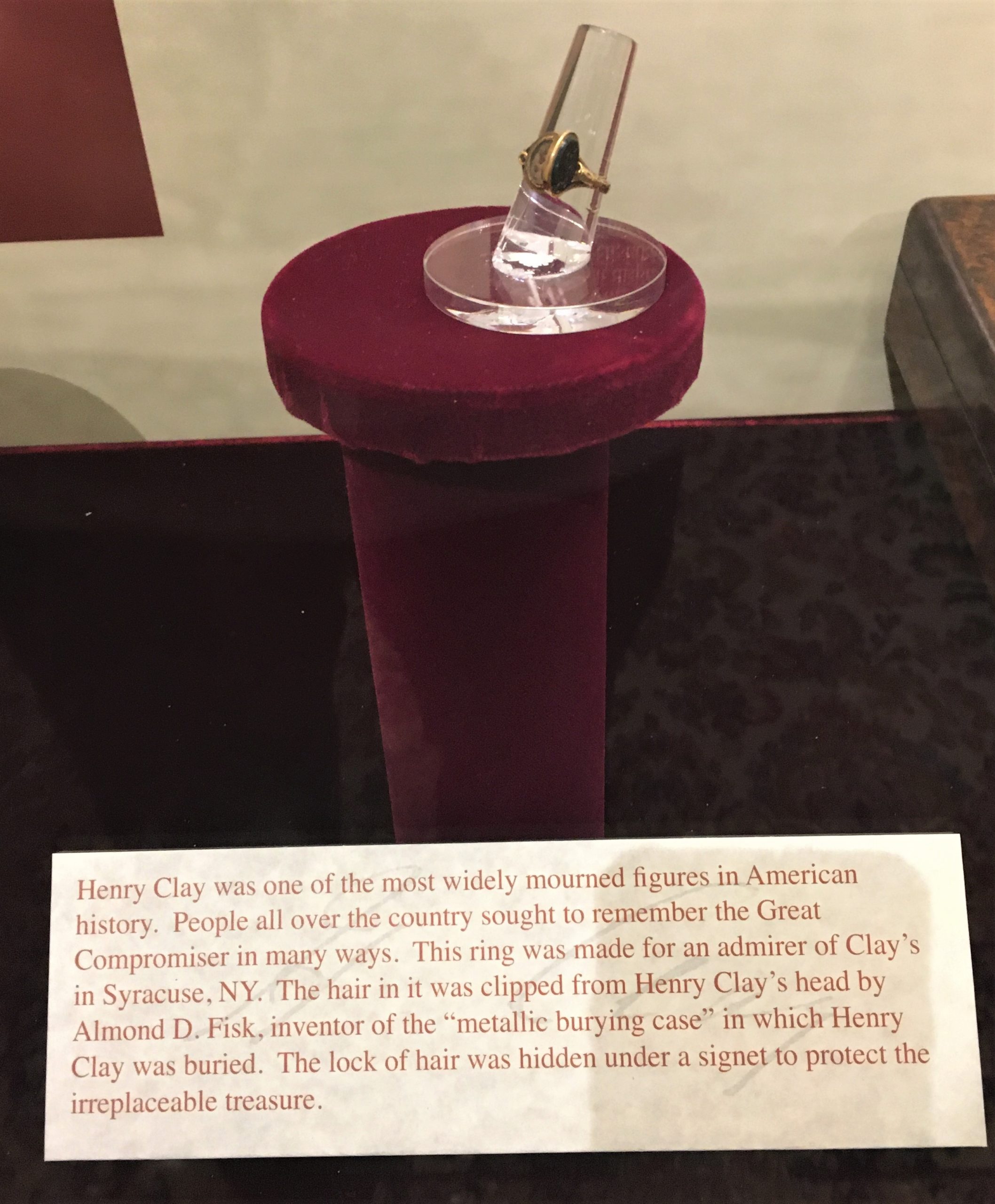
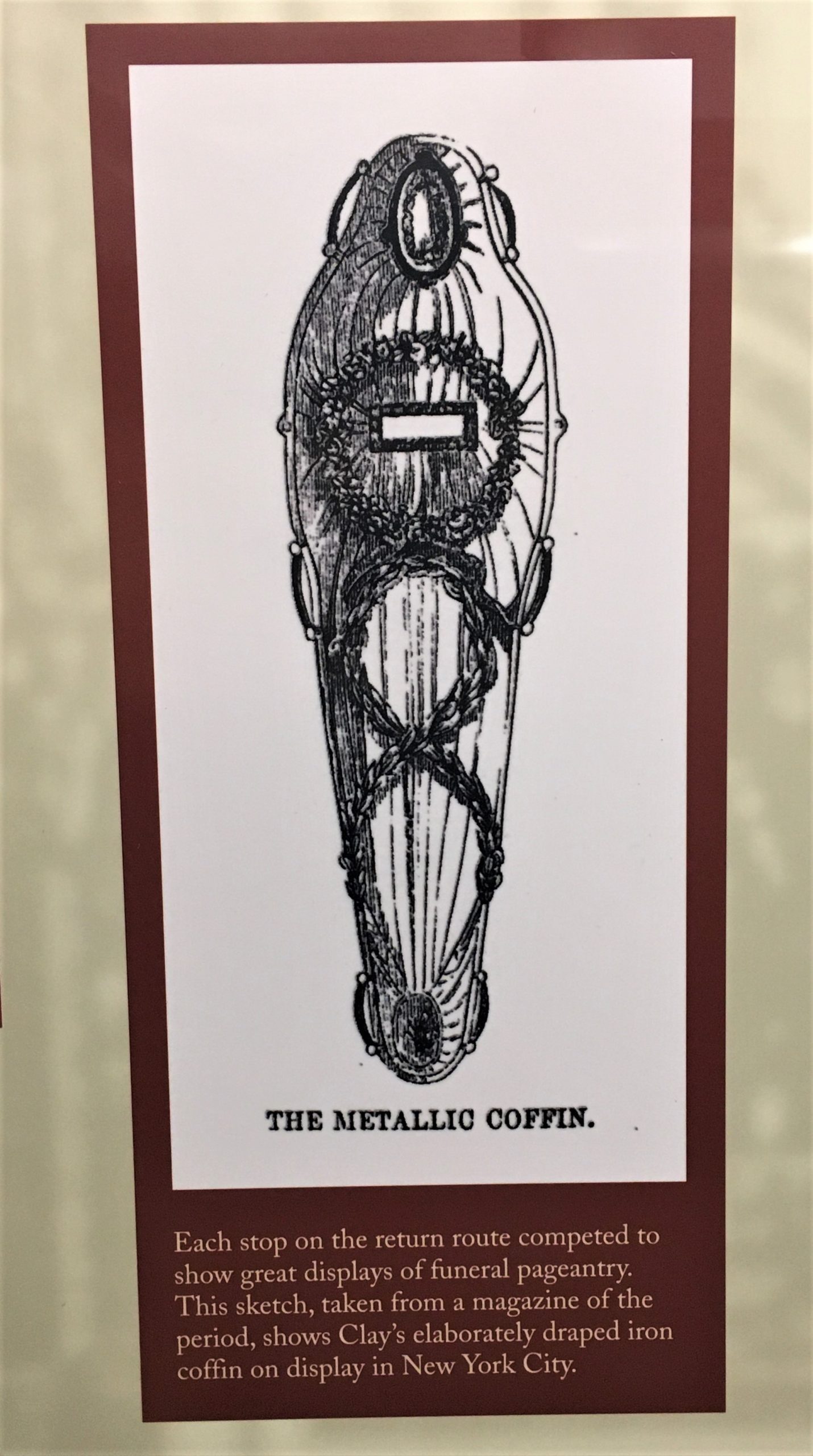

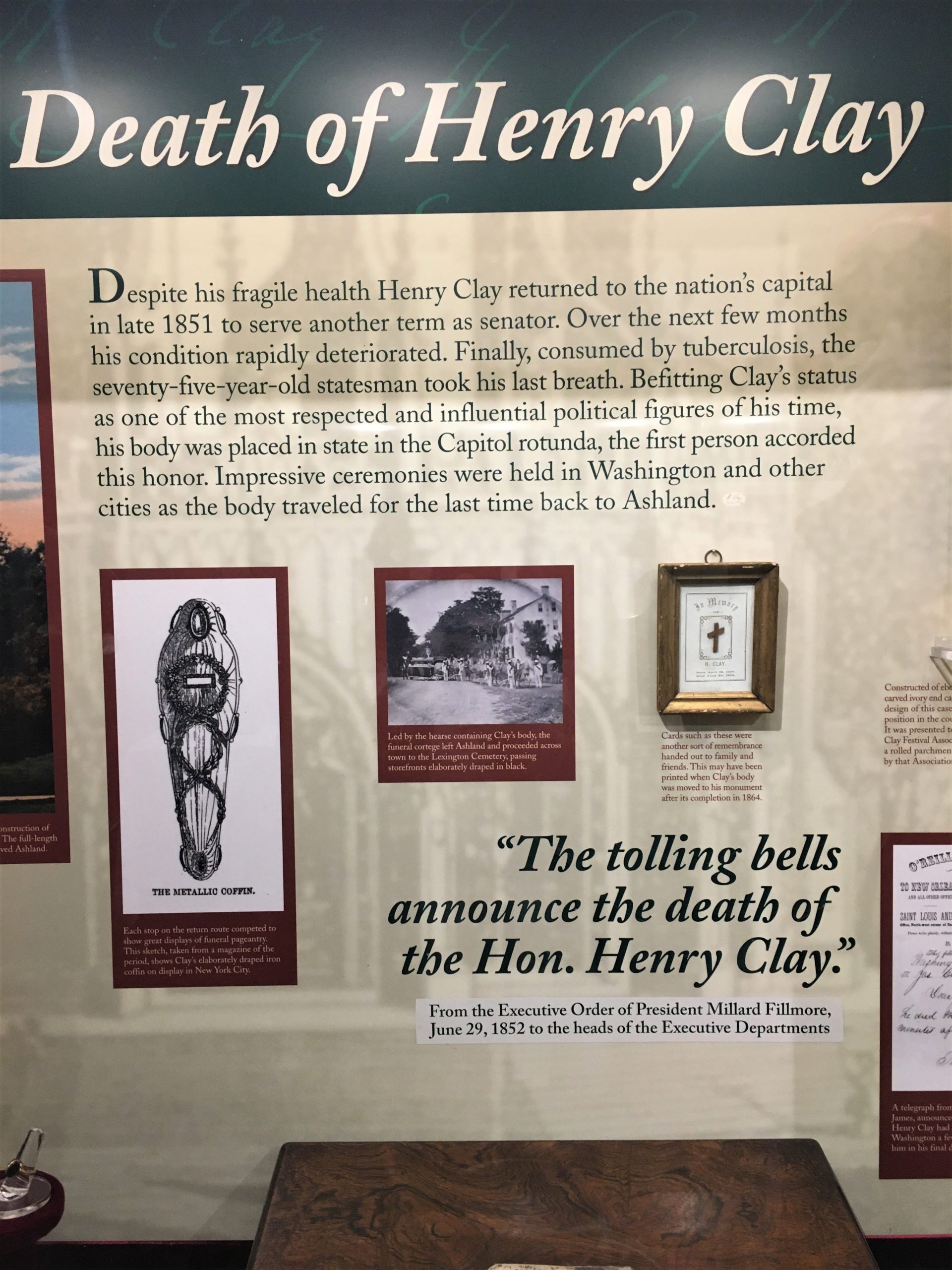
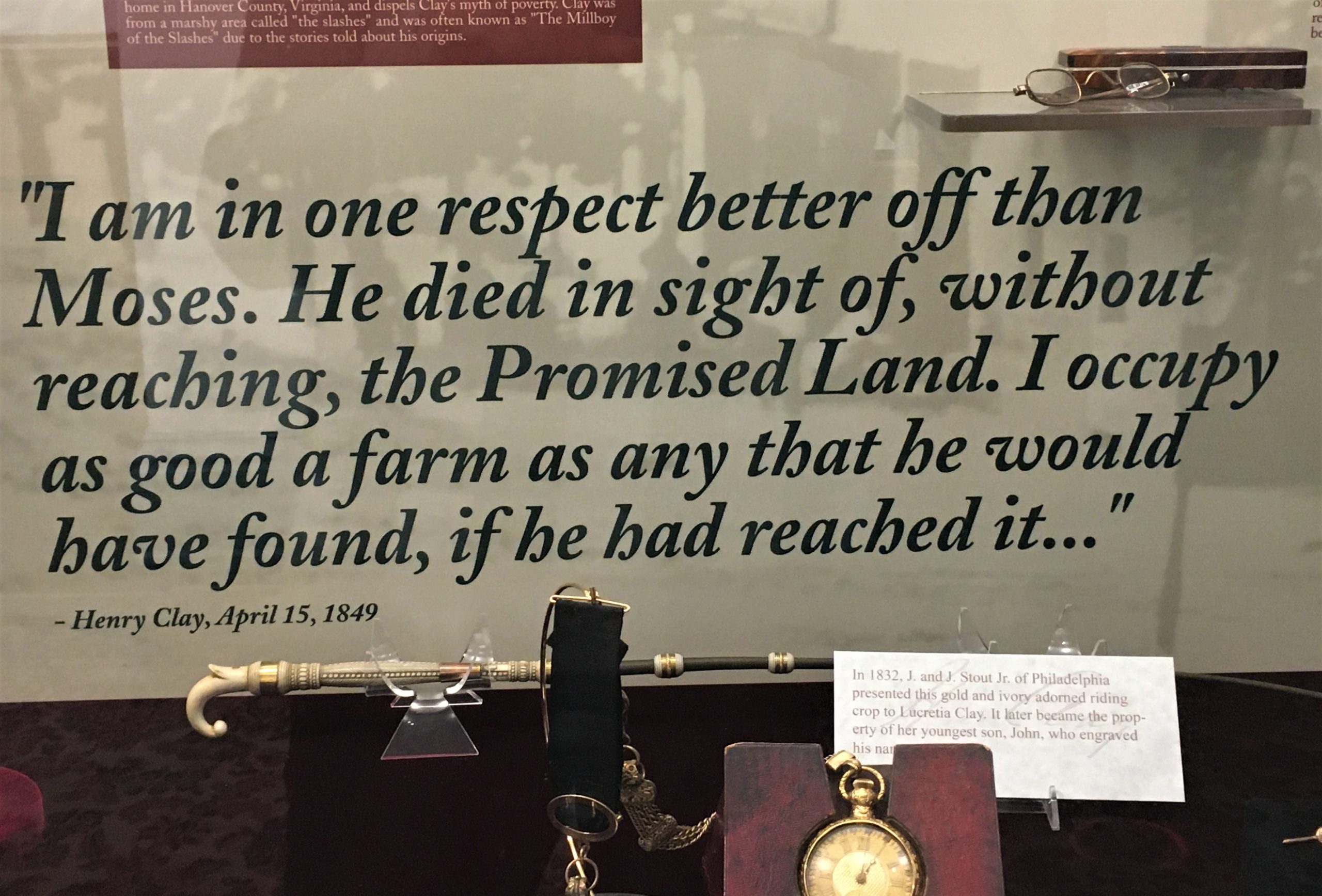

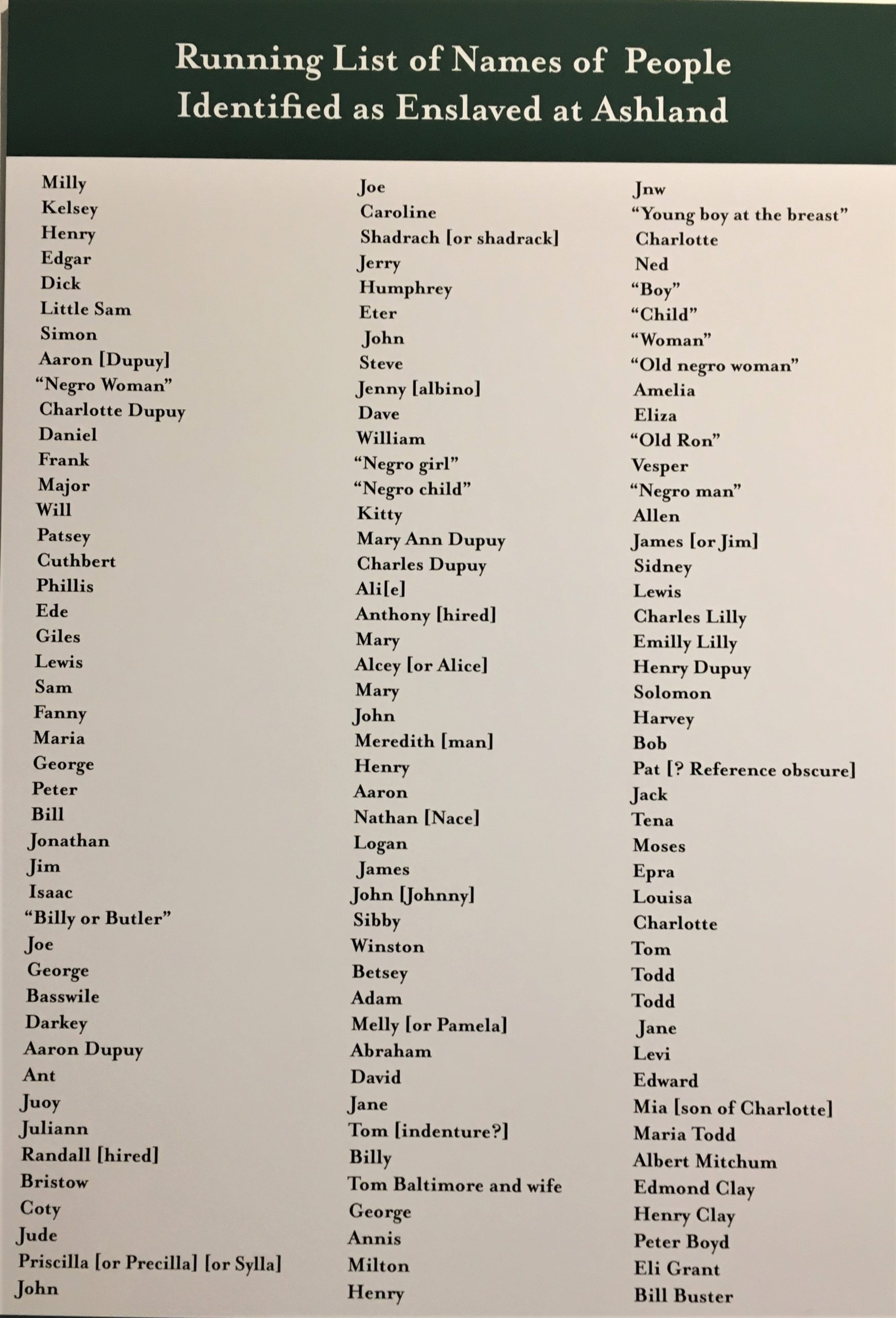
Our docent was a volunteer, but she overflowed with information, sounding like she knew him and his family personally. A most wonderful tour! And then we were able to walk around the grounds.
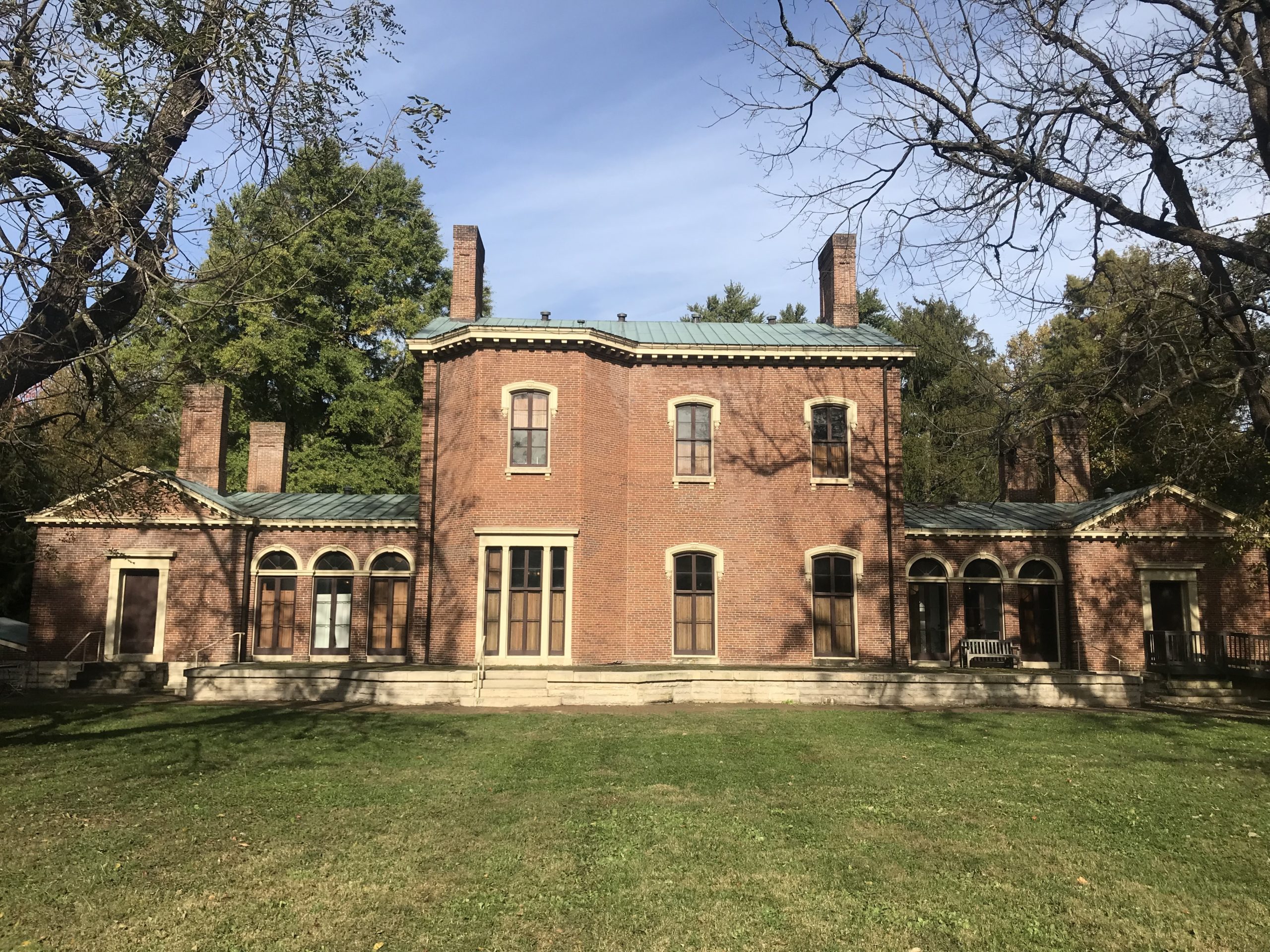
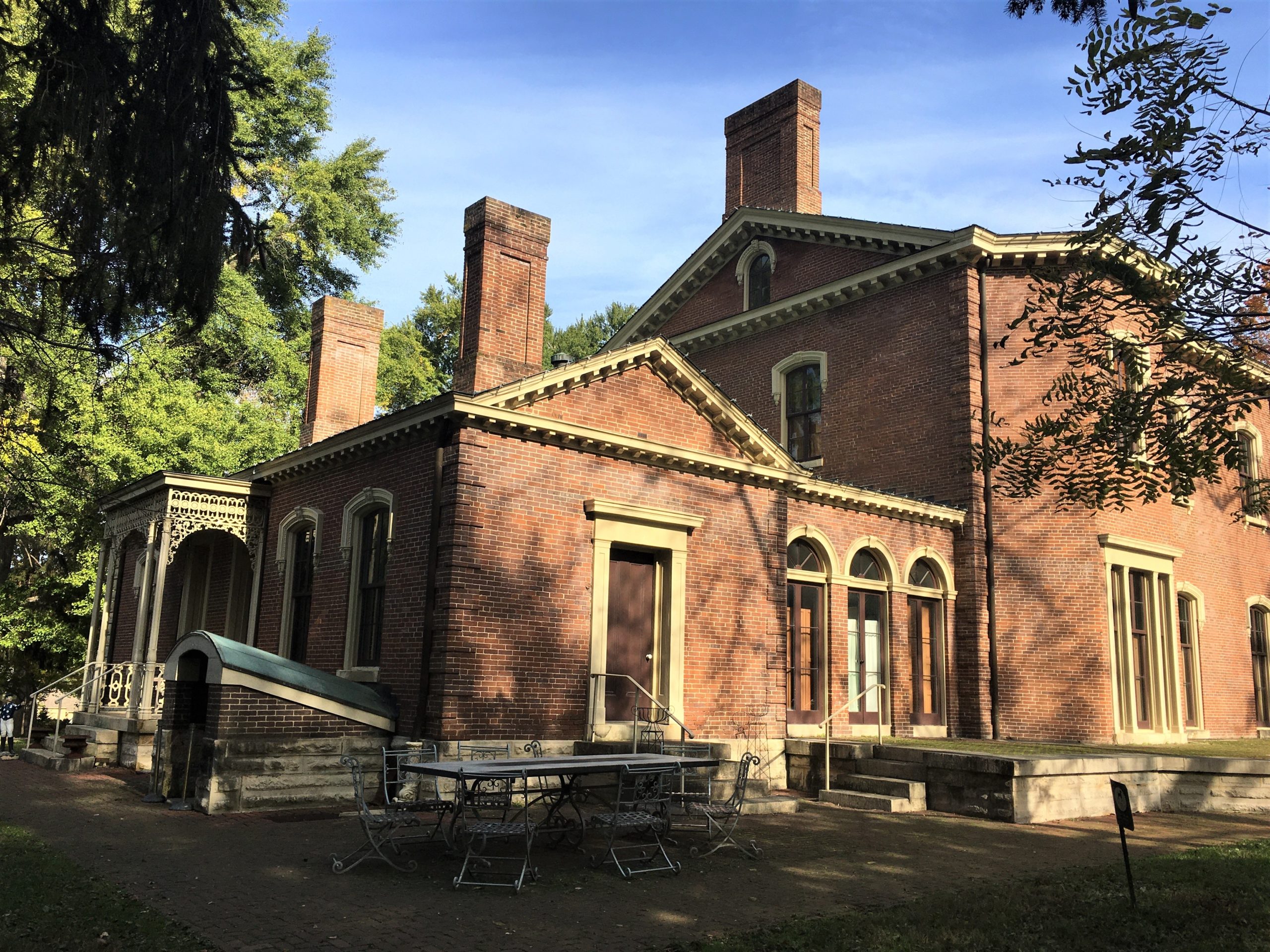
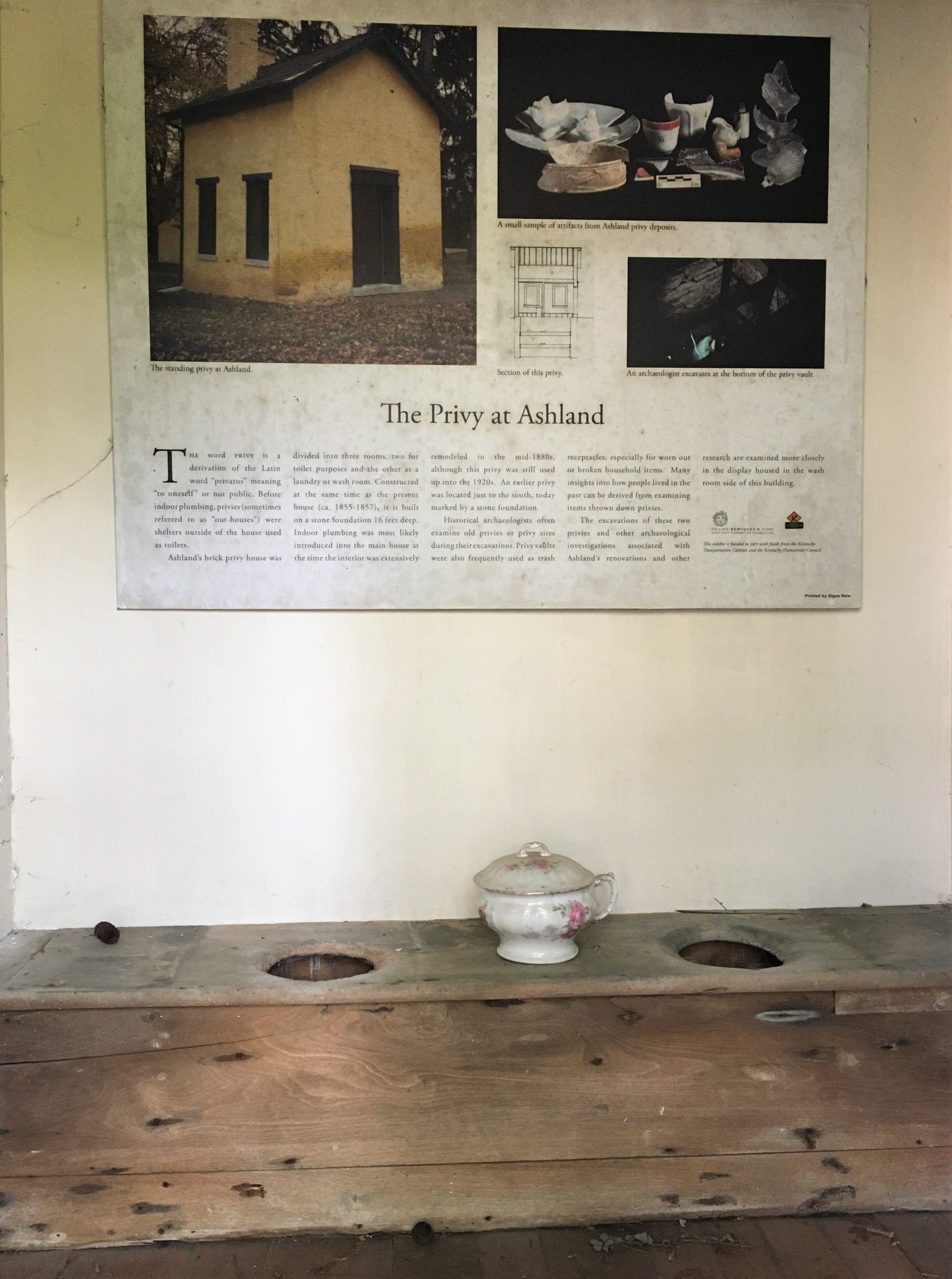
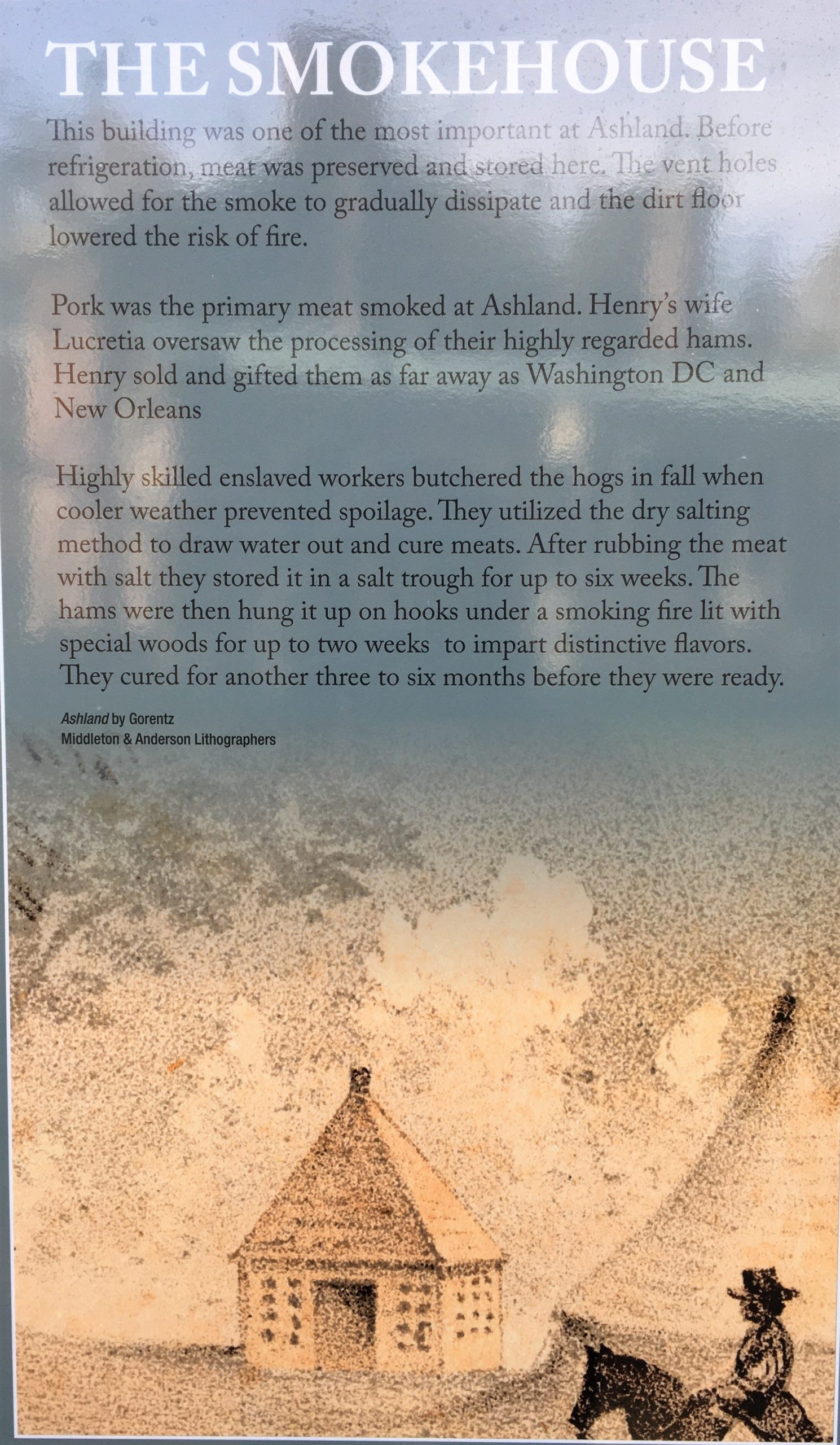
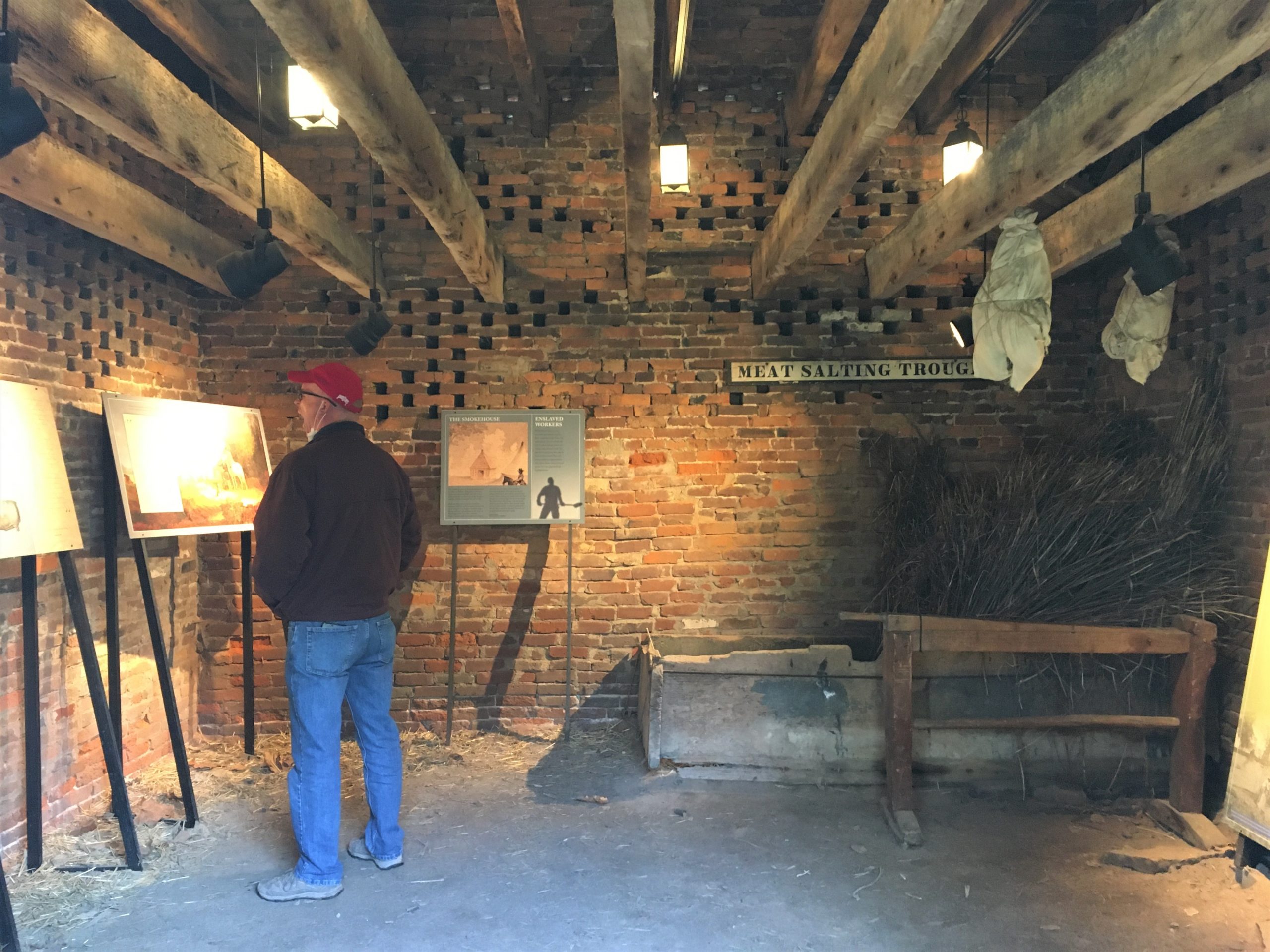
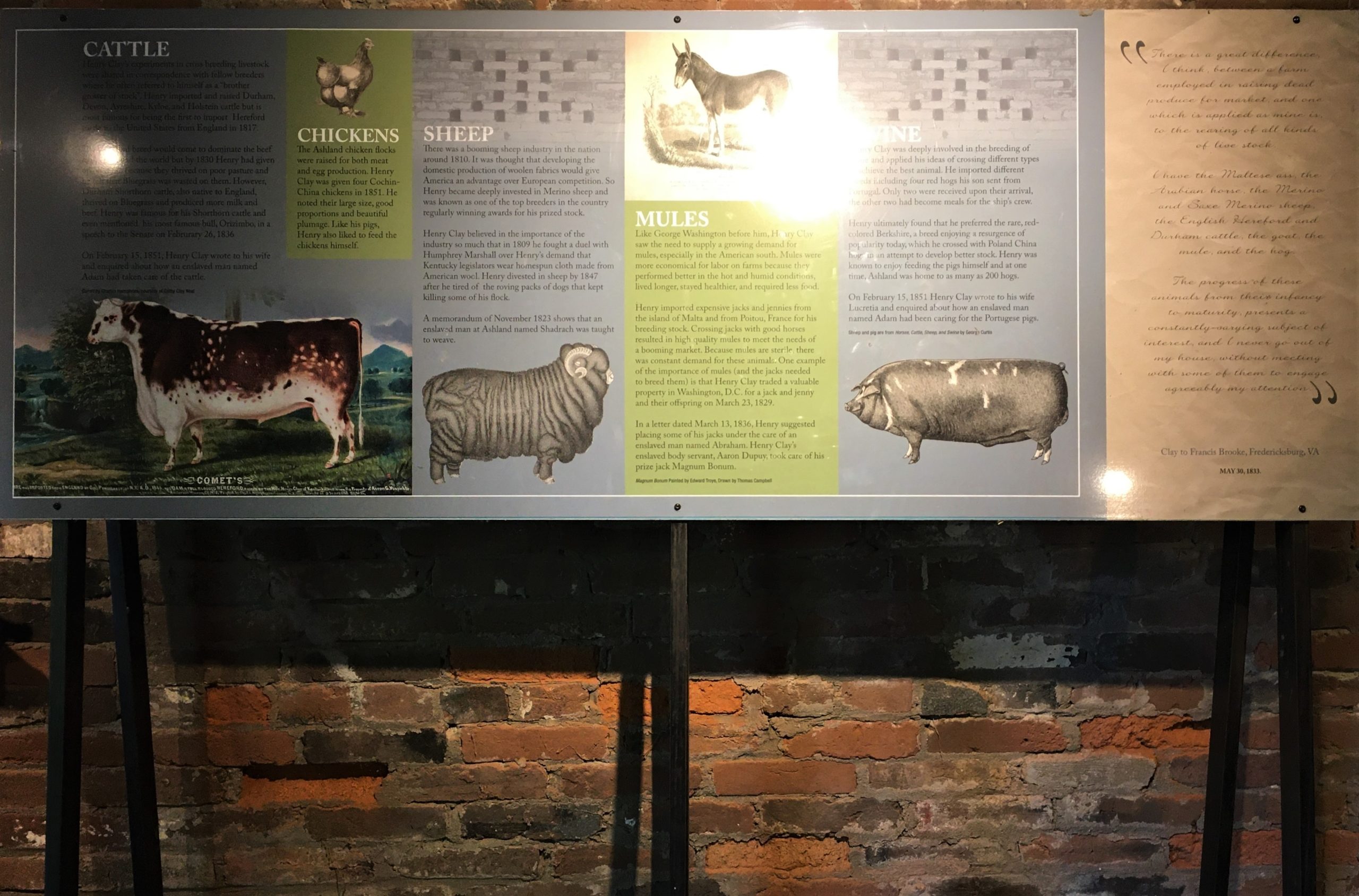

but there was glare from the lights in the smokehouse.
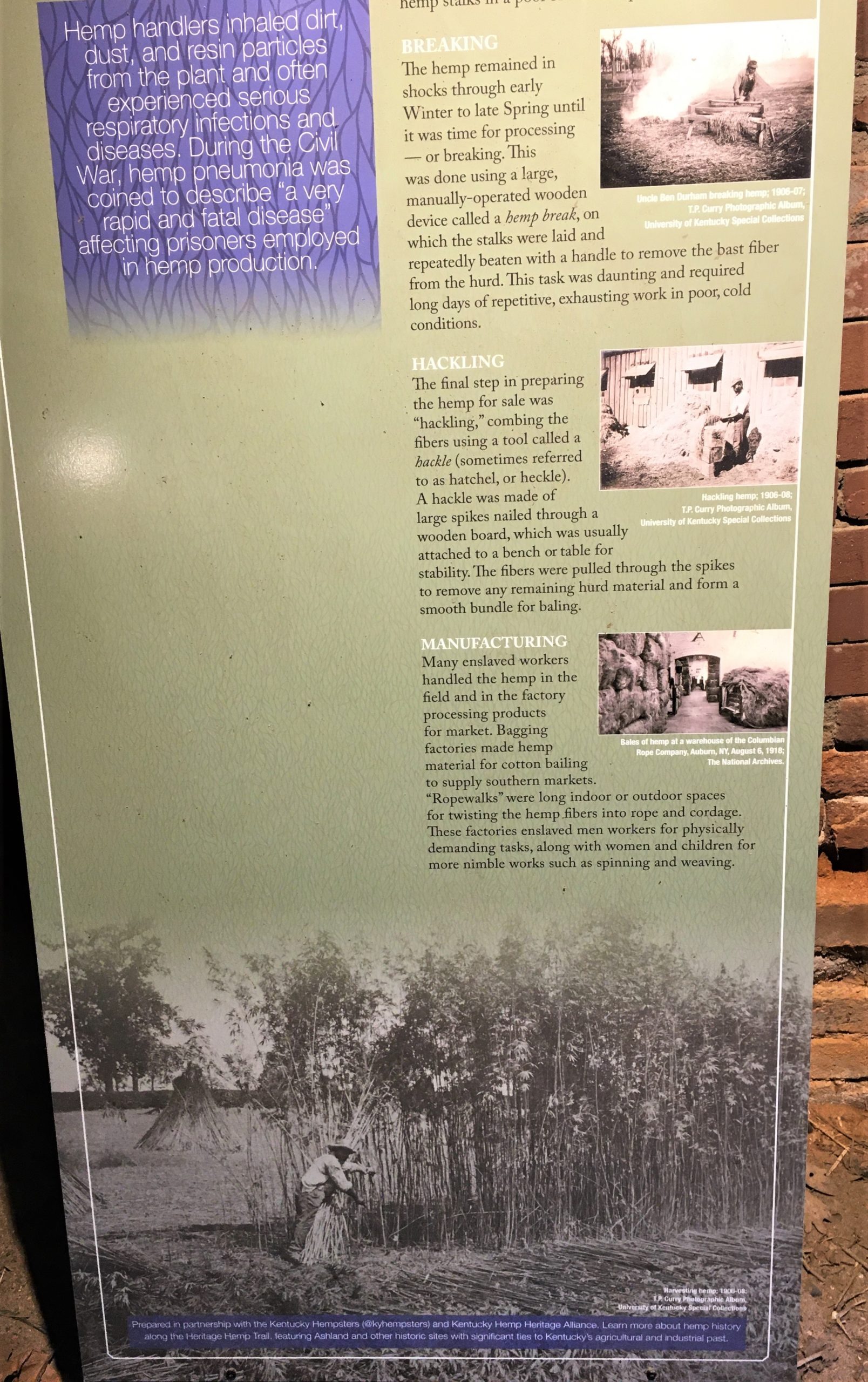
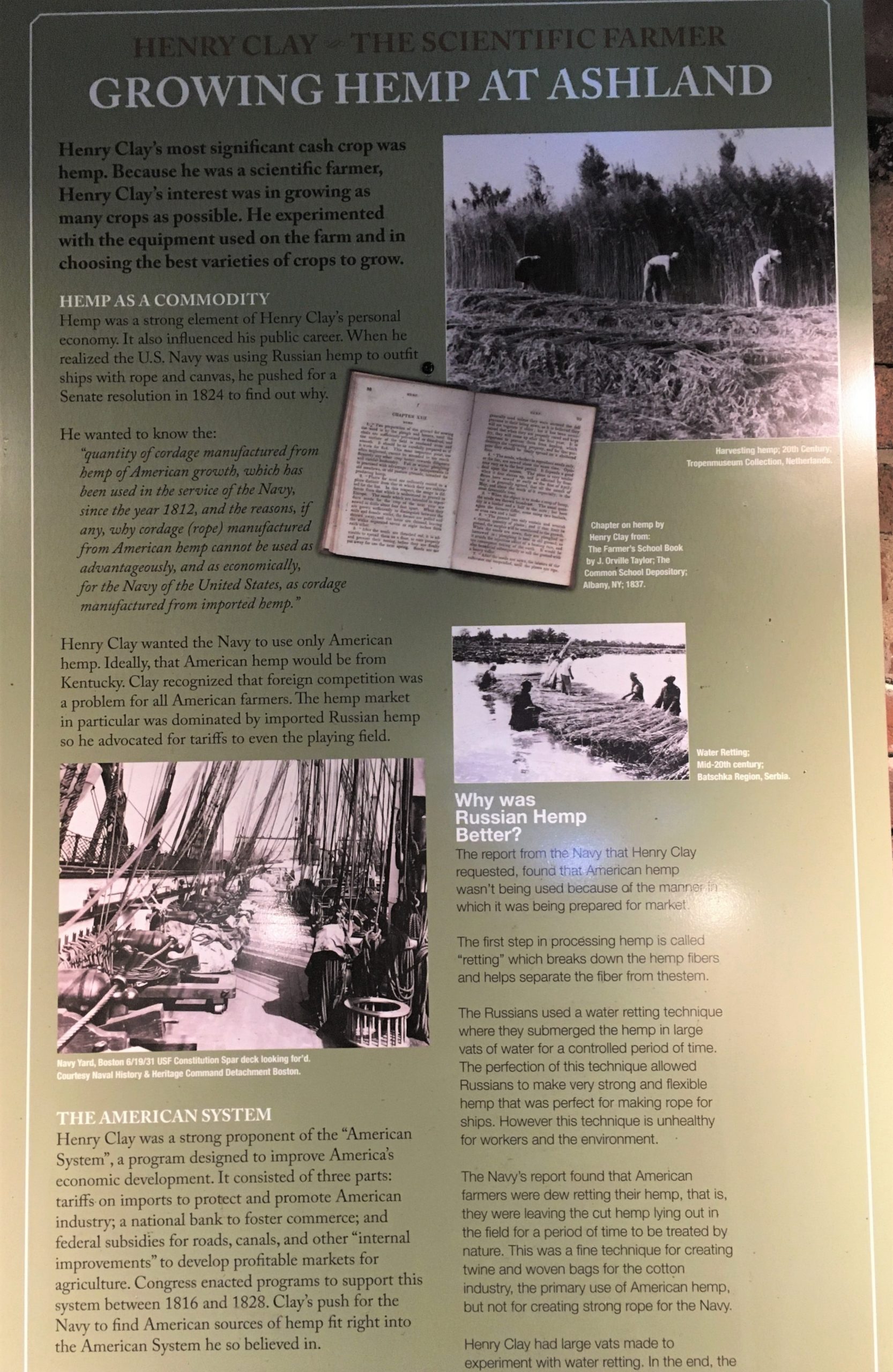

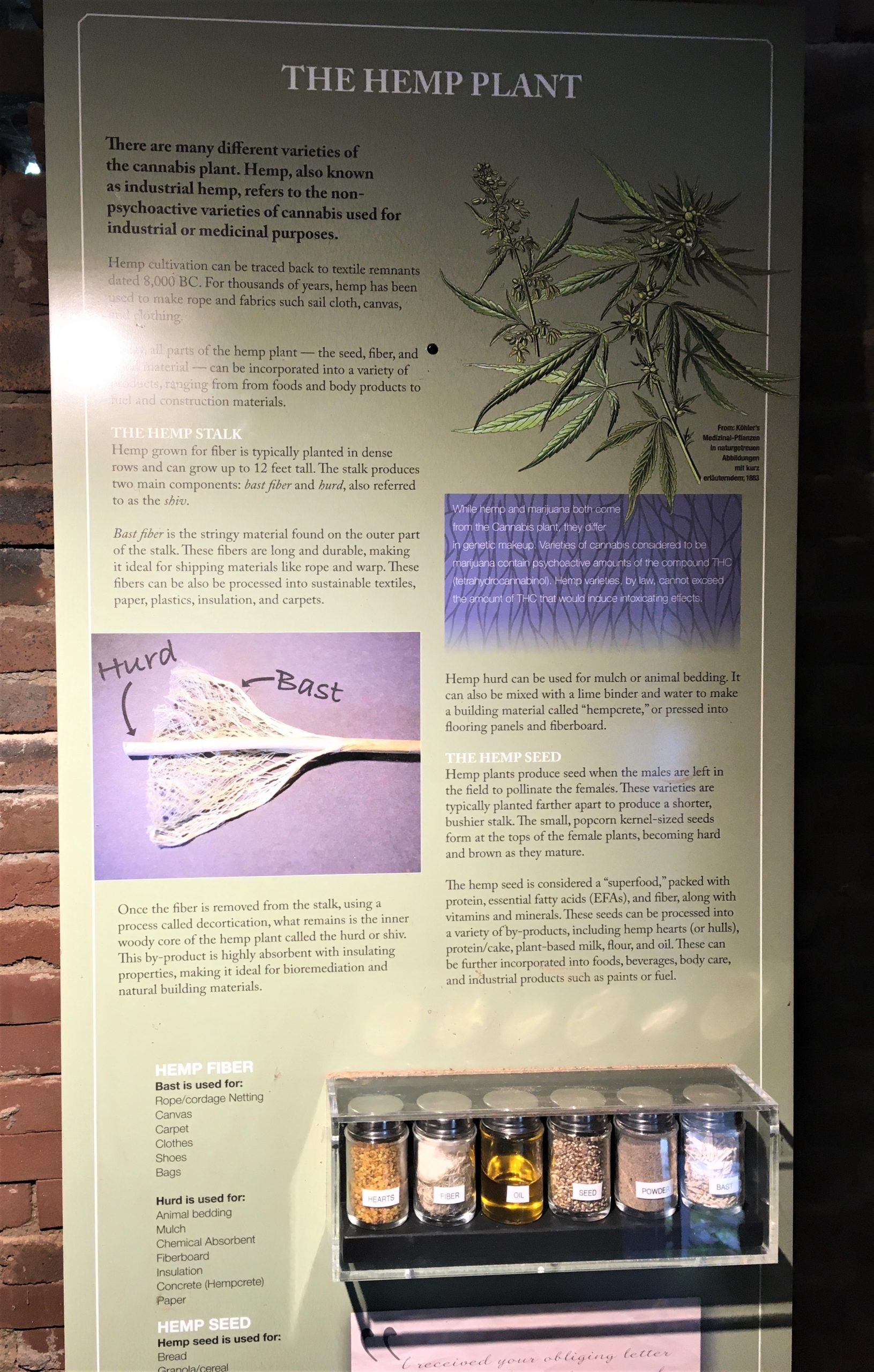



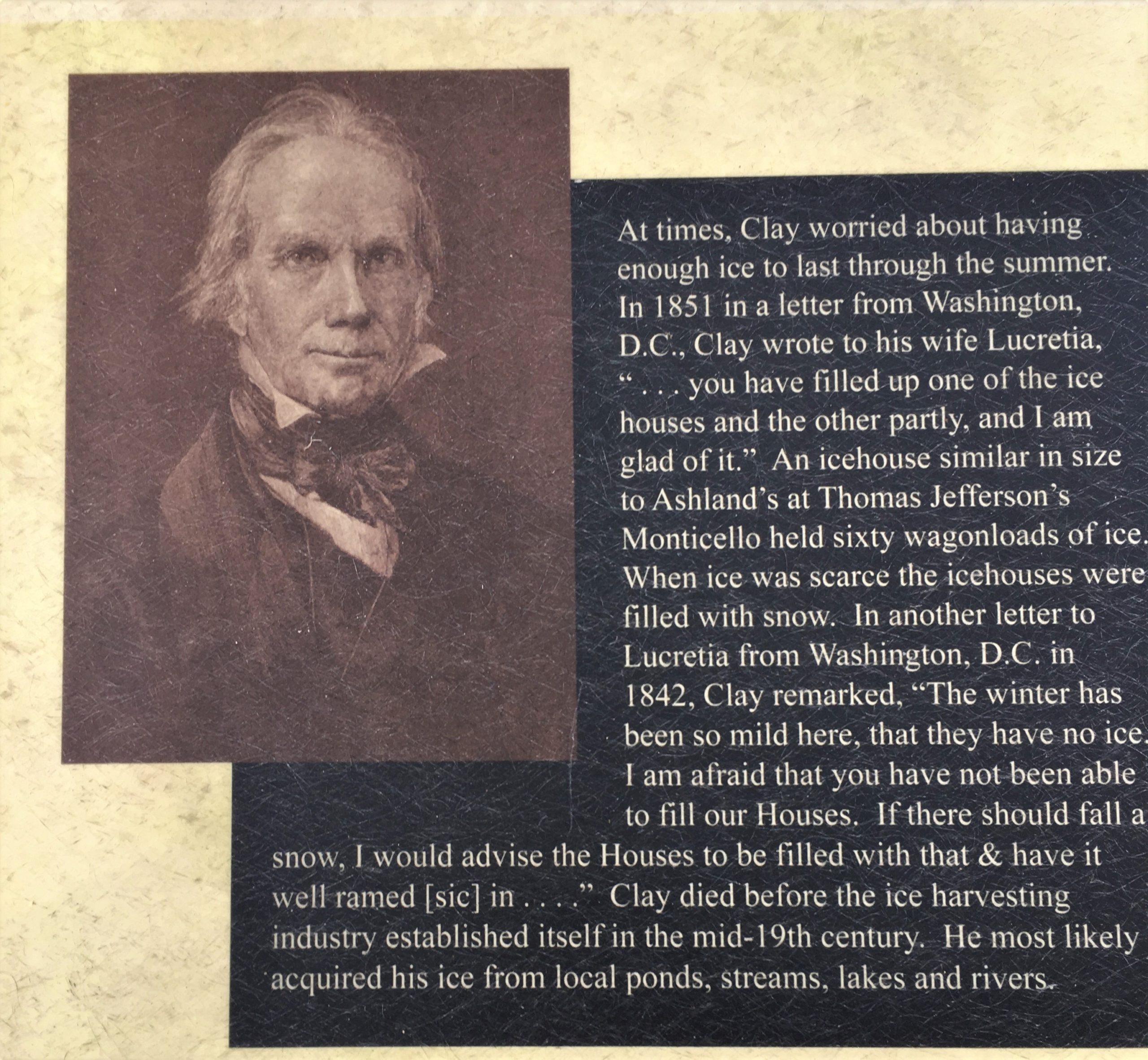
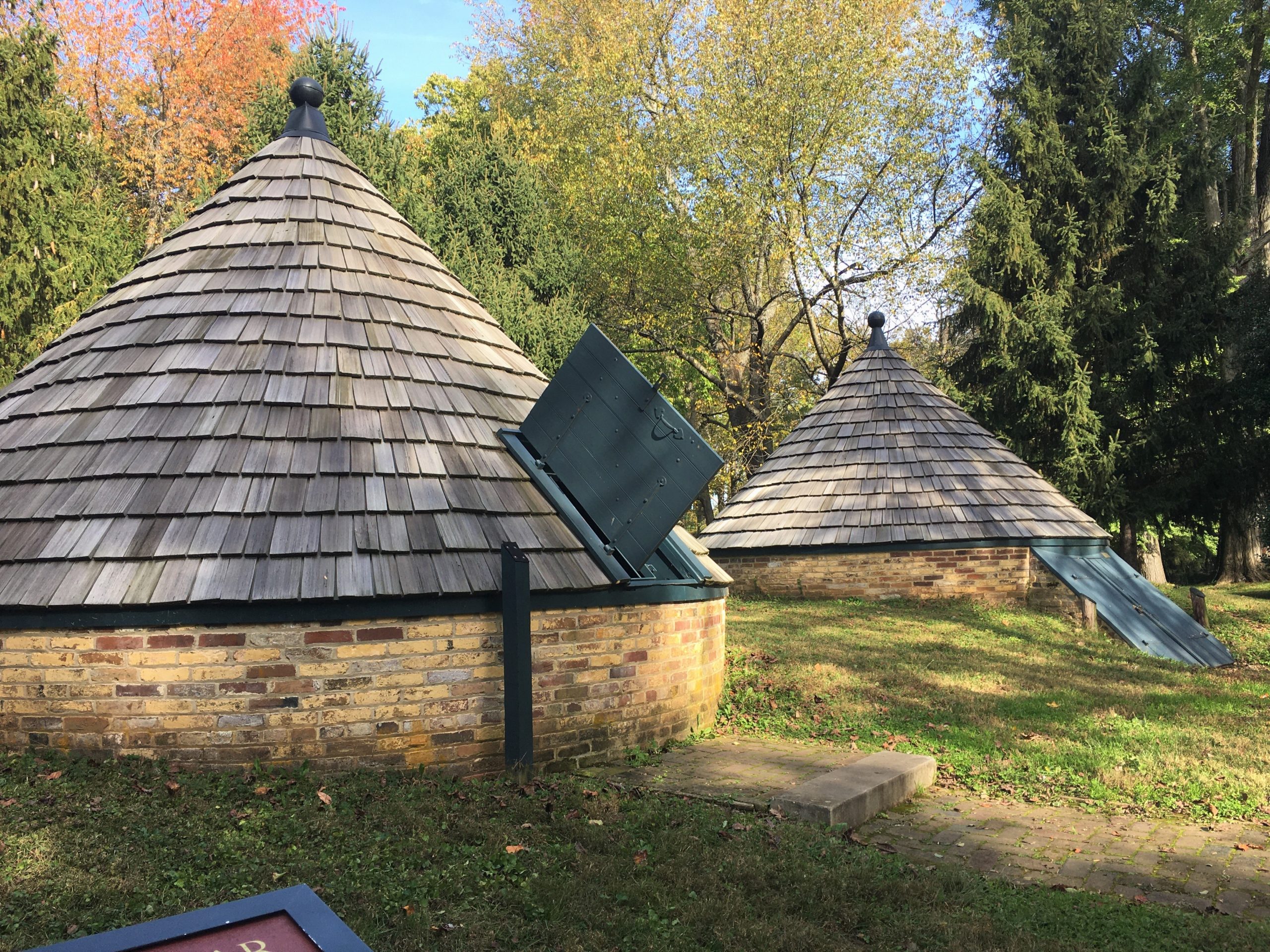
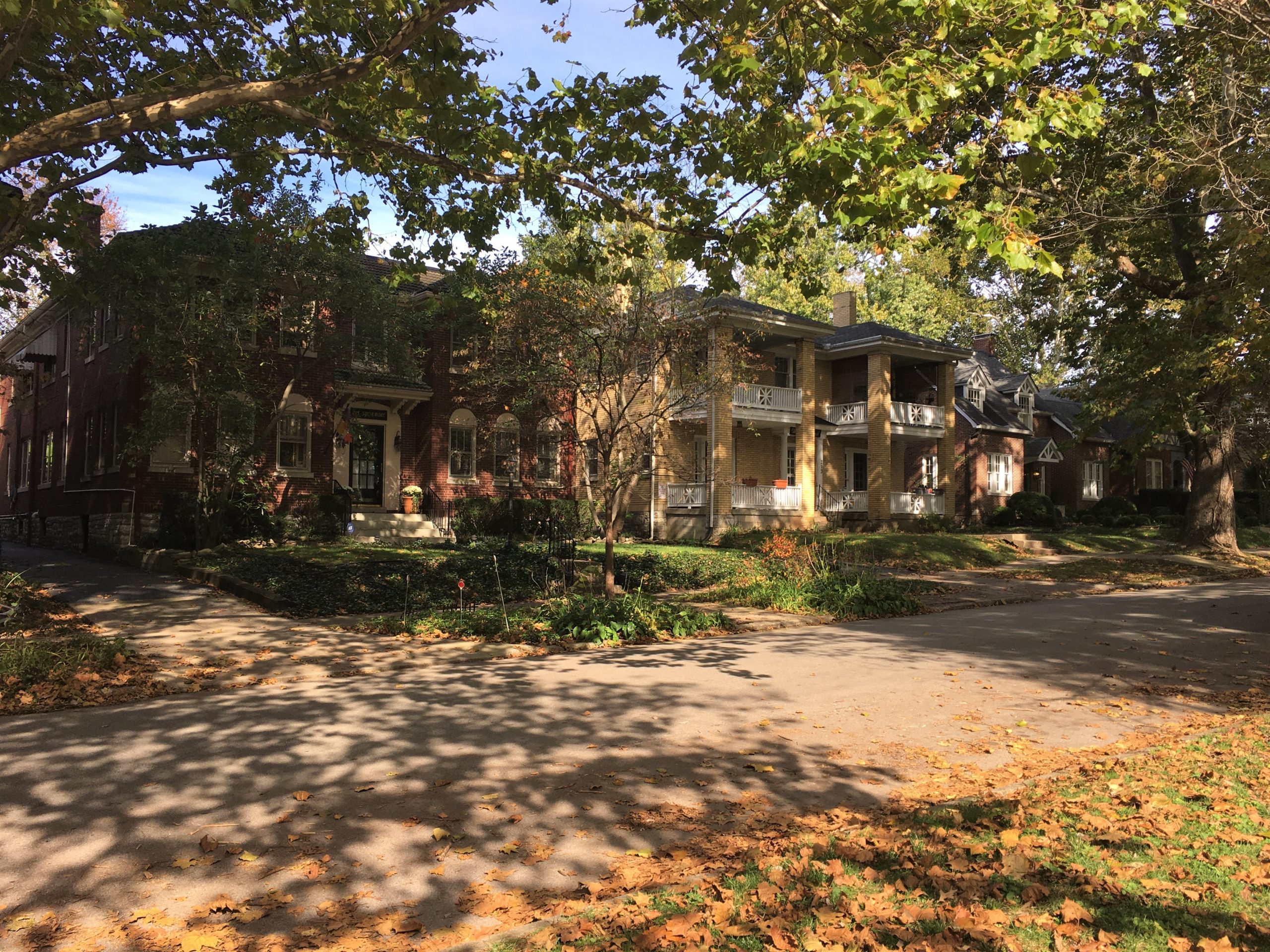
Nearby, was the home Mary Todd Lincoln lived in for six years of her pre-married life. We were really surprised it’s remained intact and restored because it sits in the middle of skyscrapers and businesses. The setting reminded me of a children’s book called “The Little House” published in 1942, by Virginia Lee Burton. You can look it up if you’re interested. 😊
As you’ll see in the information pictures I took, Mary lived in this house until she was twenty. At that time, her older sister brought her to Springfield, Illinois, and the rest, as they say, is history.
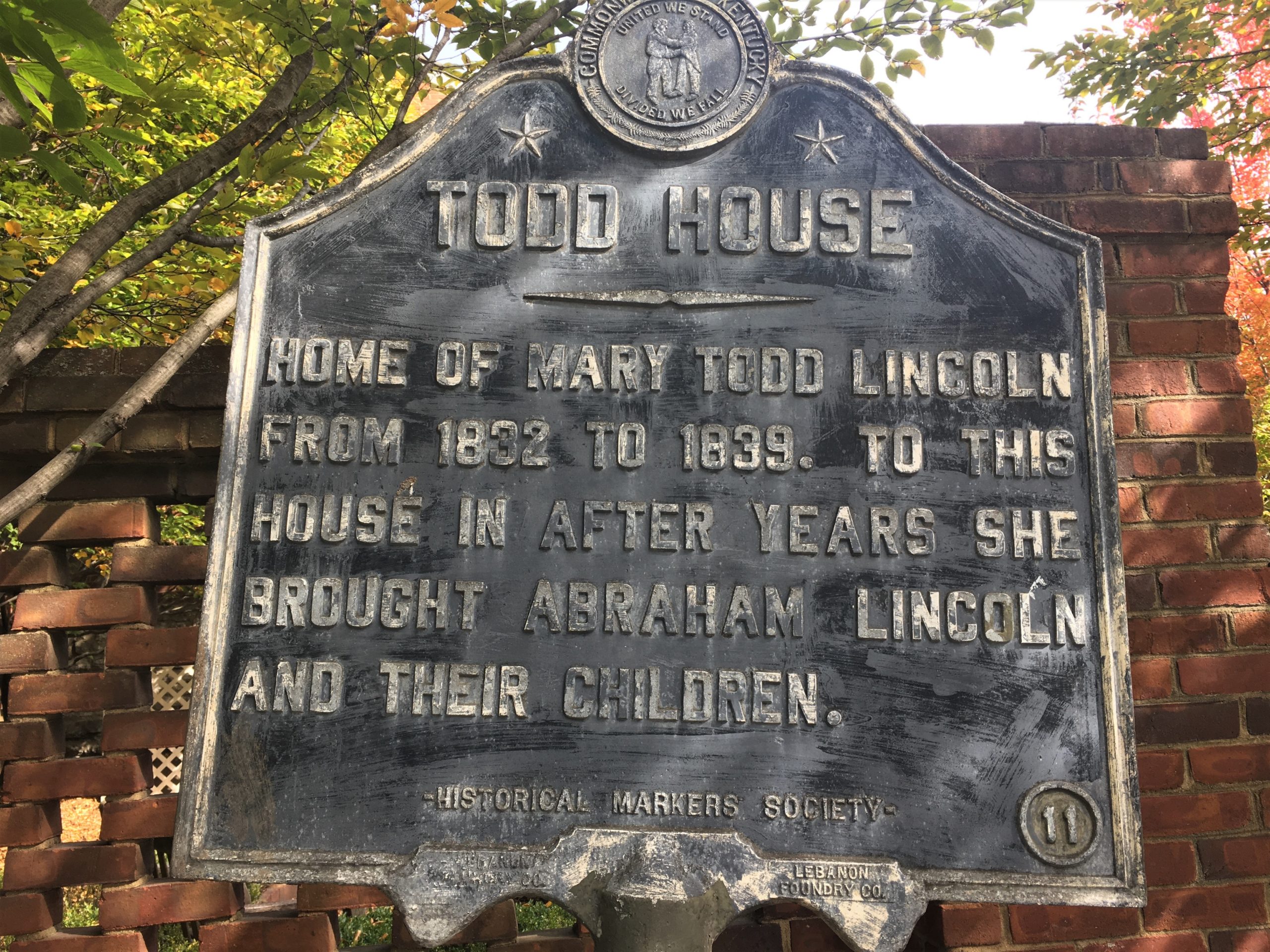

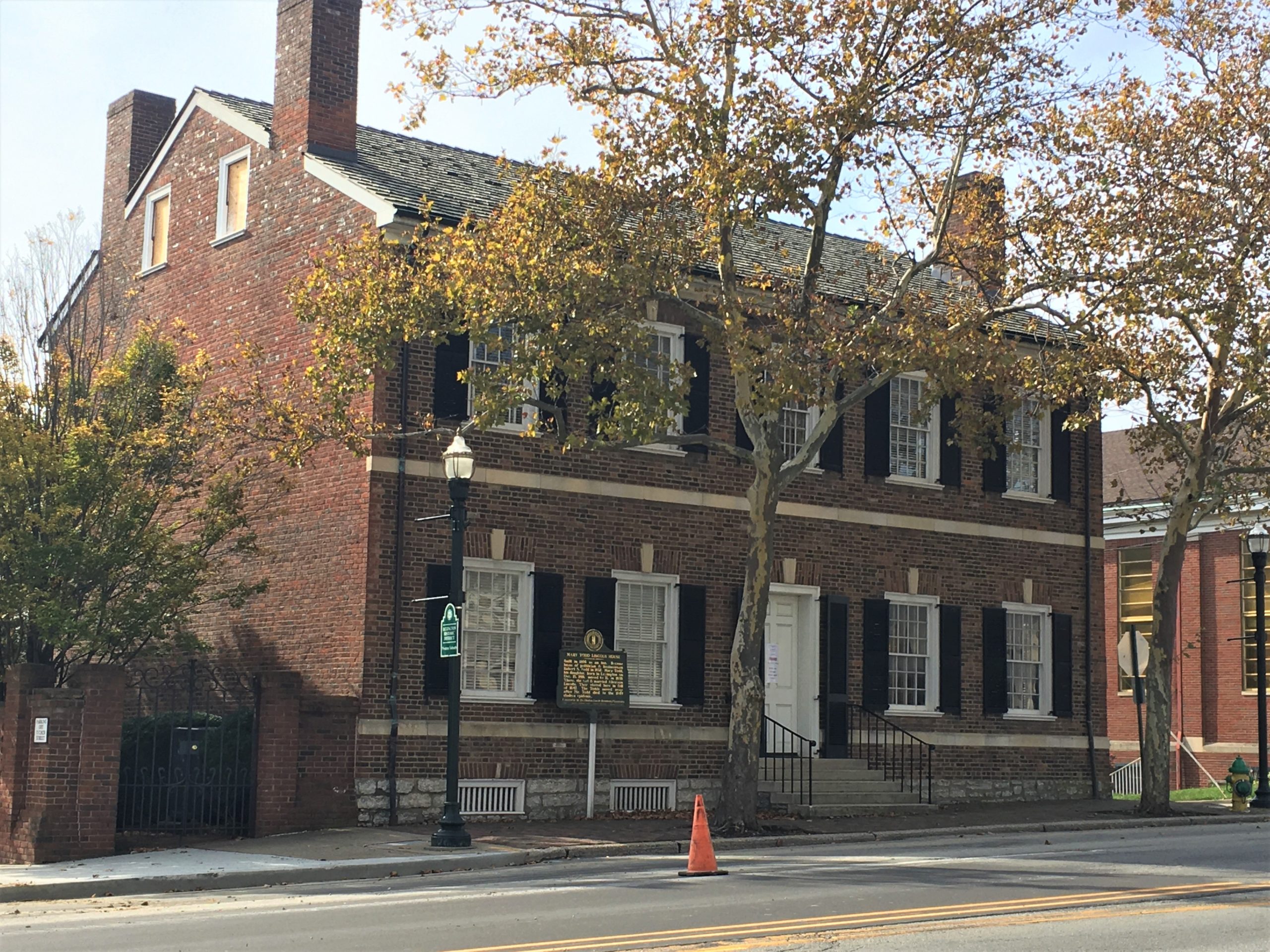
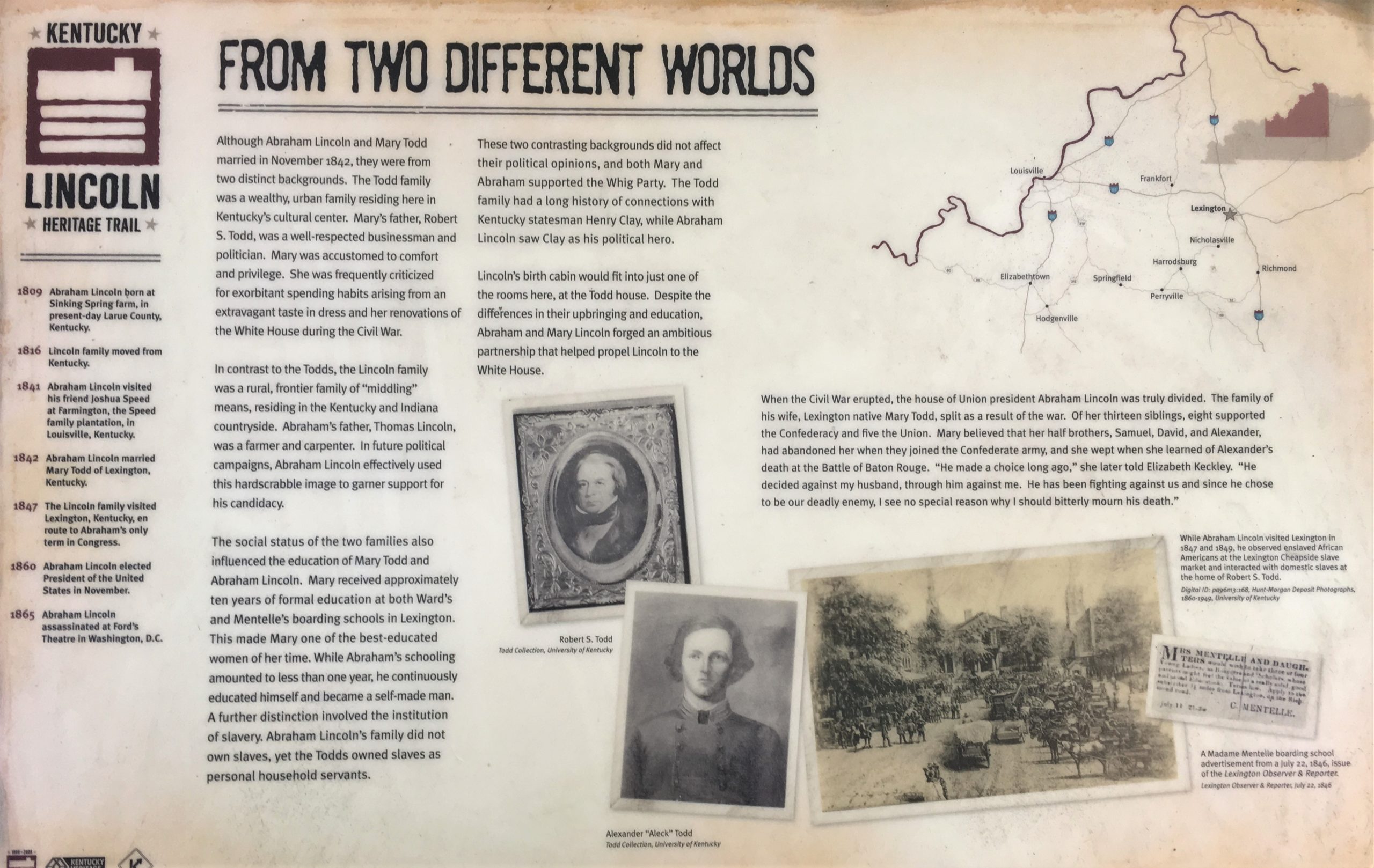

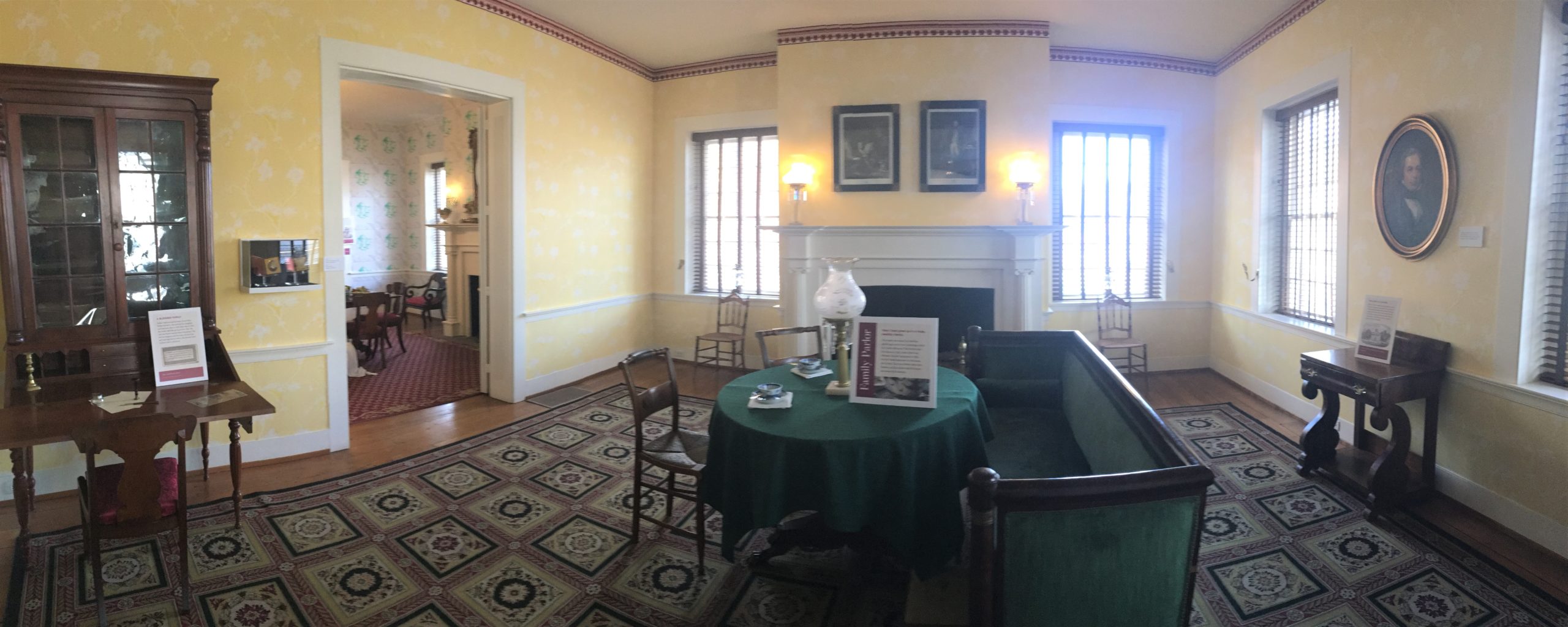
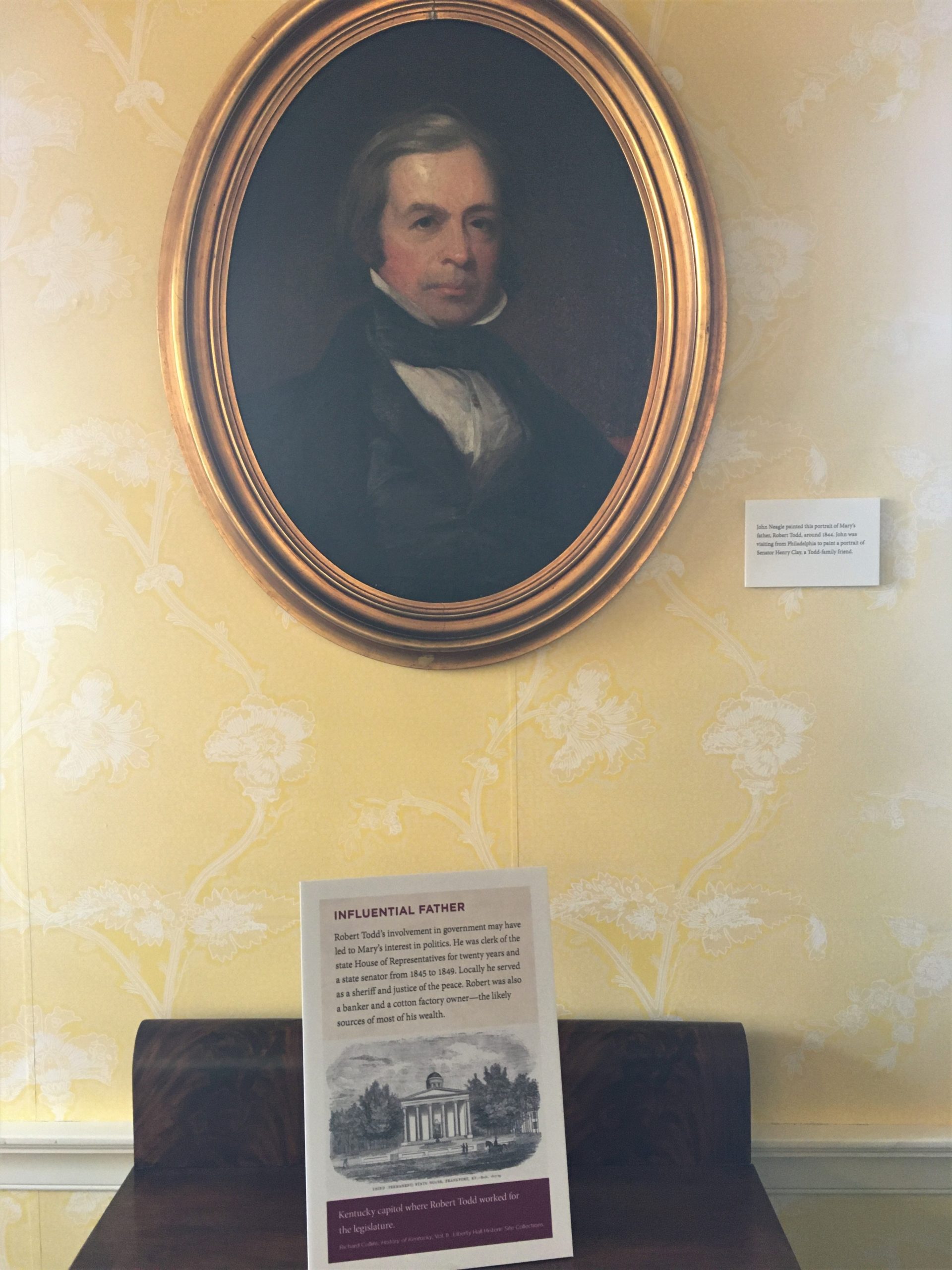
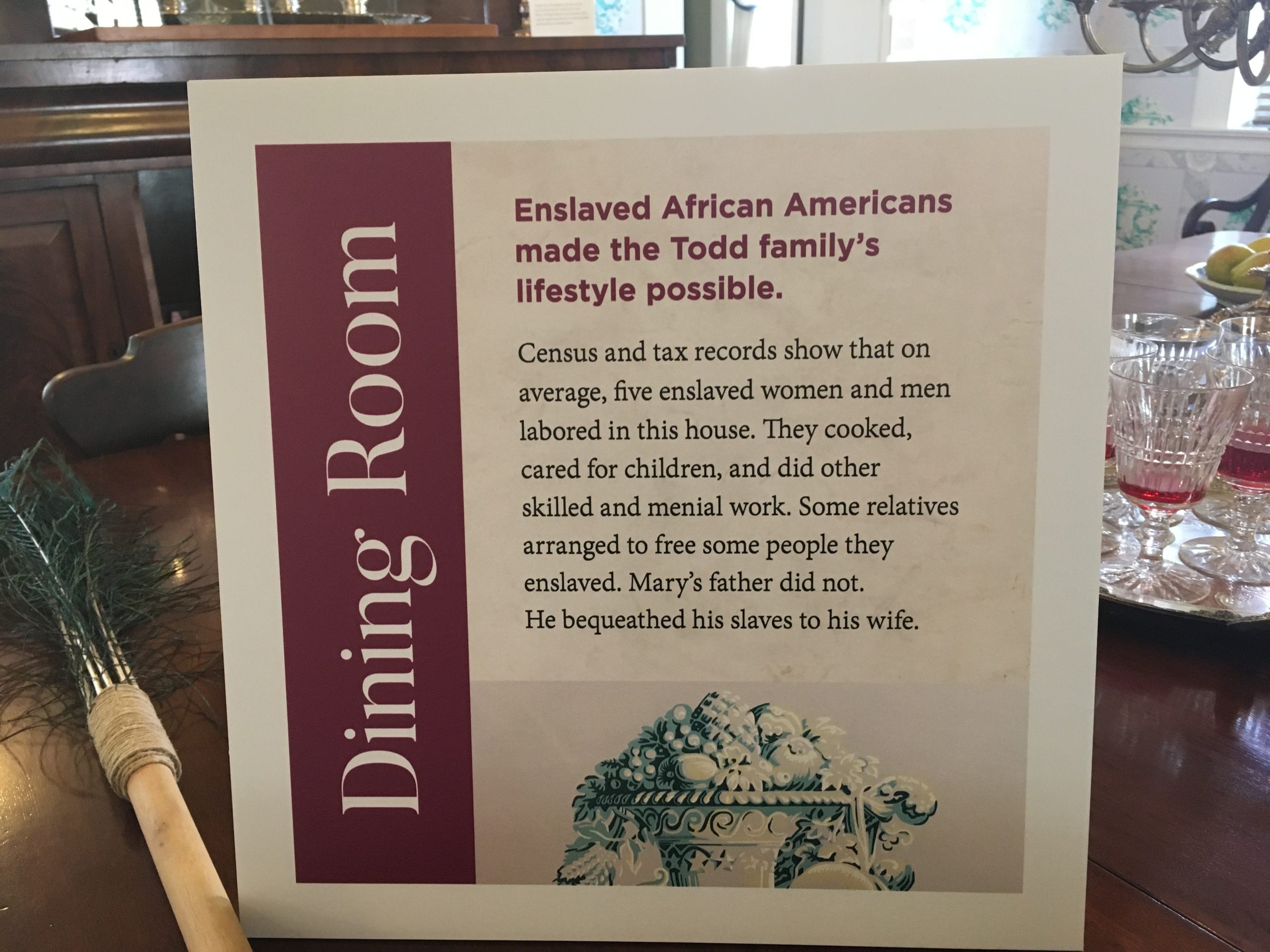
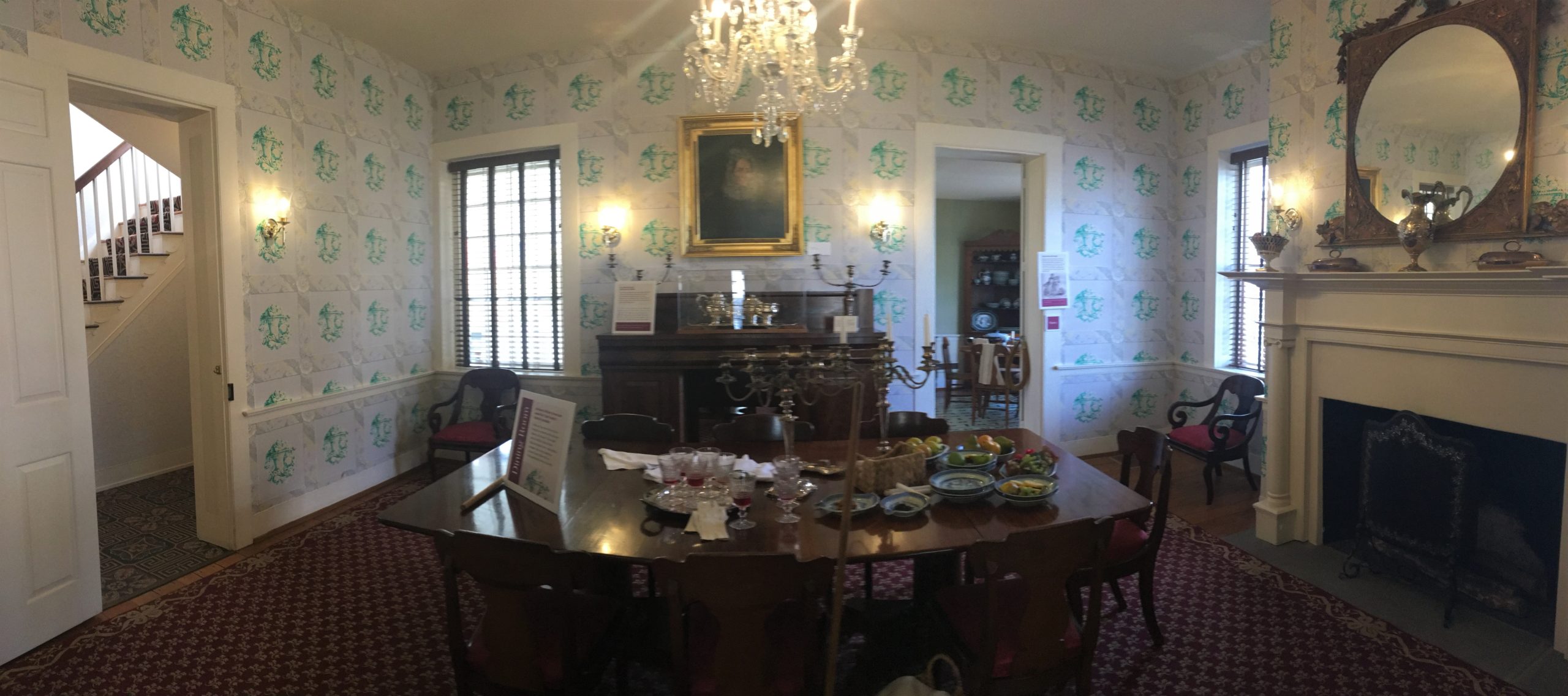
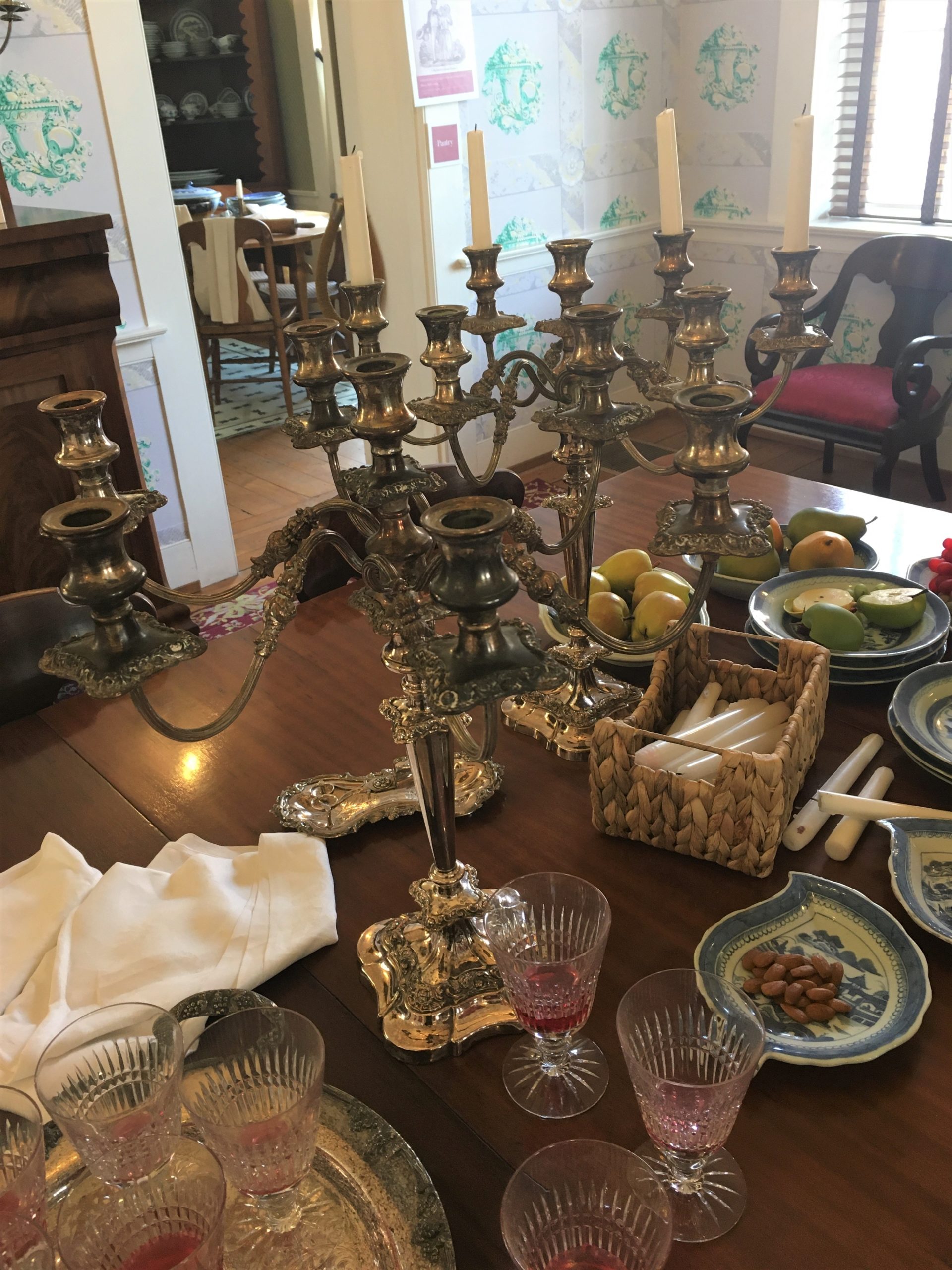

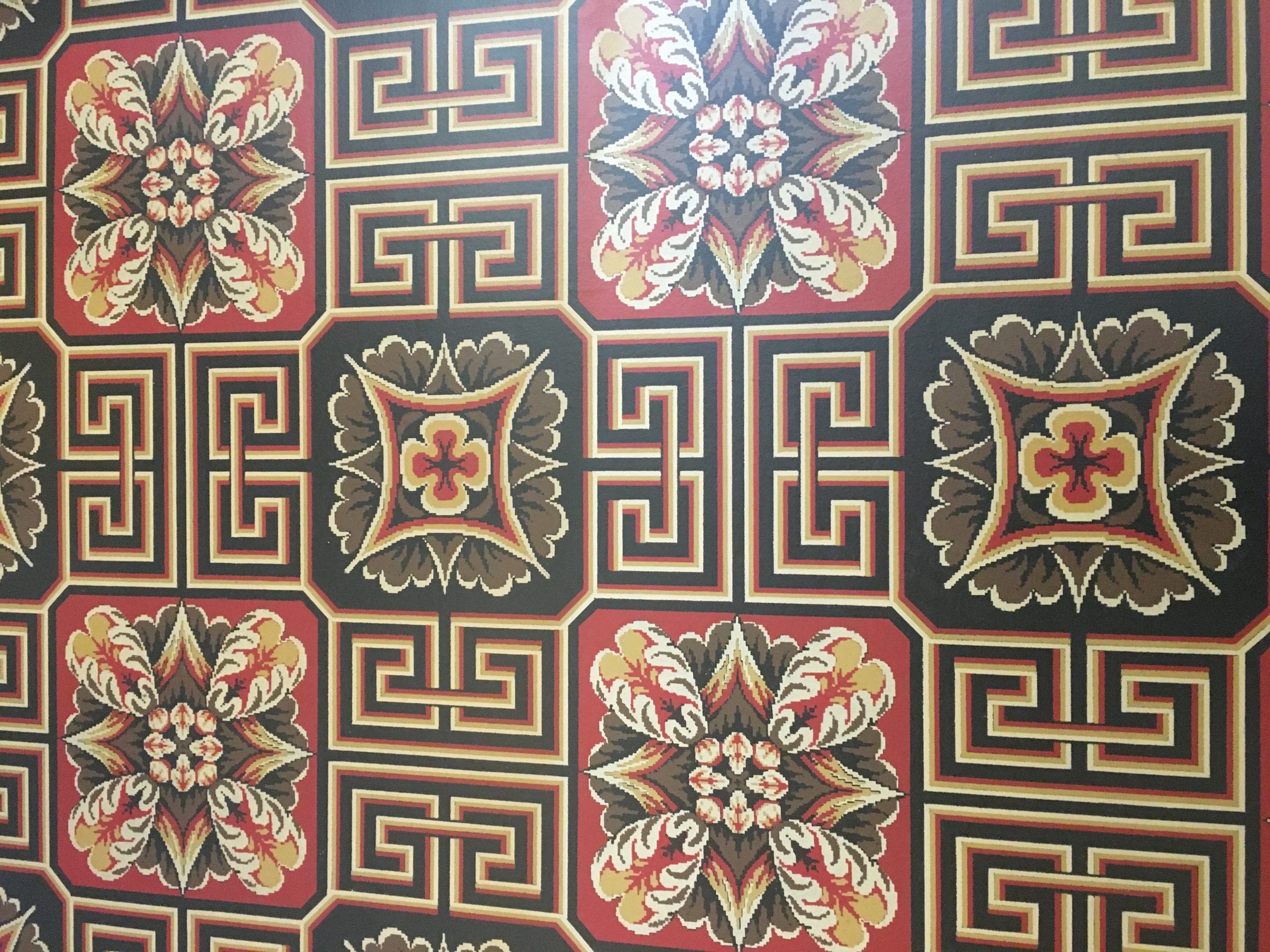
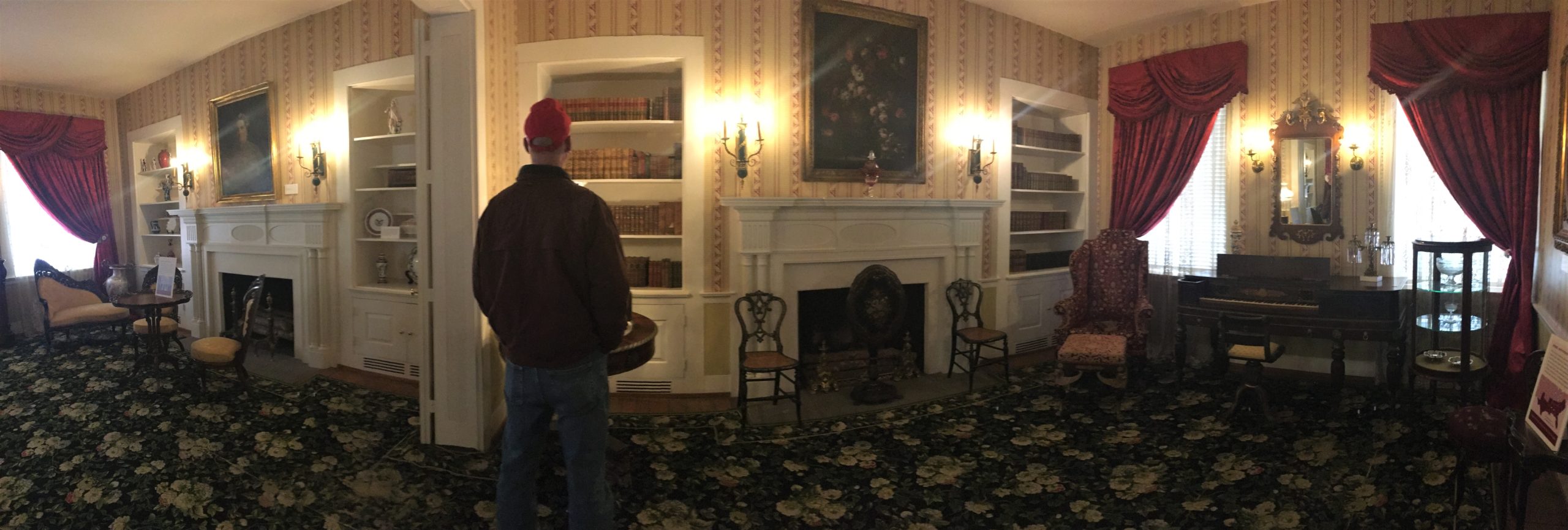
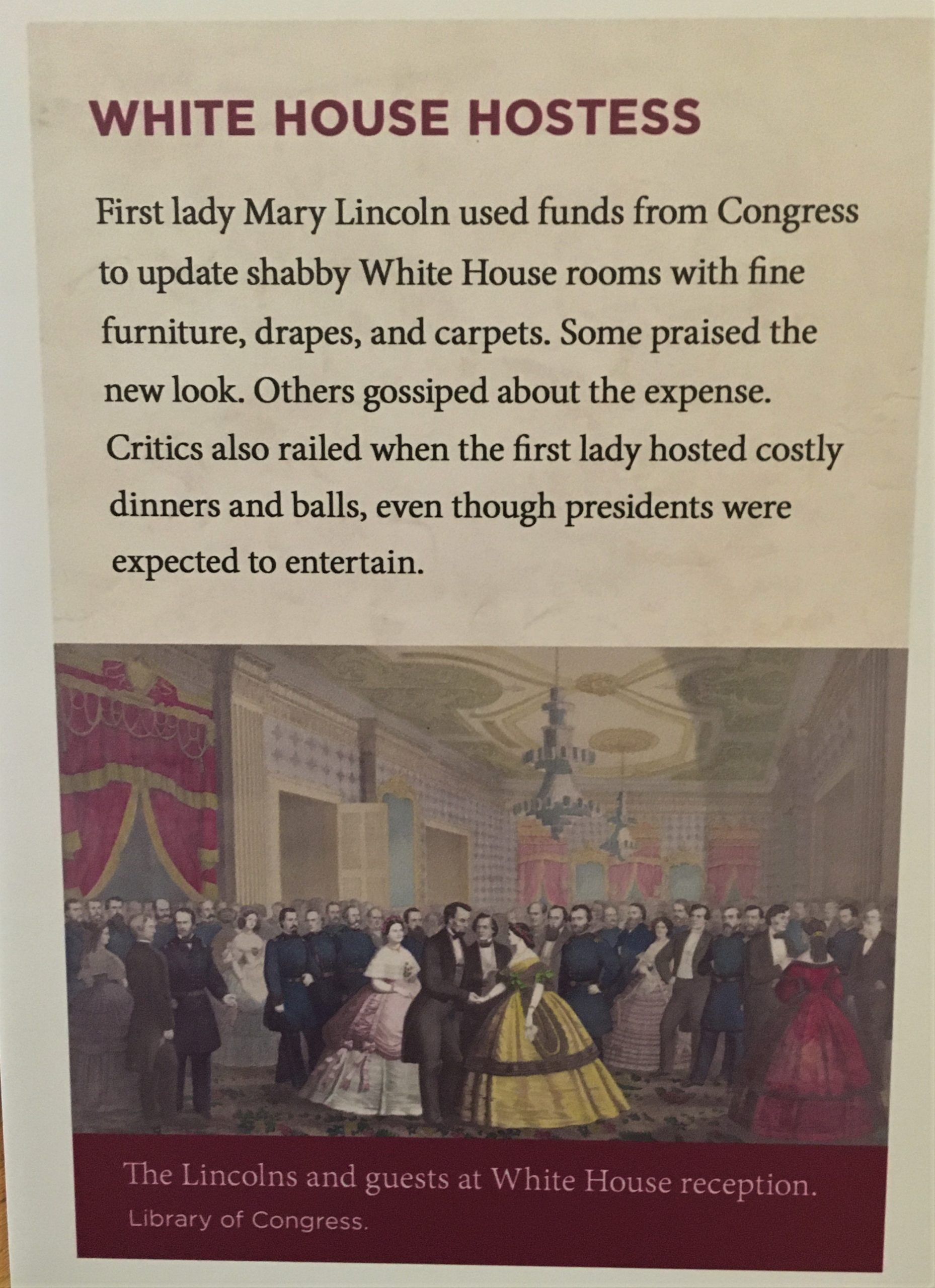
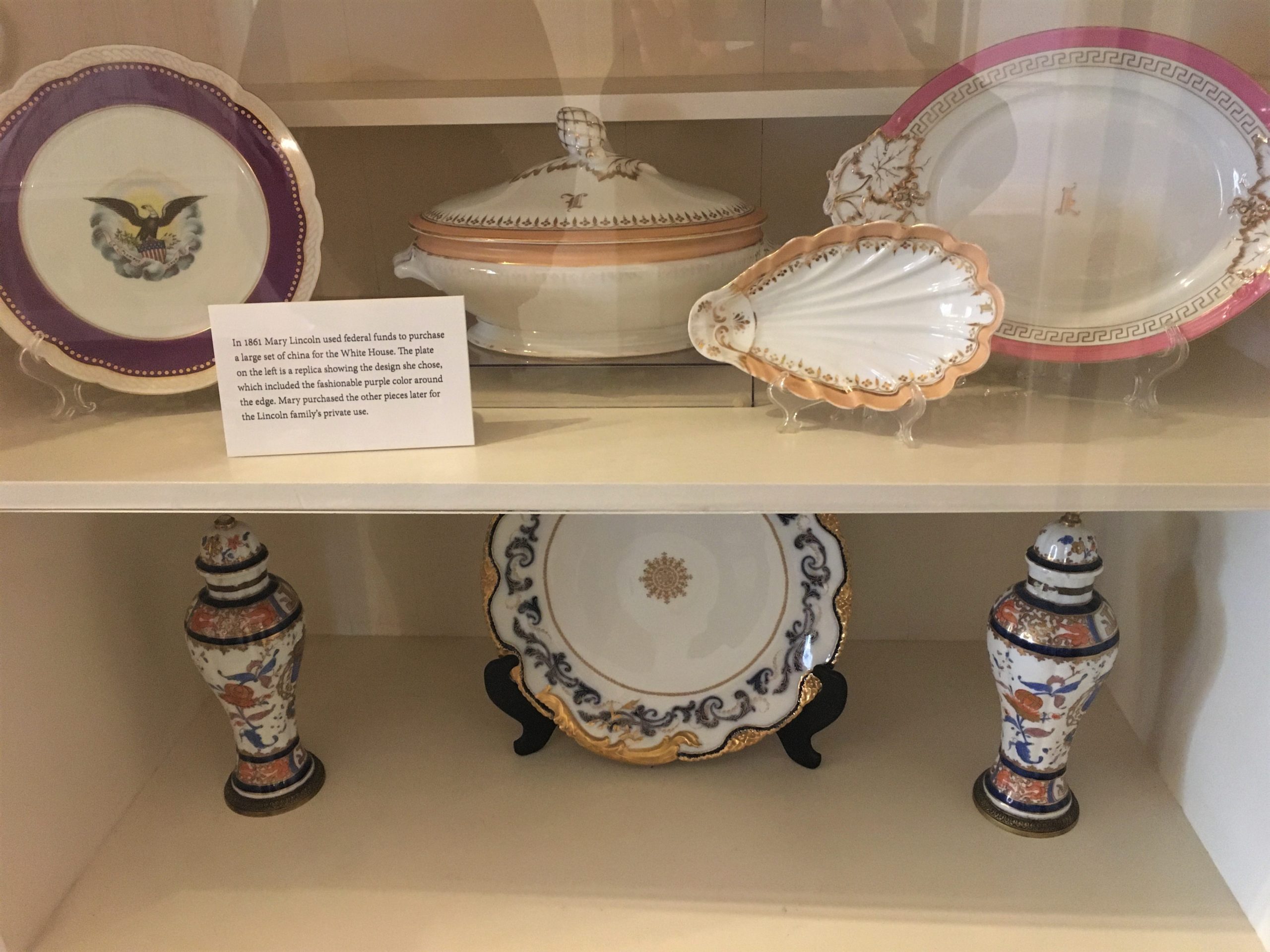
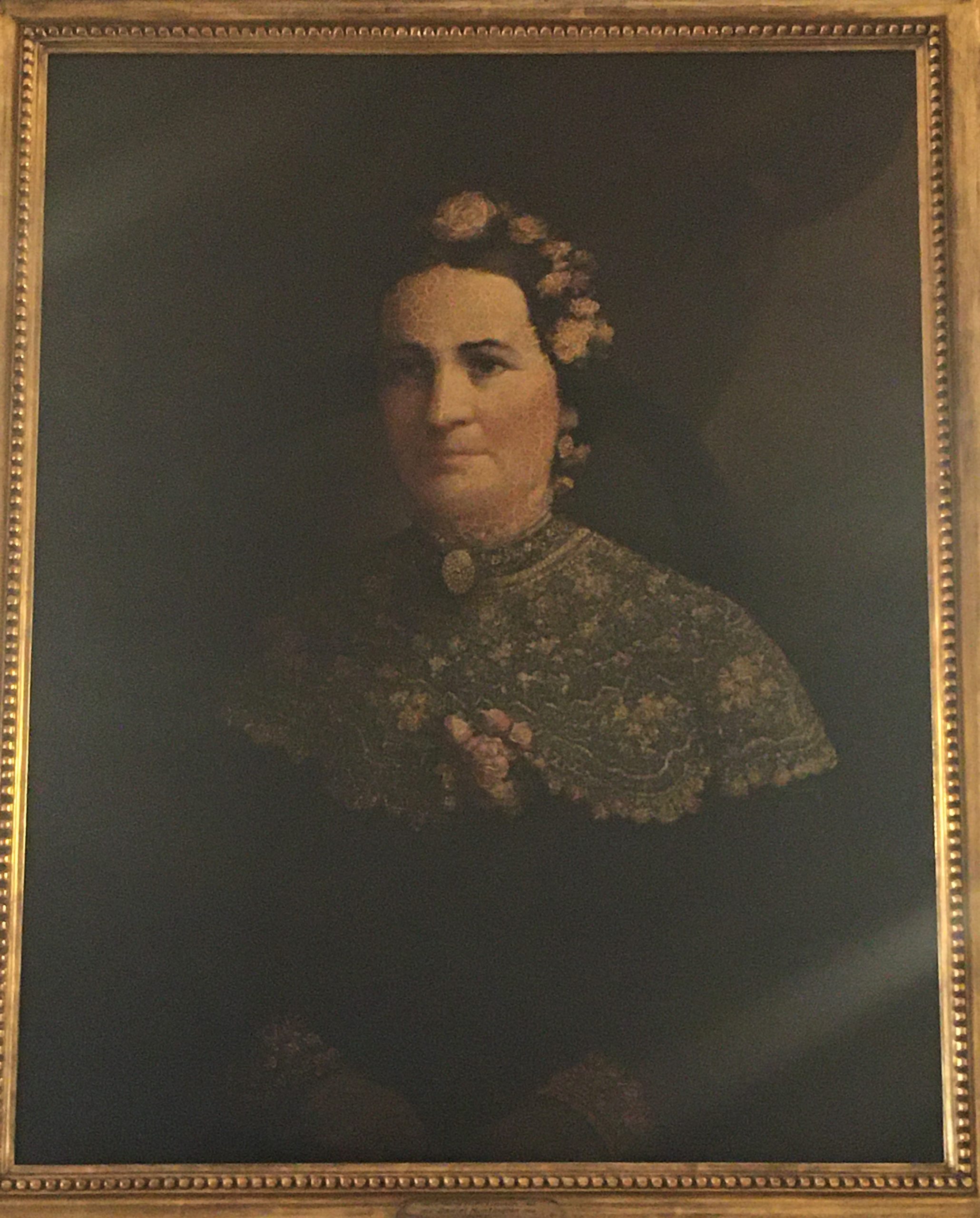
In case you’re scratching your head, Sally played Mary in a movie.
This portrait was done around 1864, a year before she became a widow.
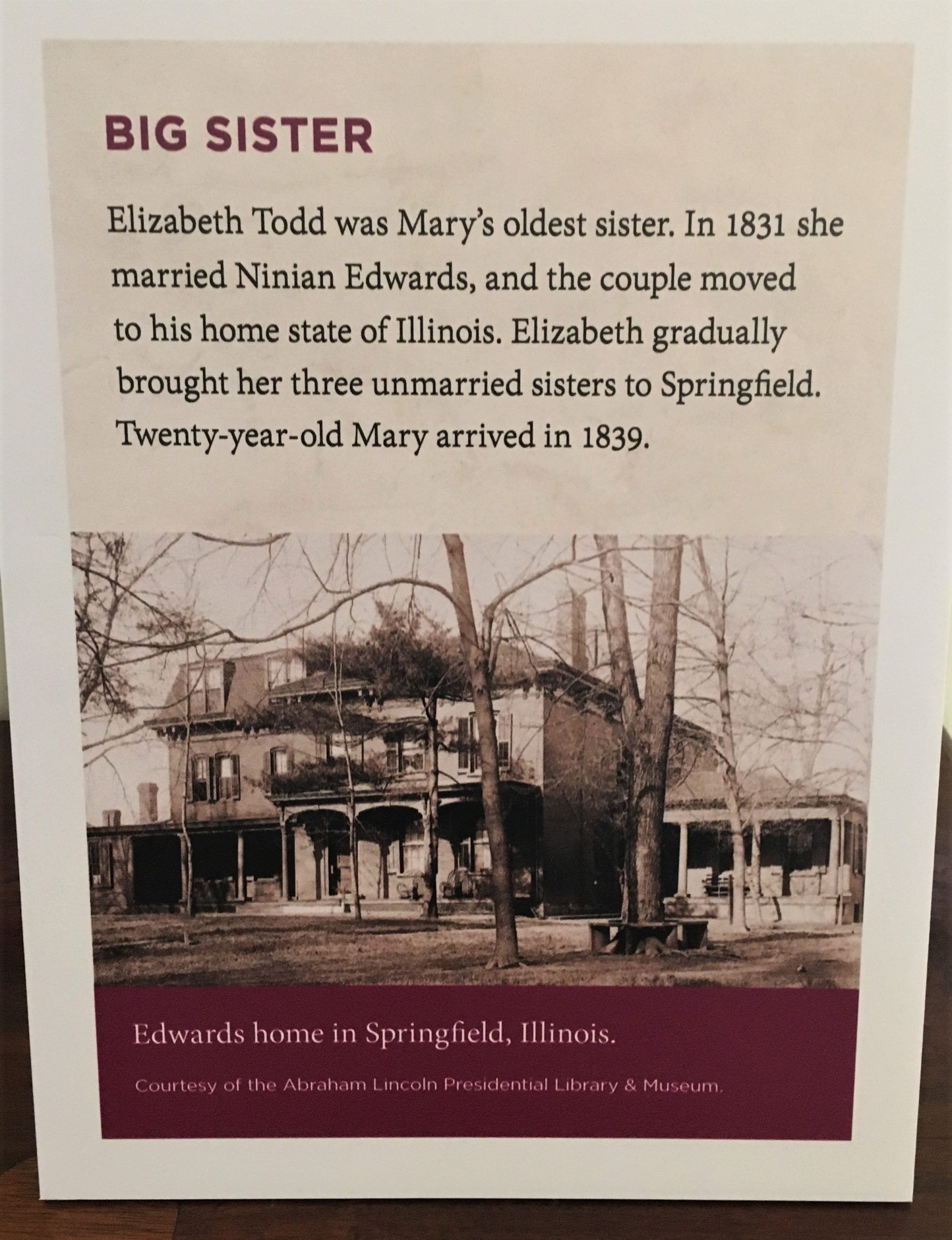

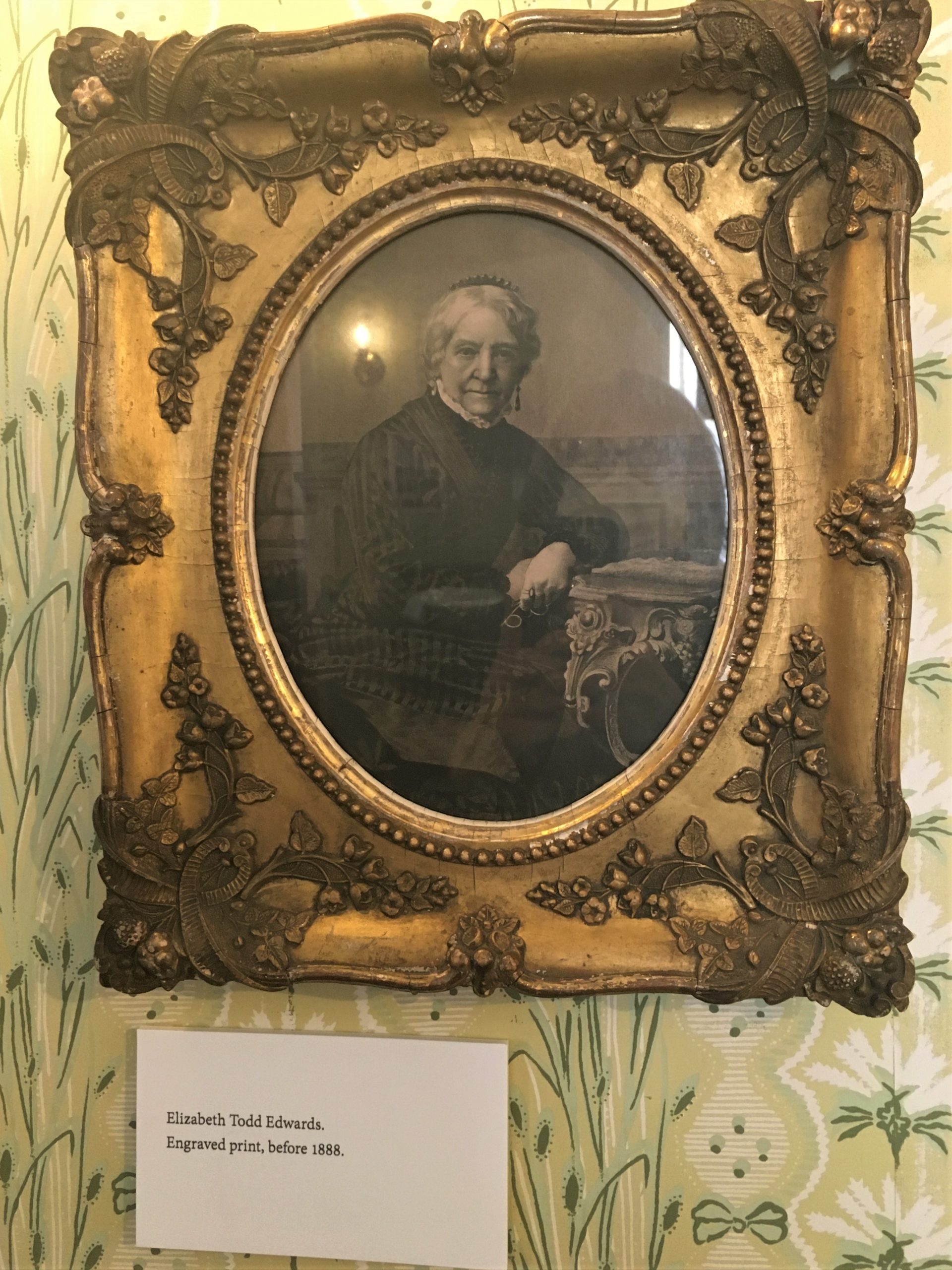

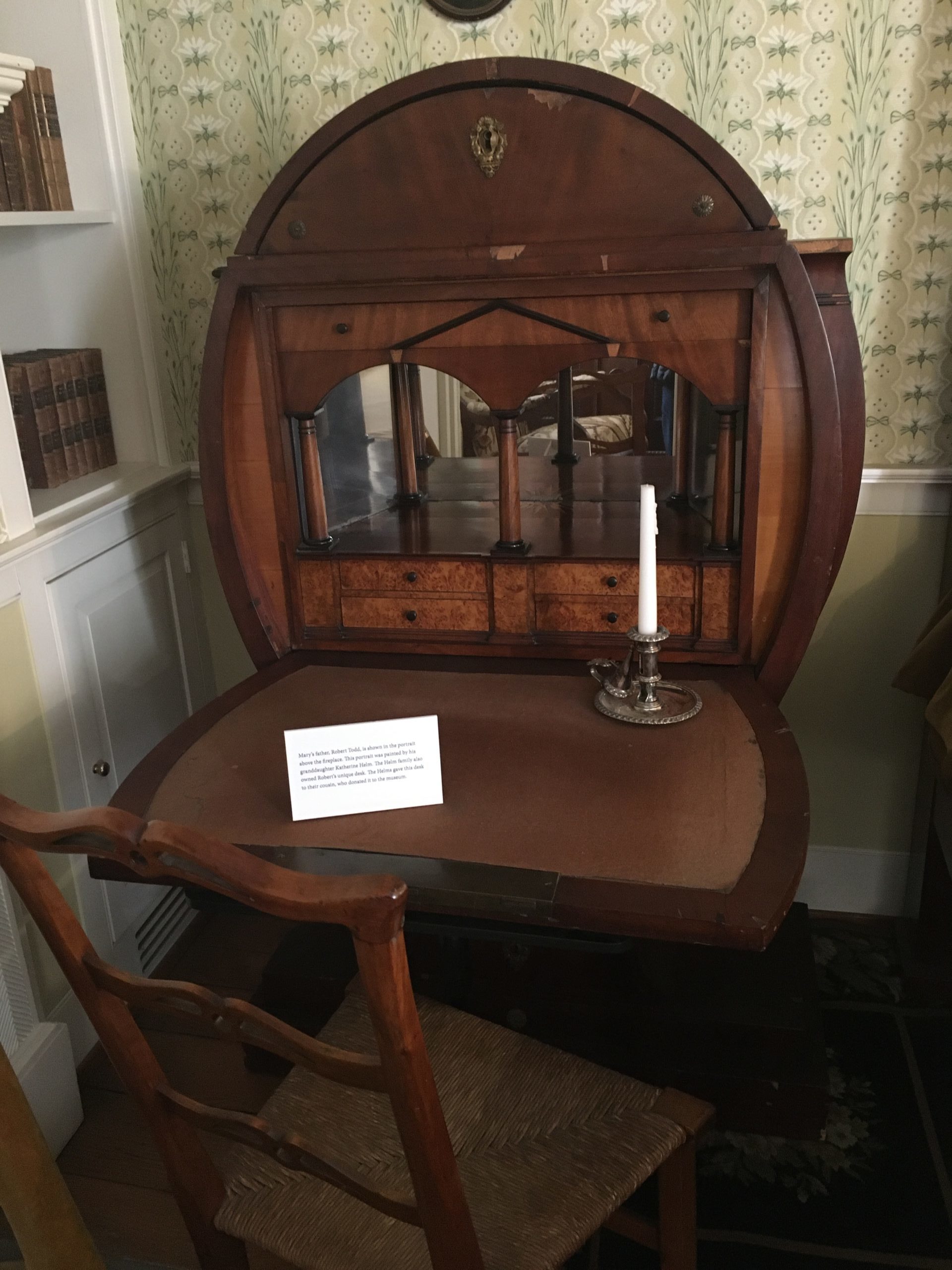
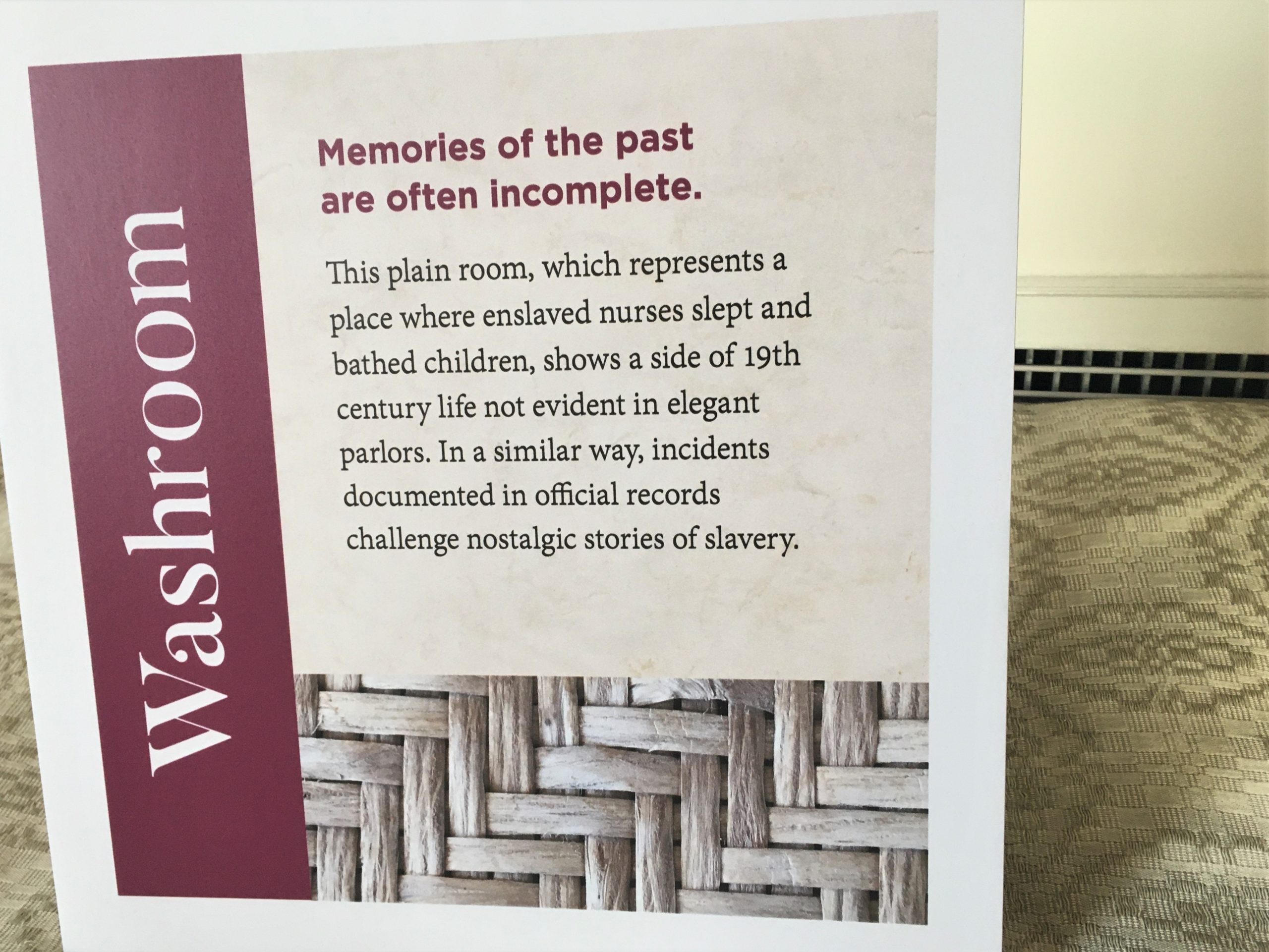

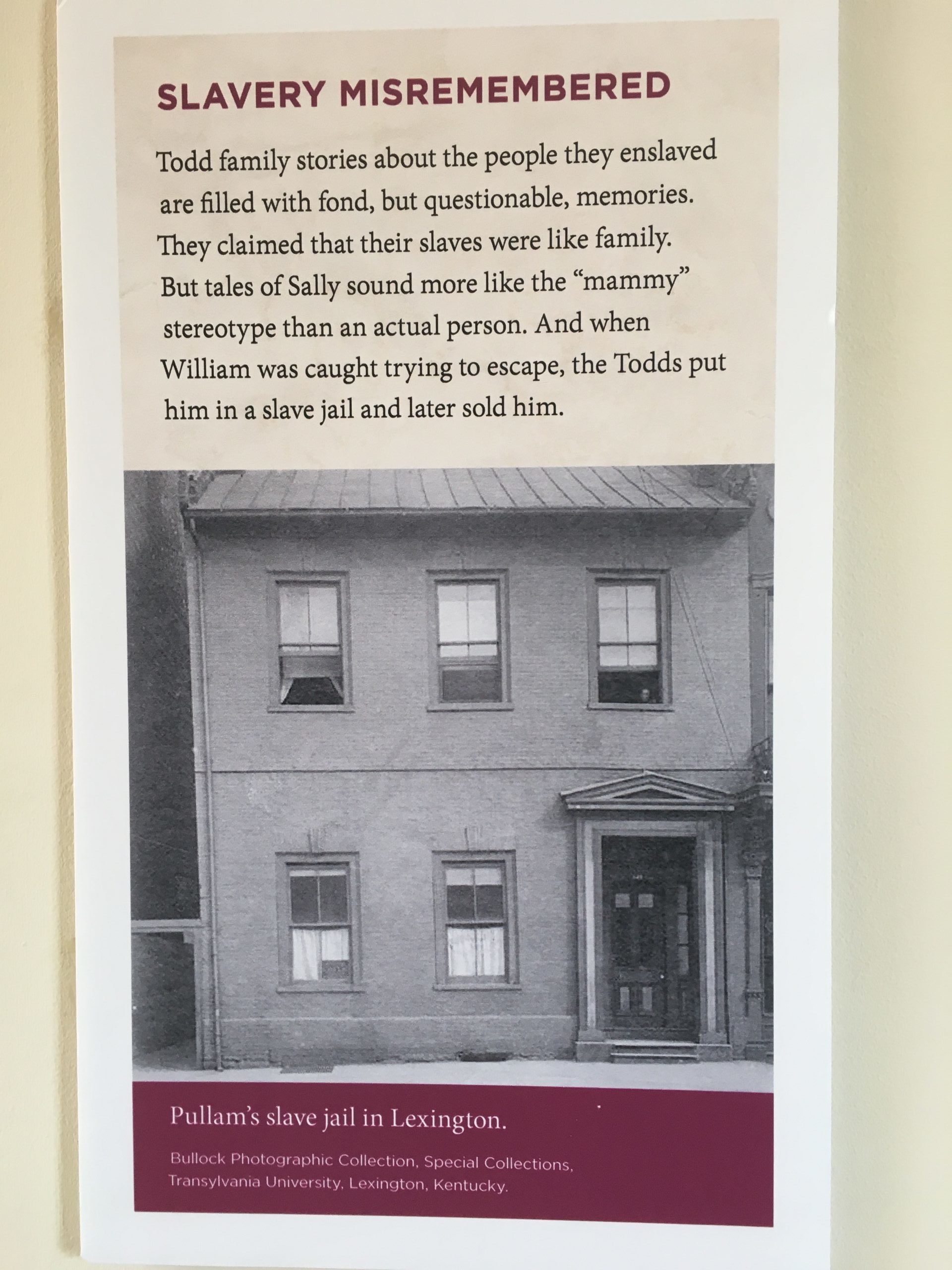
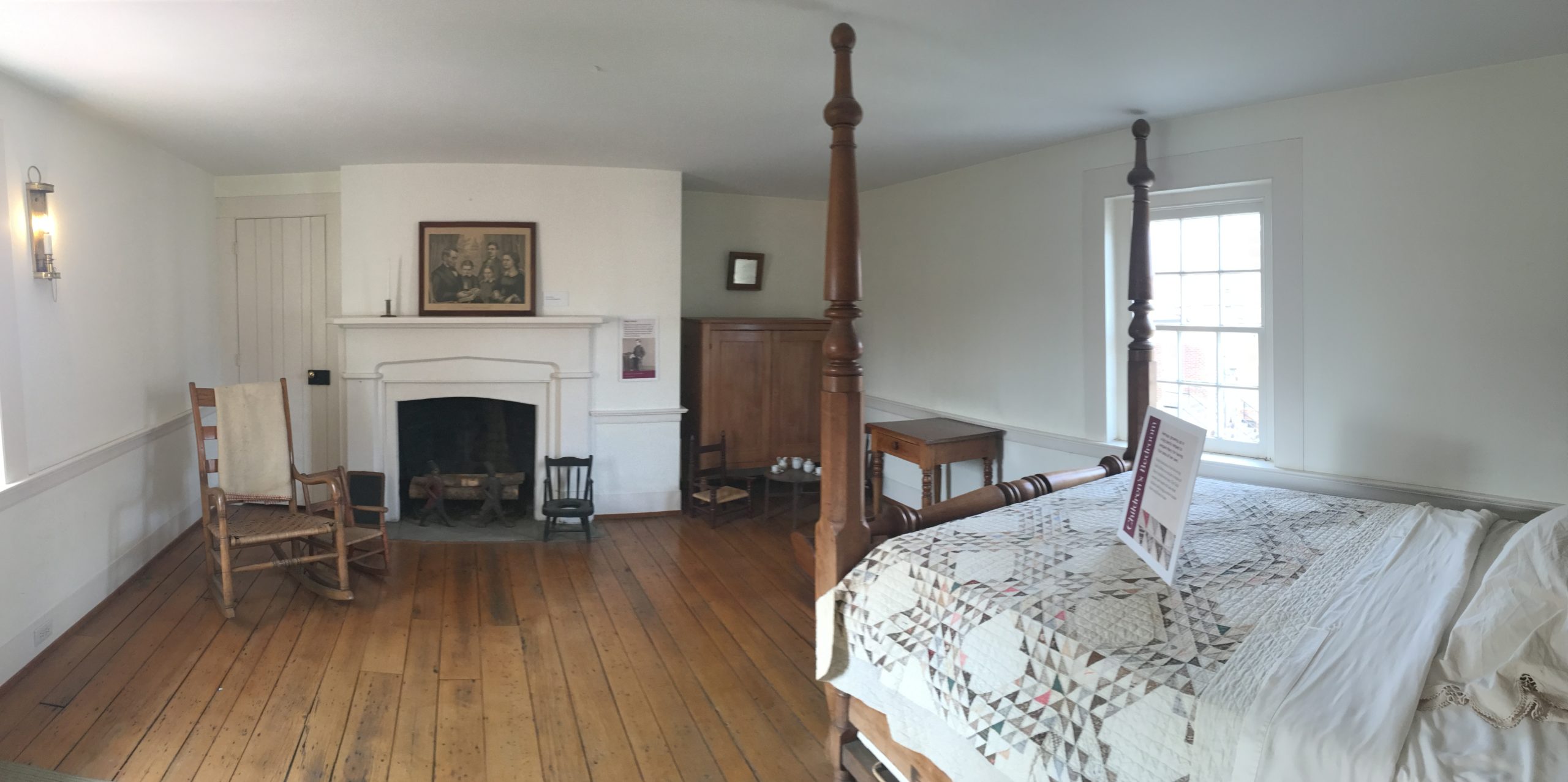
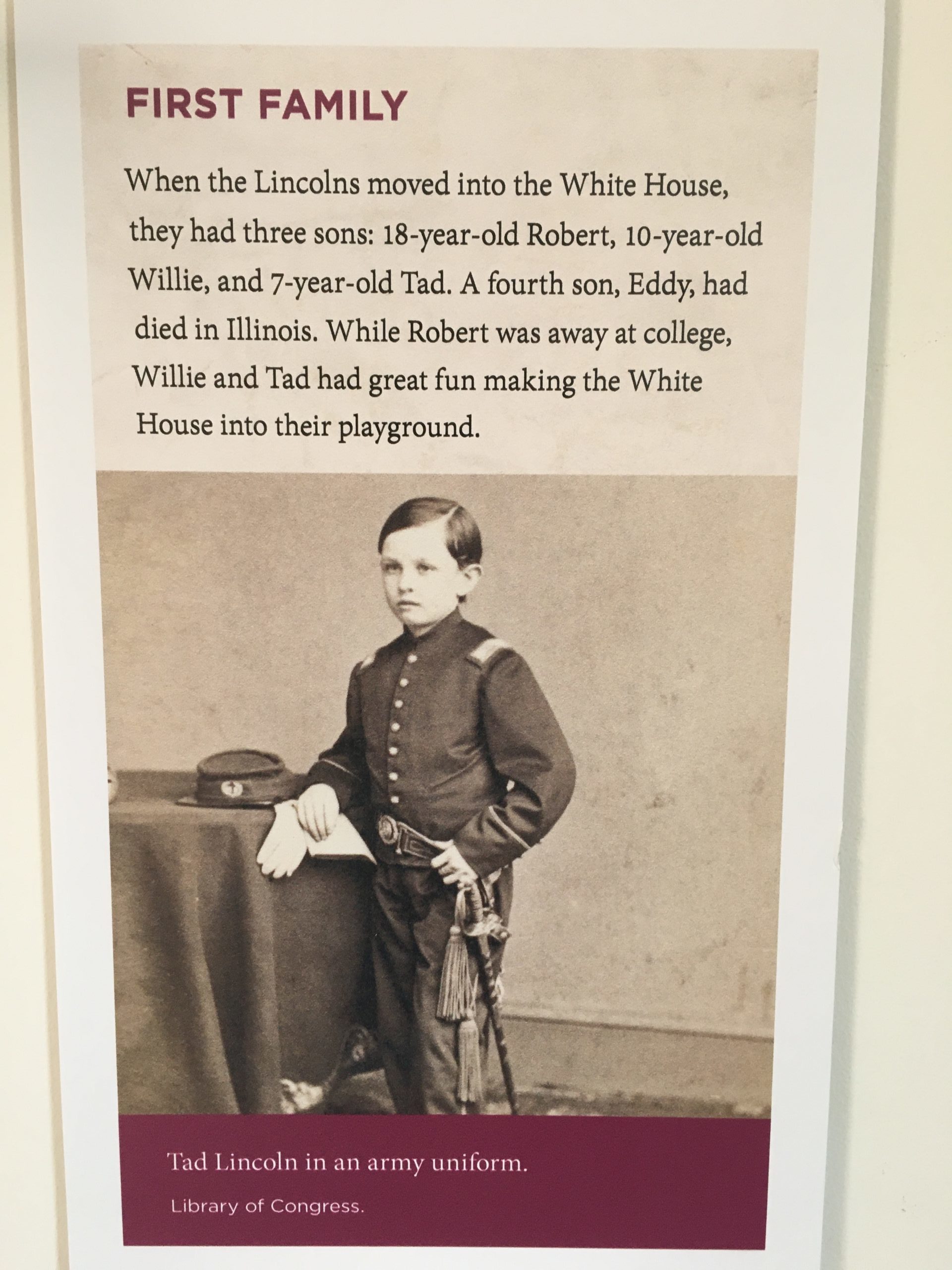
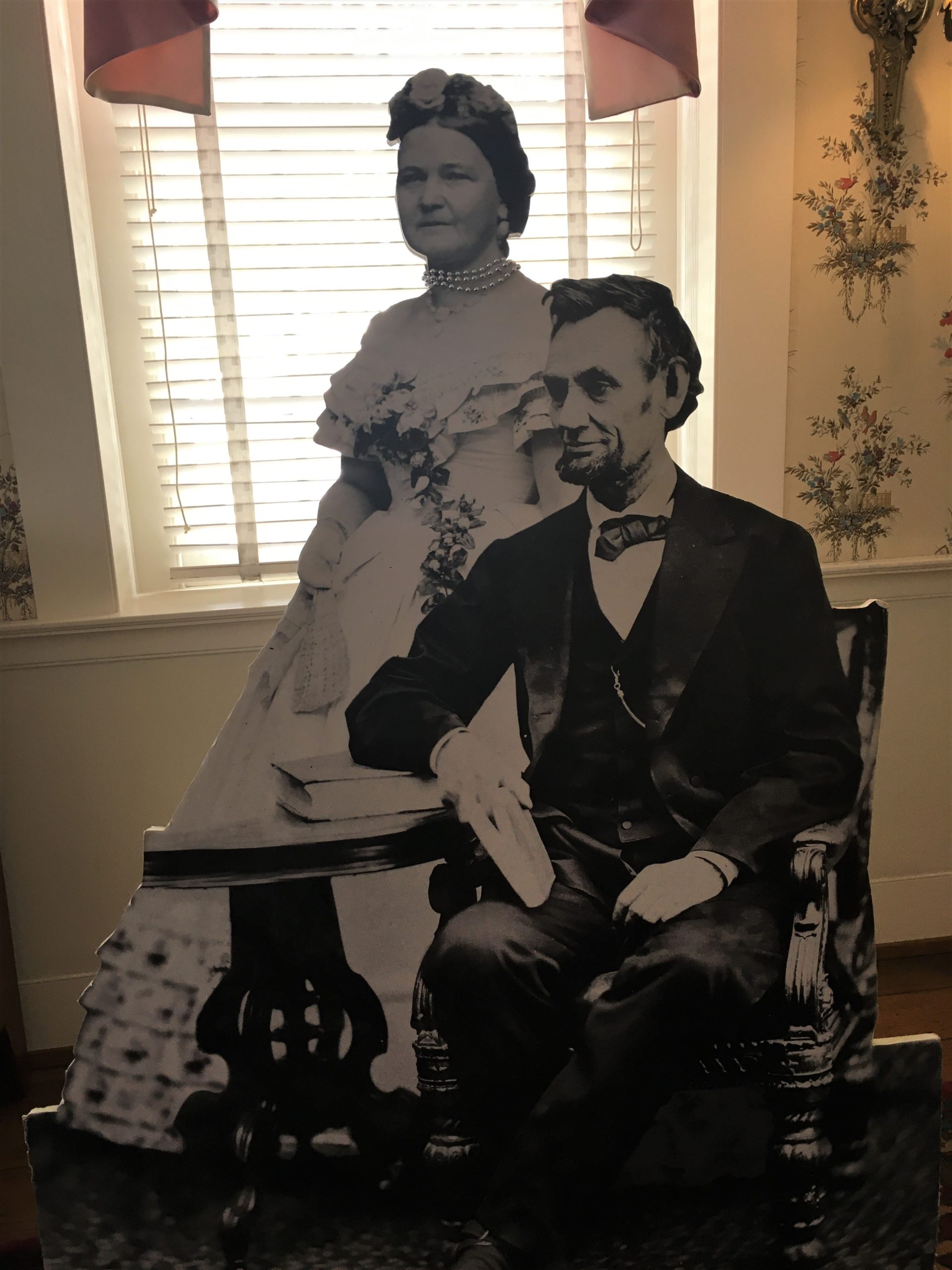
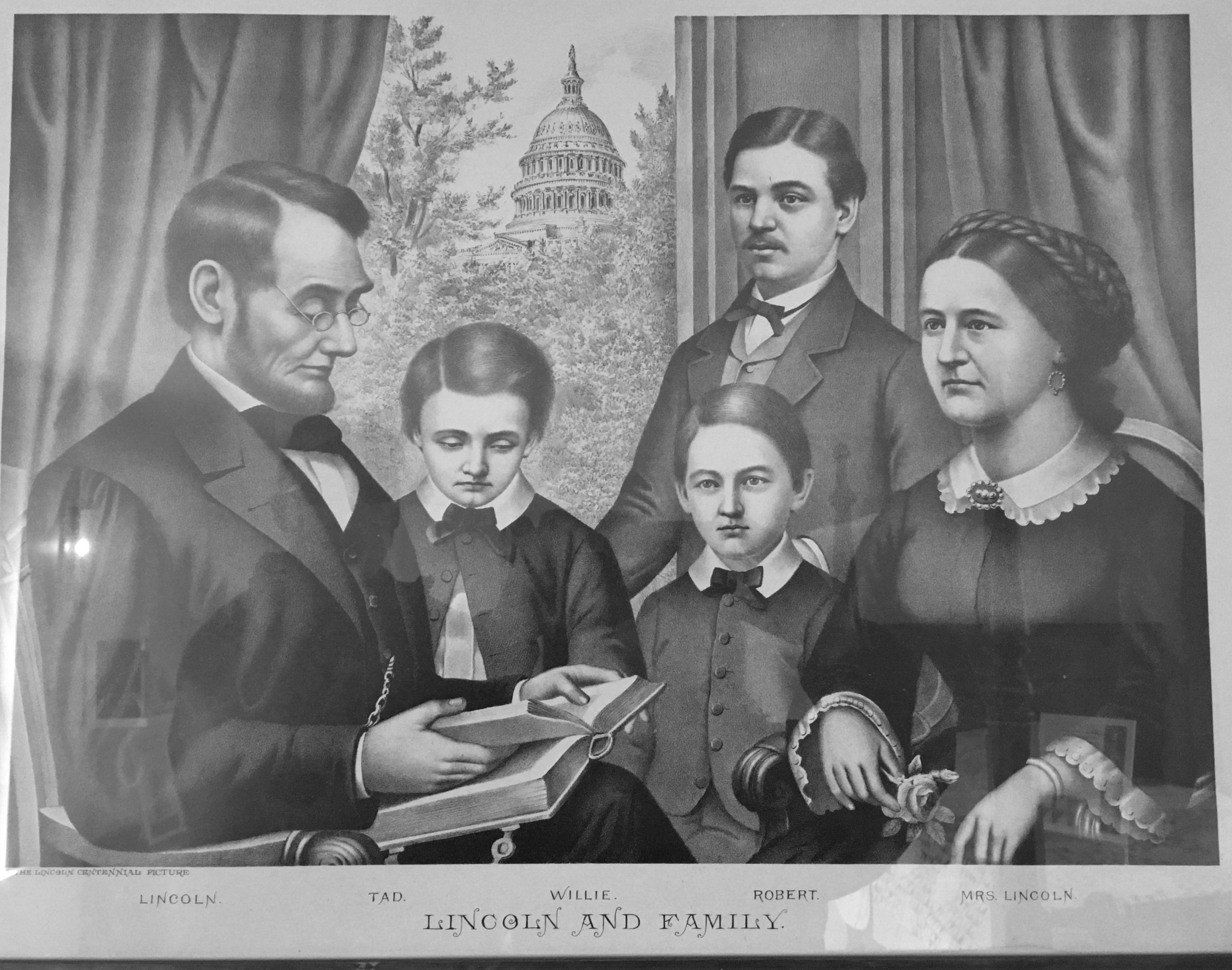
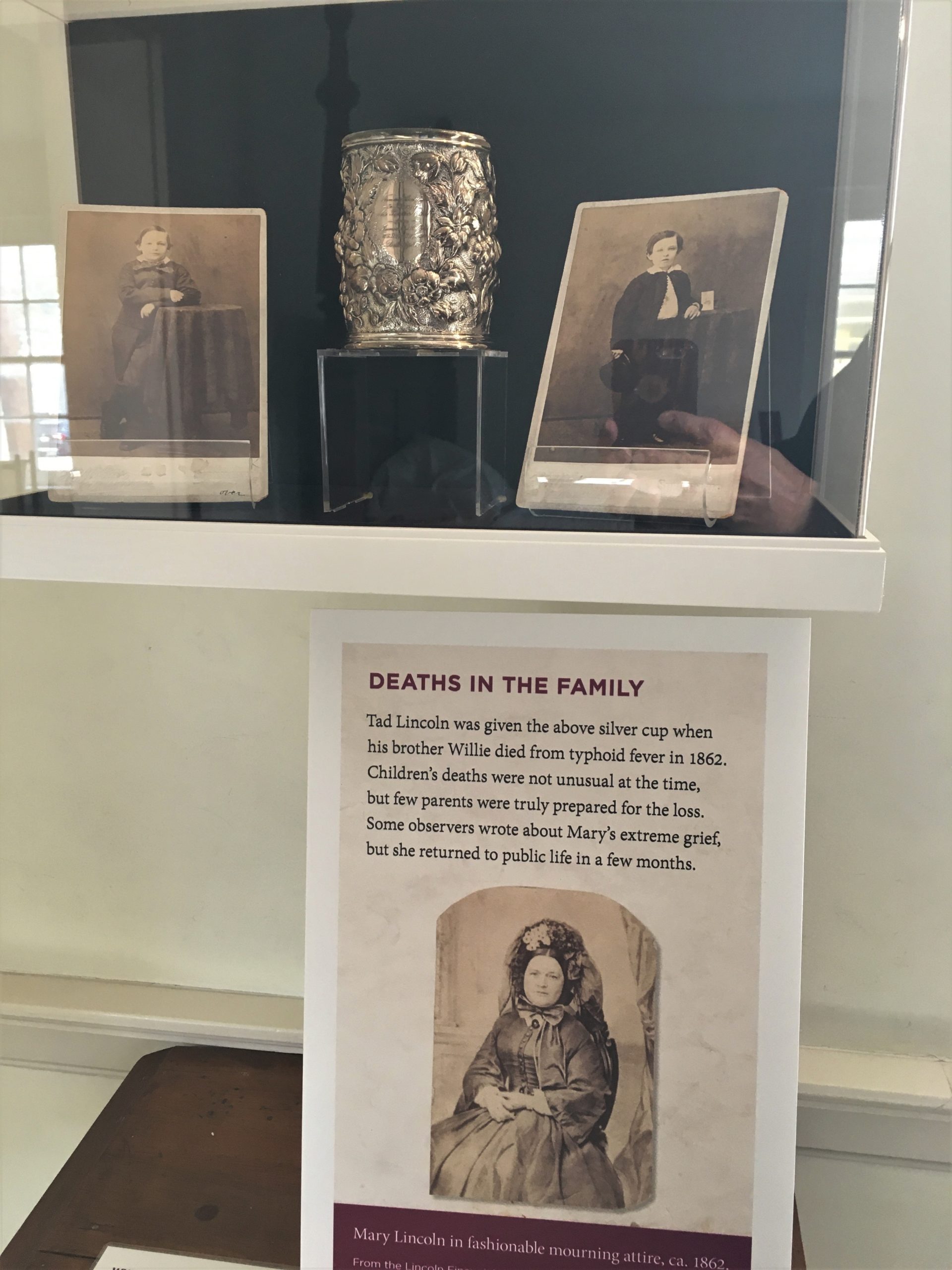

An adult sending a gift to a child who lost a sibling??

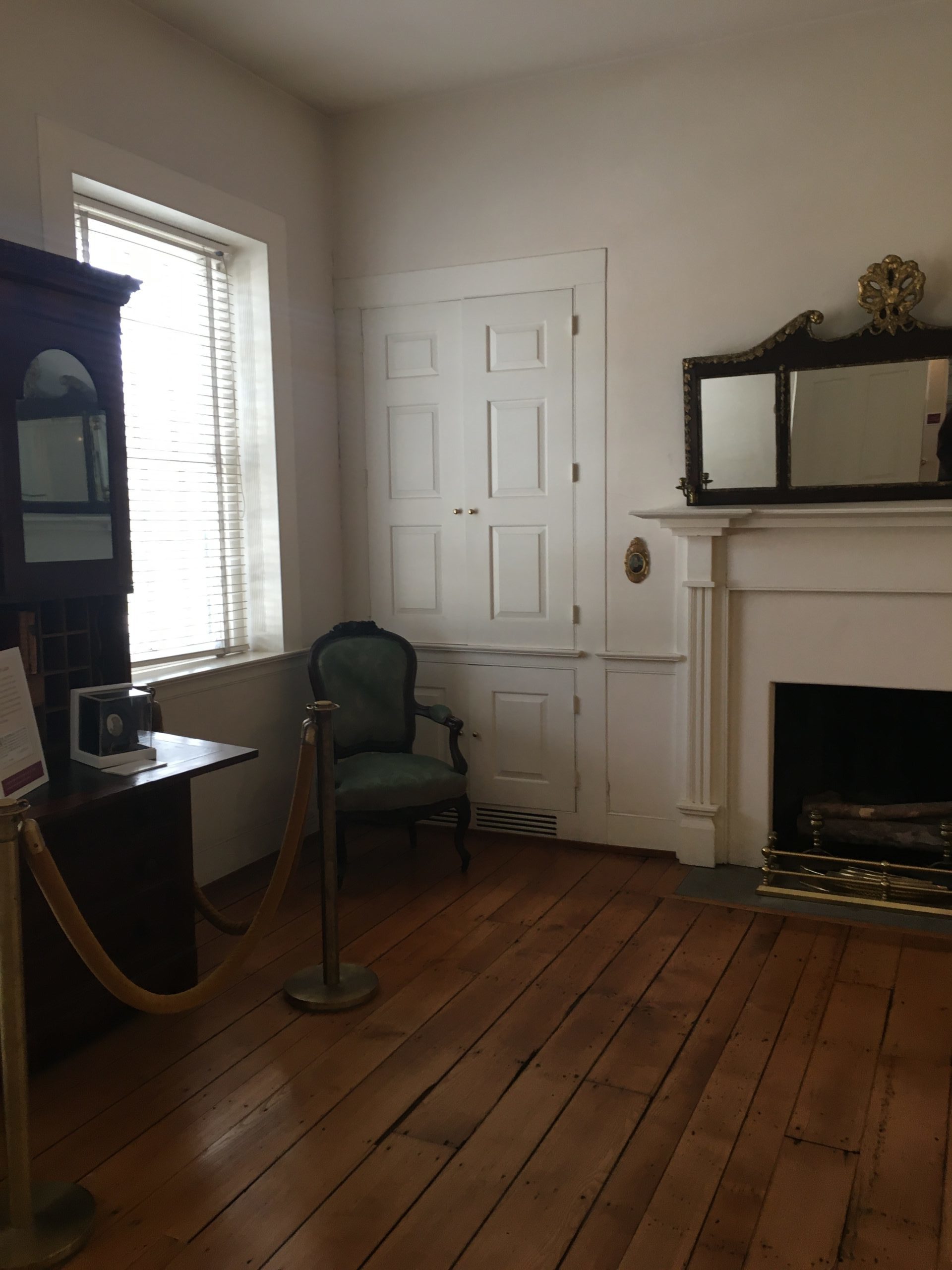

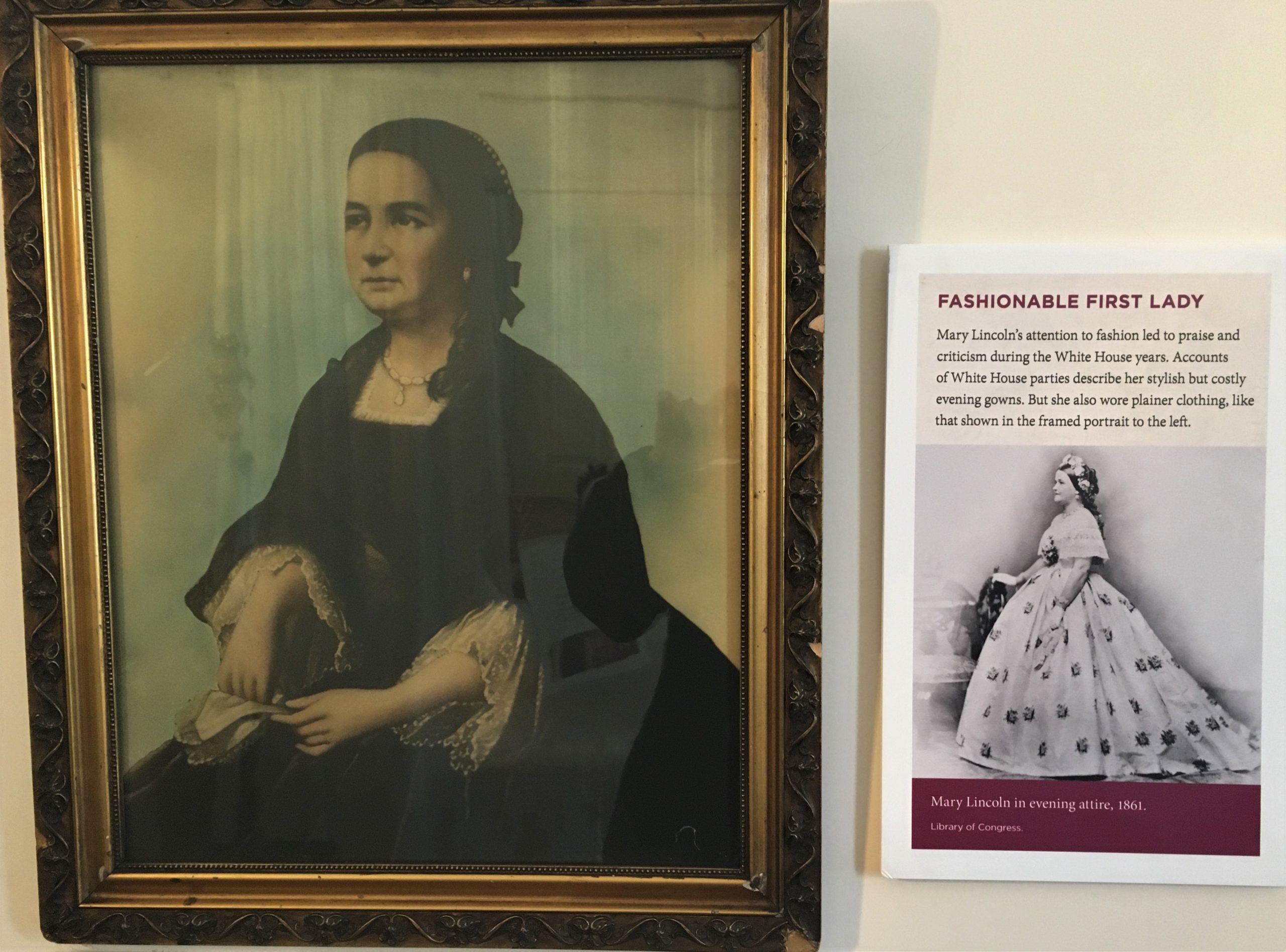
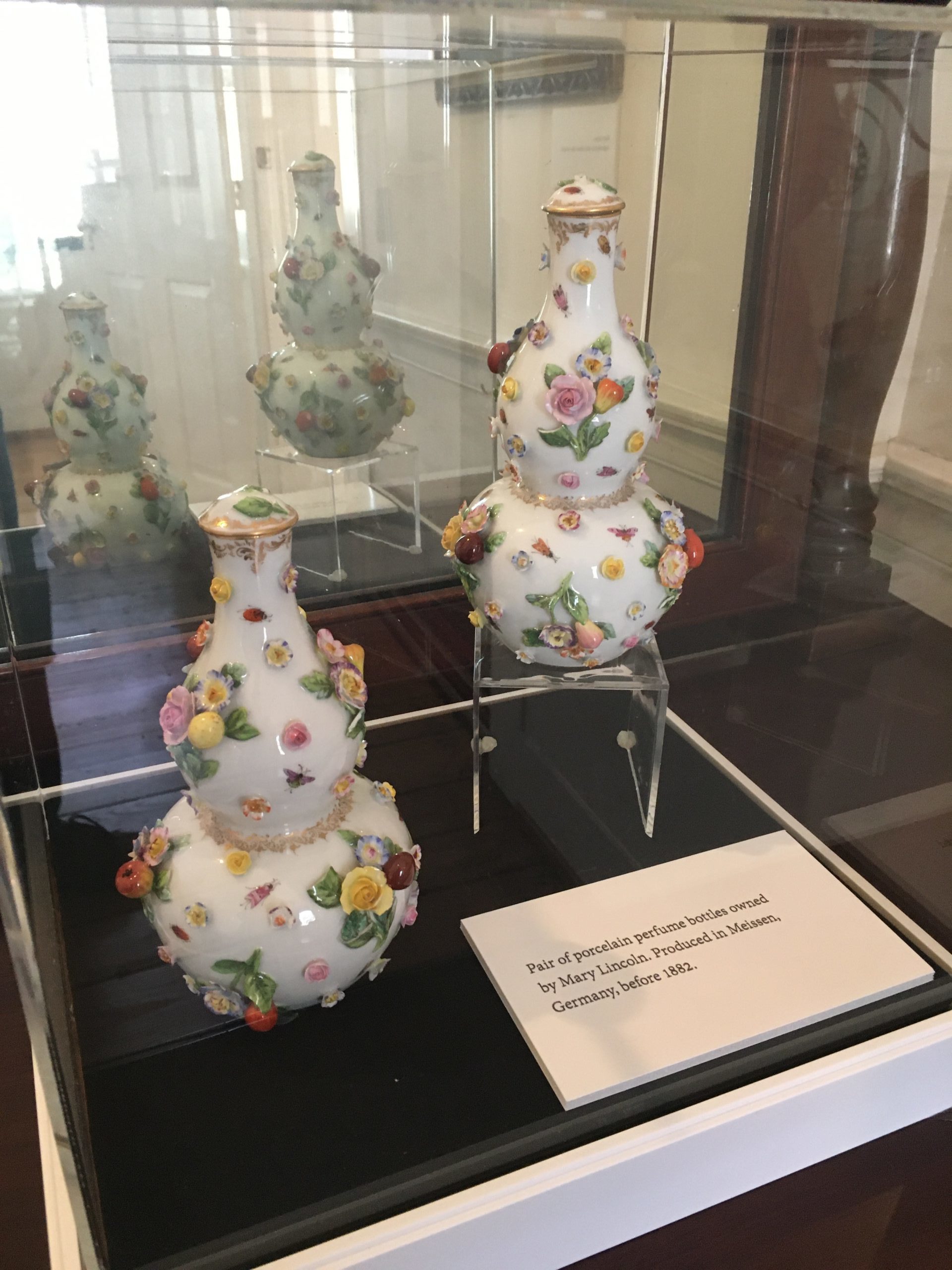
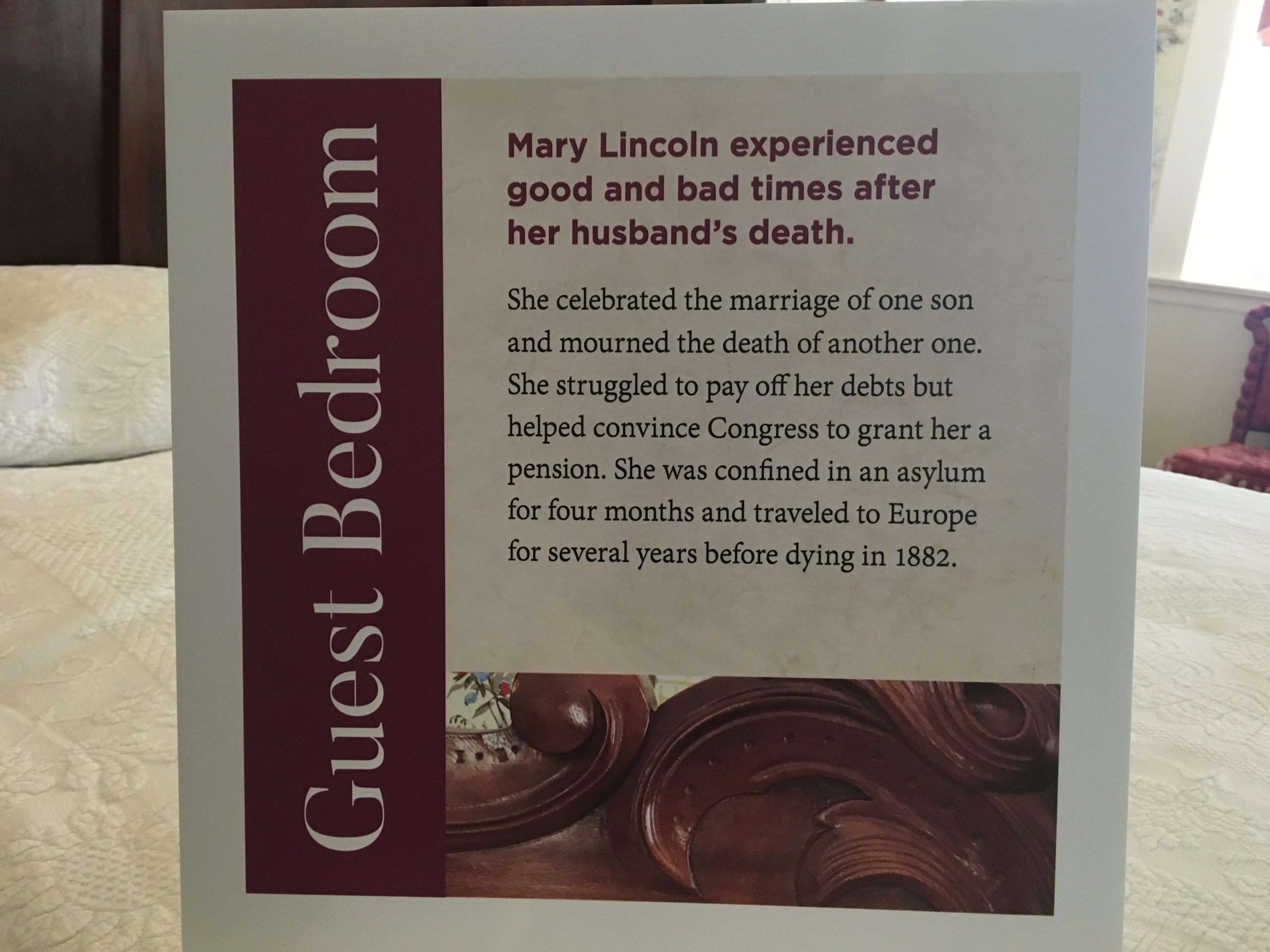
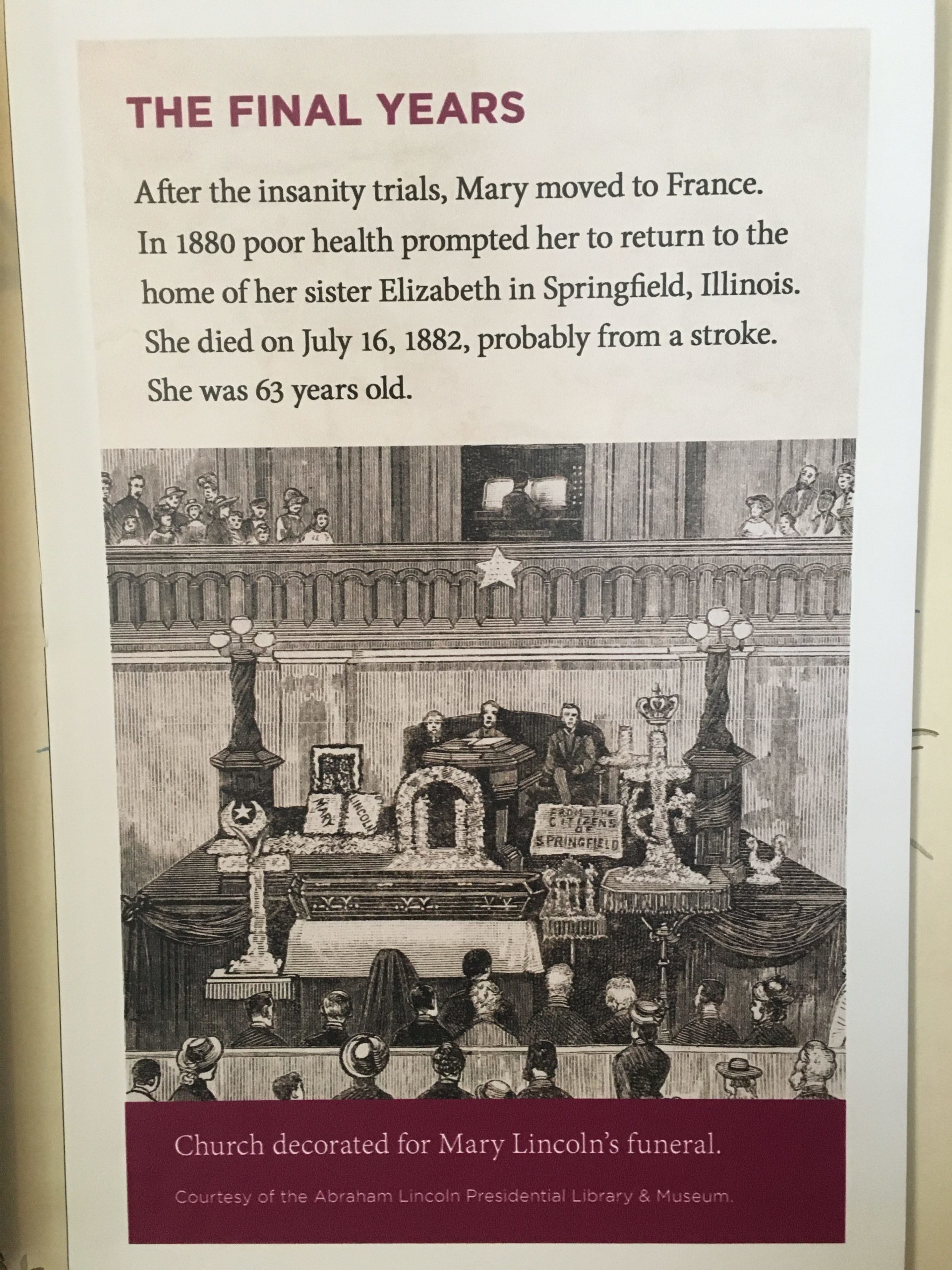

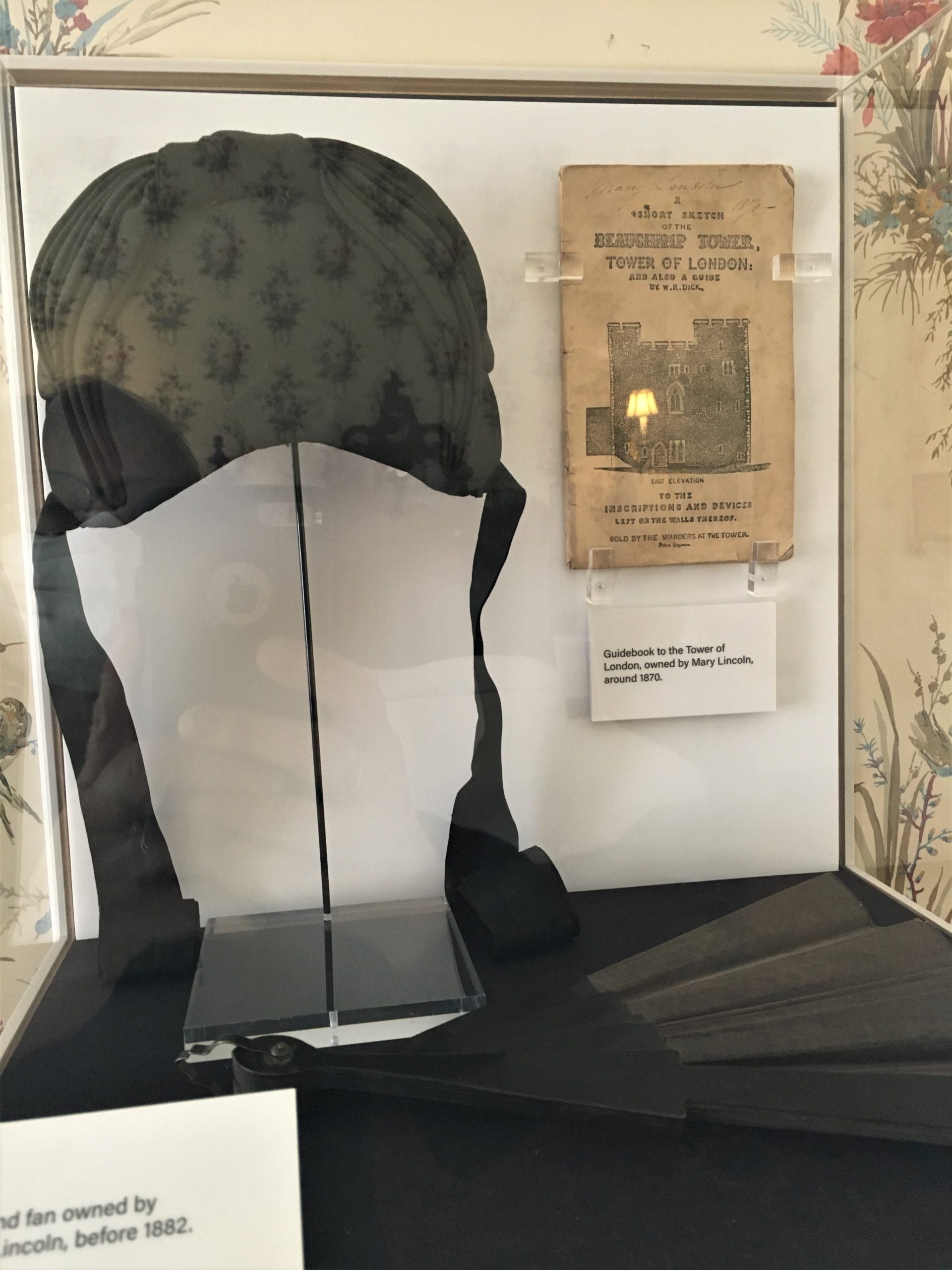
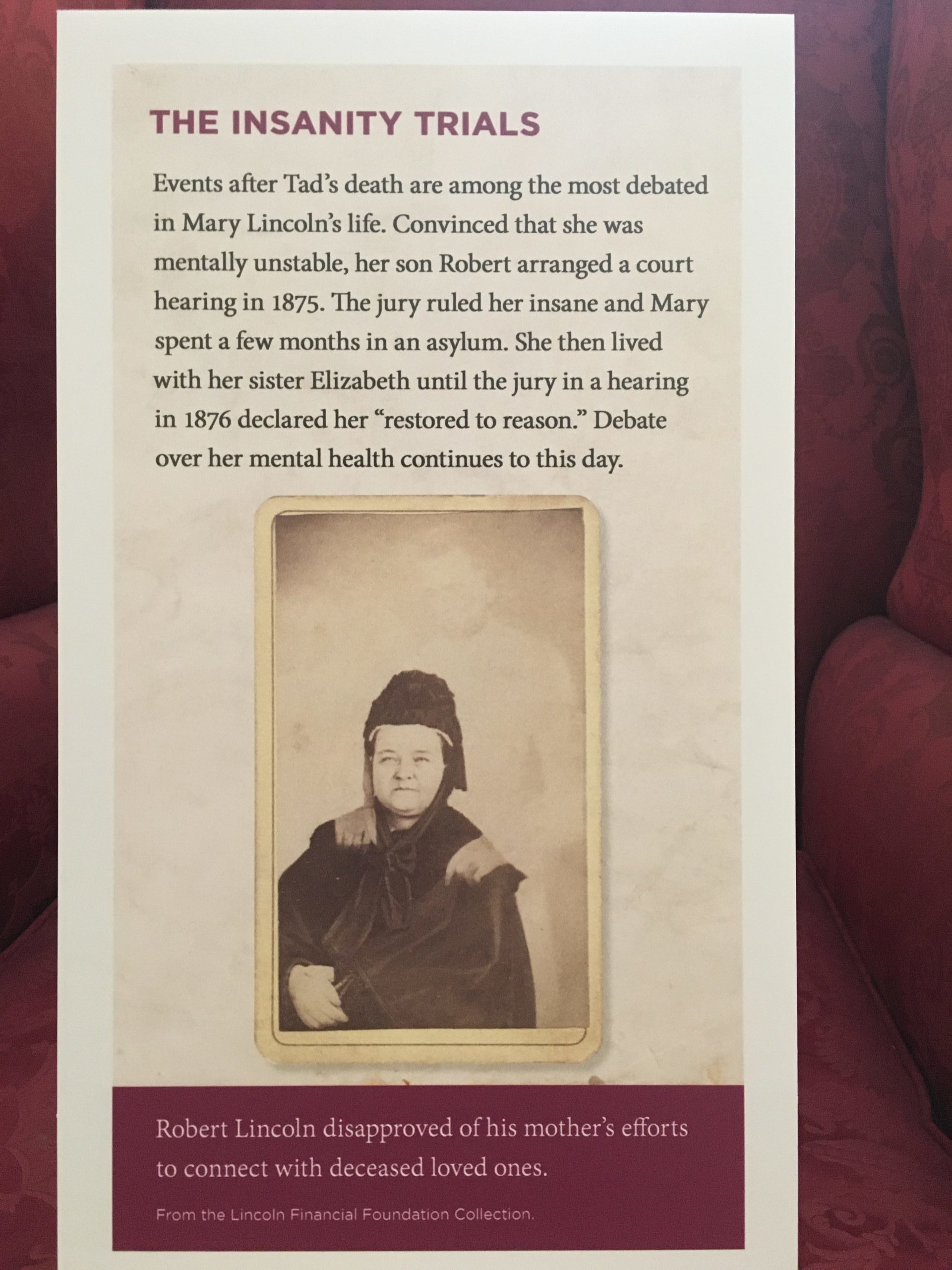
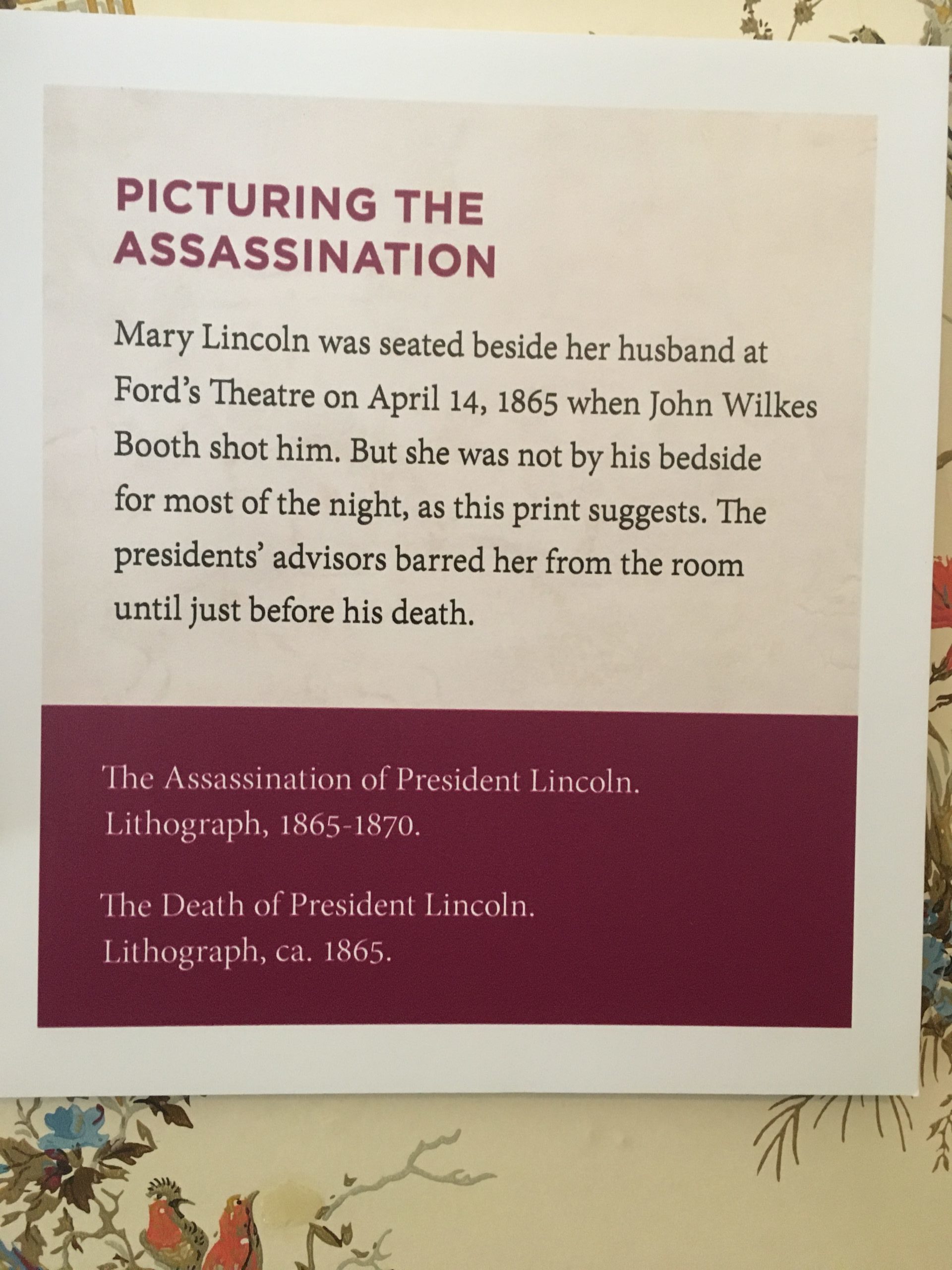
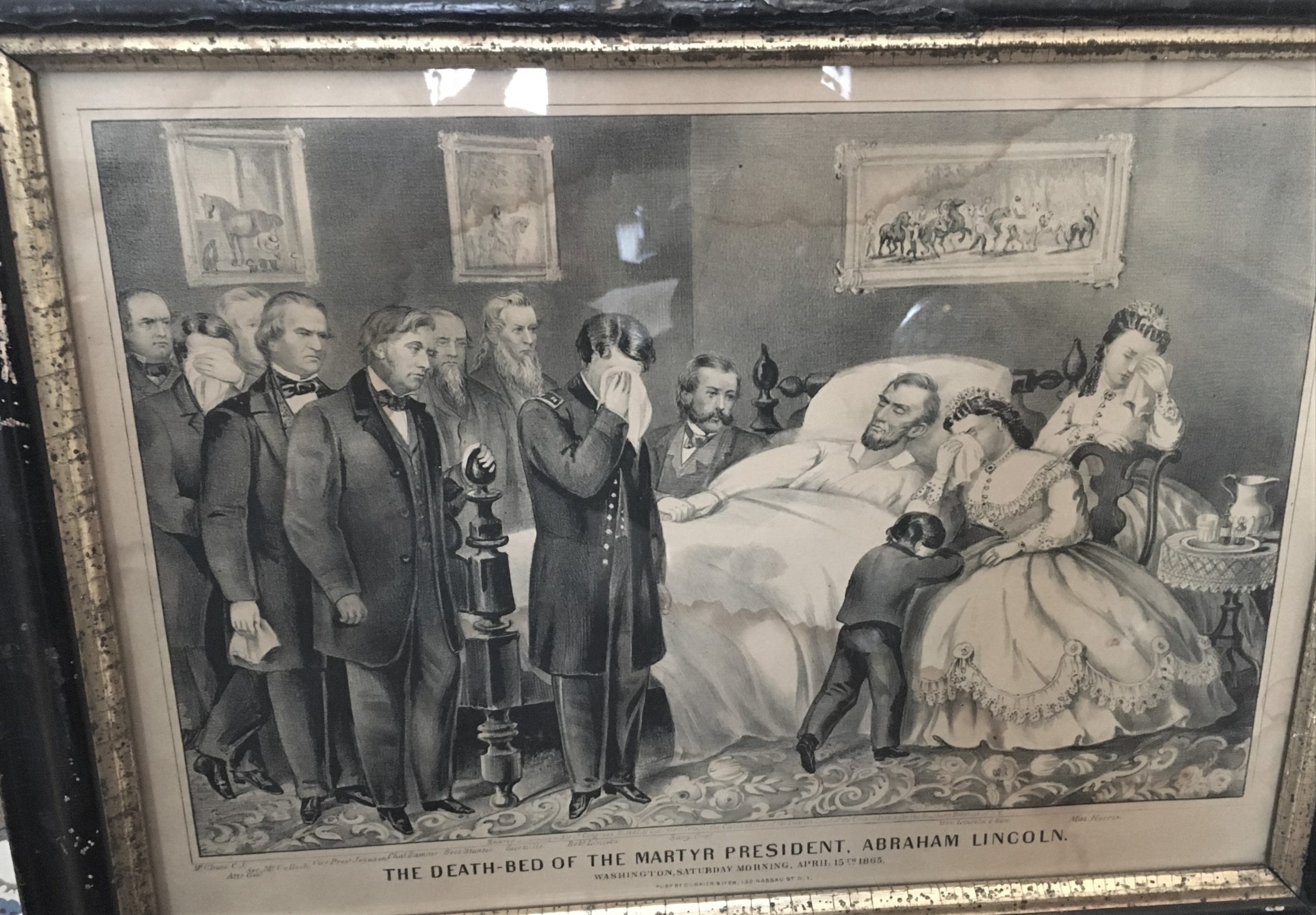
It’s not quite as well-restored as the Clay home, but then again, its funding is from a different source, and as you can see in the next pictures, there was much restoration to be done. The docent told us there were pictures on-line on their website, so I went looking. It wasn’t as easy as it sounds. : )
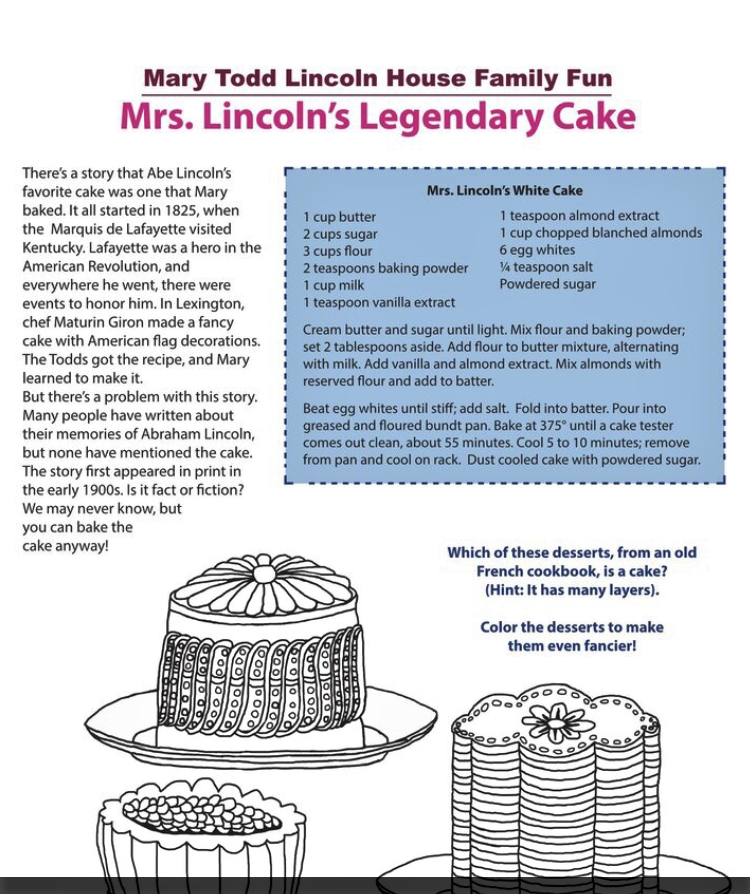
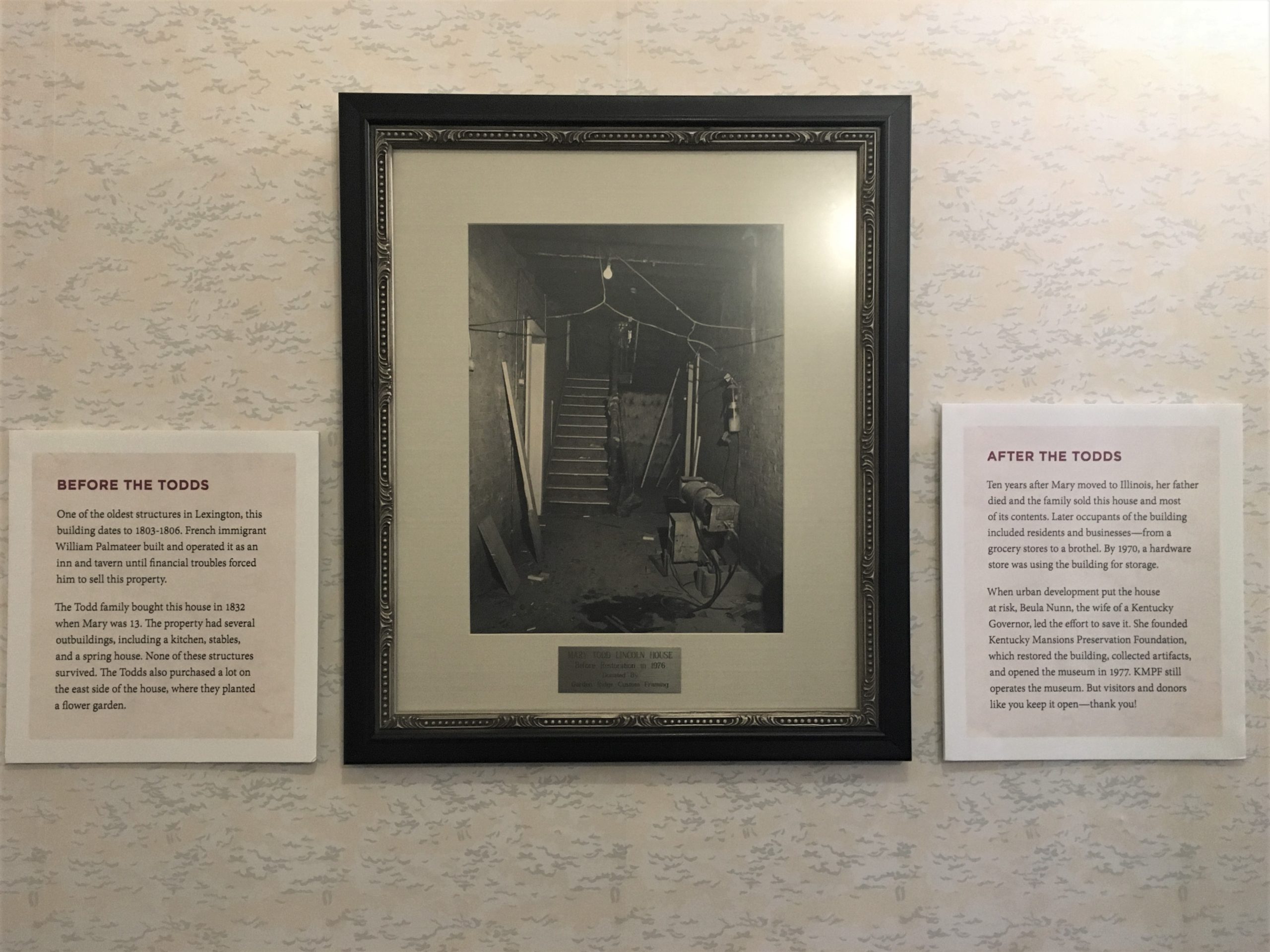


I wasn’t able to switch them around, so some are before/after and some are after/before. : )
Pretty incredible, the work they’ve done!




Once we’d completed Mary’s house tour, we raced over to our selected place for lunch, because they closed at 3pm “or whenever the food runs out”. The Blue Door has very good bbq! We splurged (of course!) and got the platter with all the meats and two sides. The only problem was, their dining room isn’t open (Covid repercussions!) and the two tables they have set up outside weren’t an option because it was too cool to eat outside, so we had to figure out how to eat all that in the Jeep. Leave it to Blaine to come up with a good solution! He took the top off our cooler for us to use as a table, and then because I was afraid things would slide around, I turned it upside-down. Perfect! And warm!
As we were stuffed, and we’d picked up a walking history brochure (geared toward places Mary and Abe might have been familiar with) at Mary’s place, we drove back over, parked the Jeep and went for a stroll. It’s good when towns keep their heritage alive!
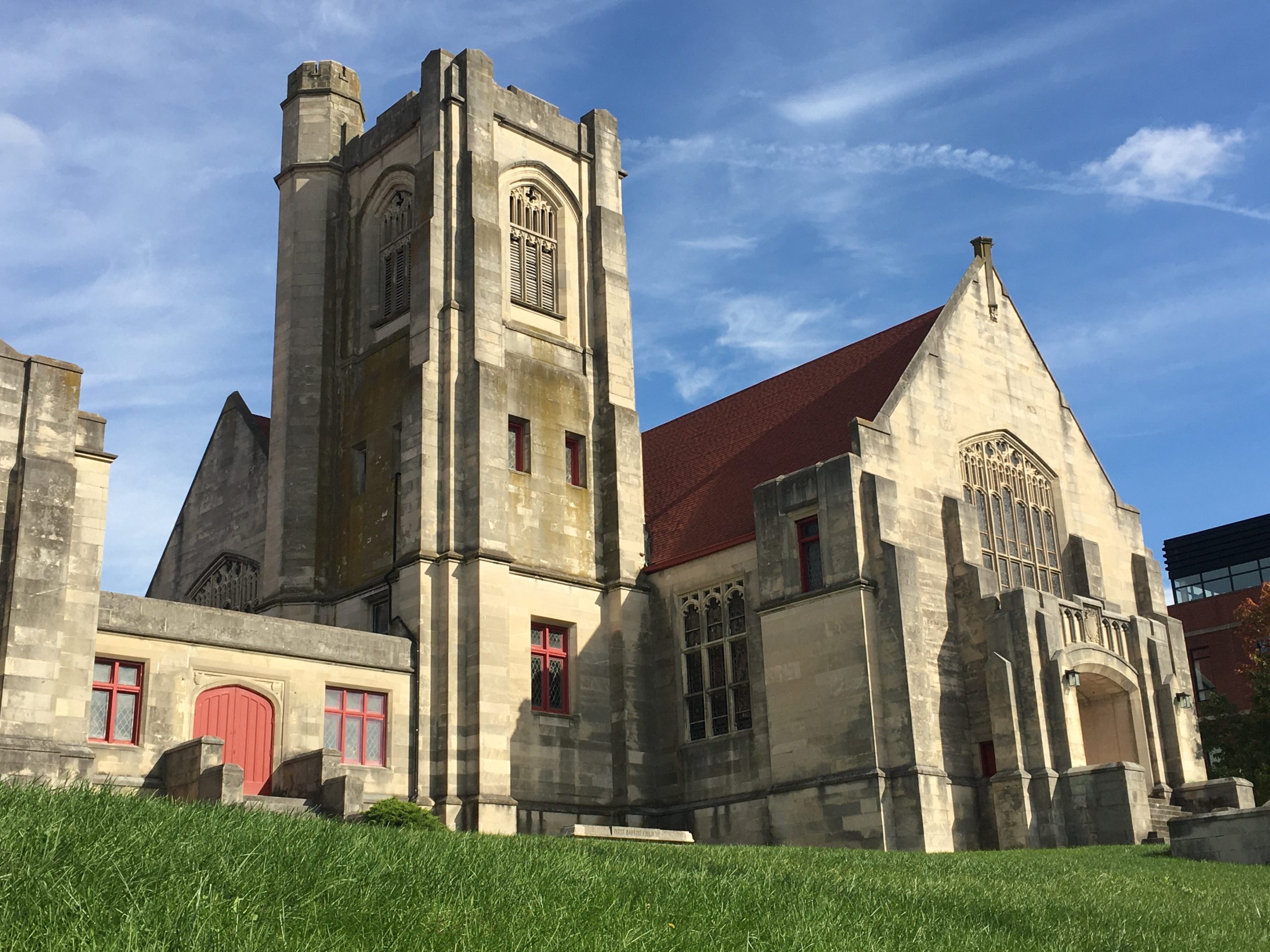
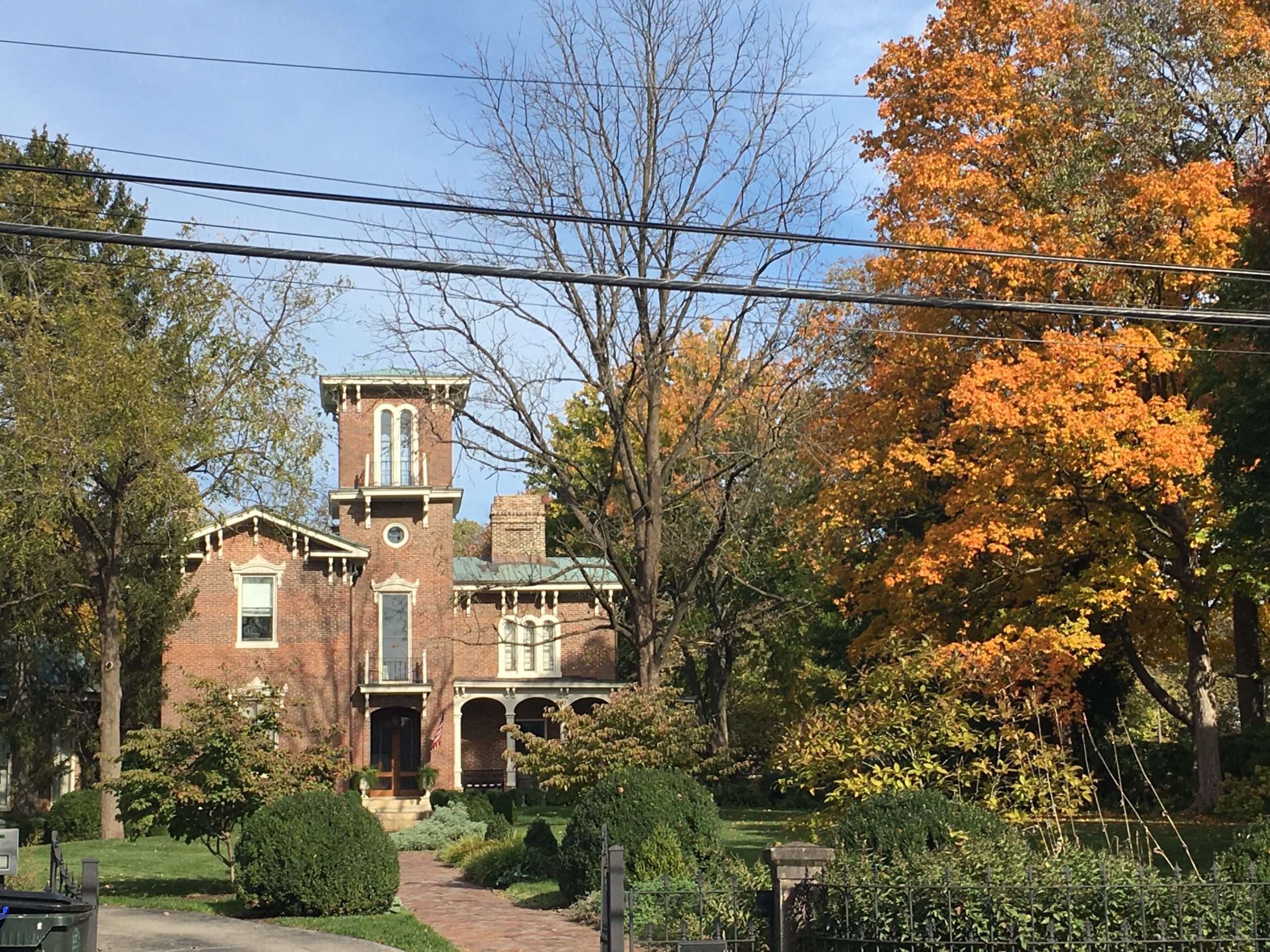
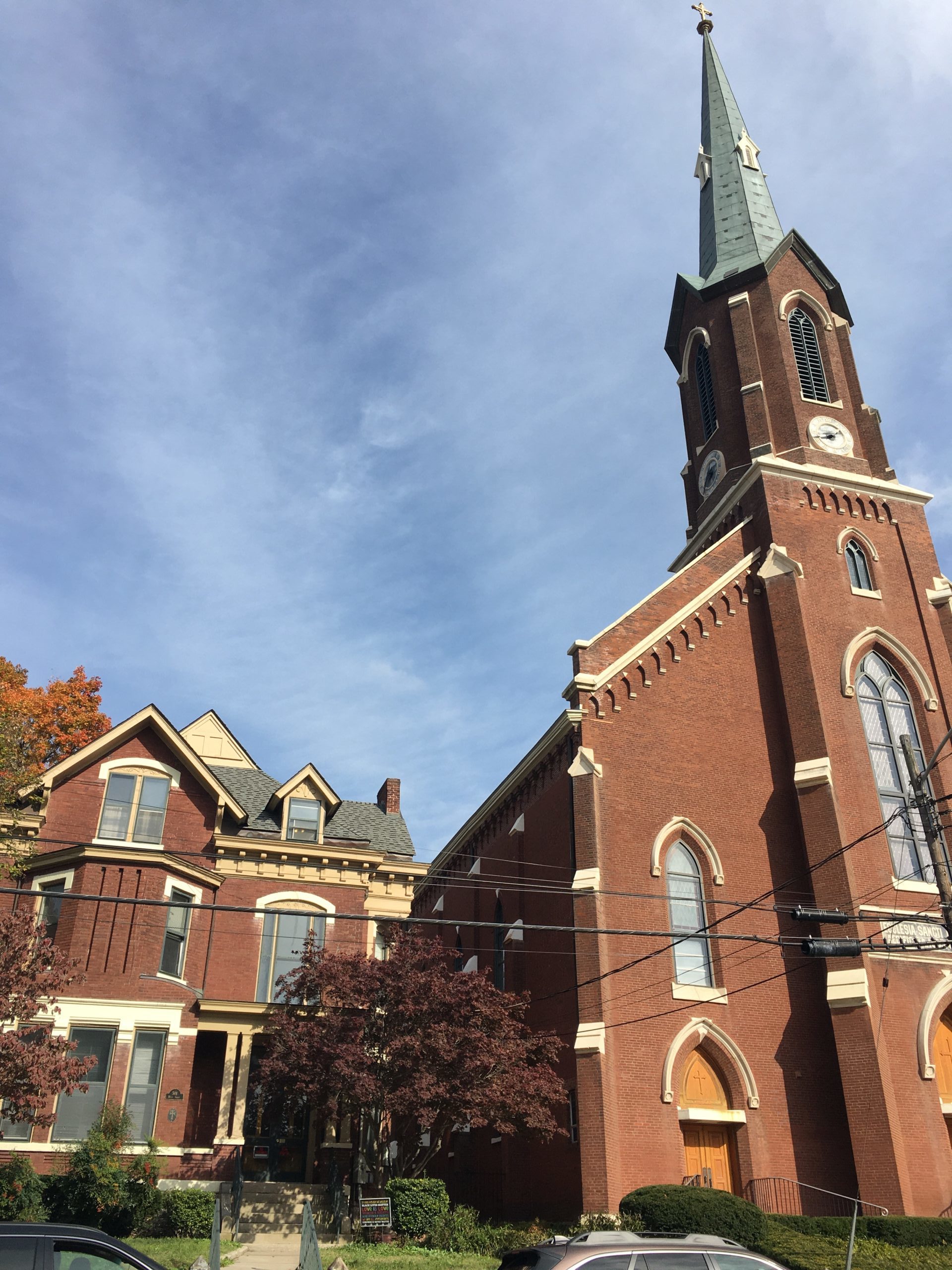
Her mother died here in 1826. The house was demolished in 1887.
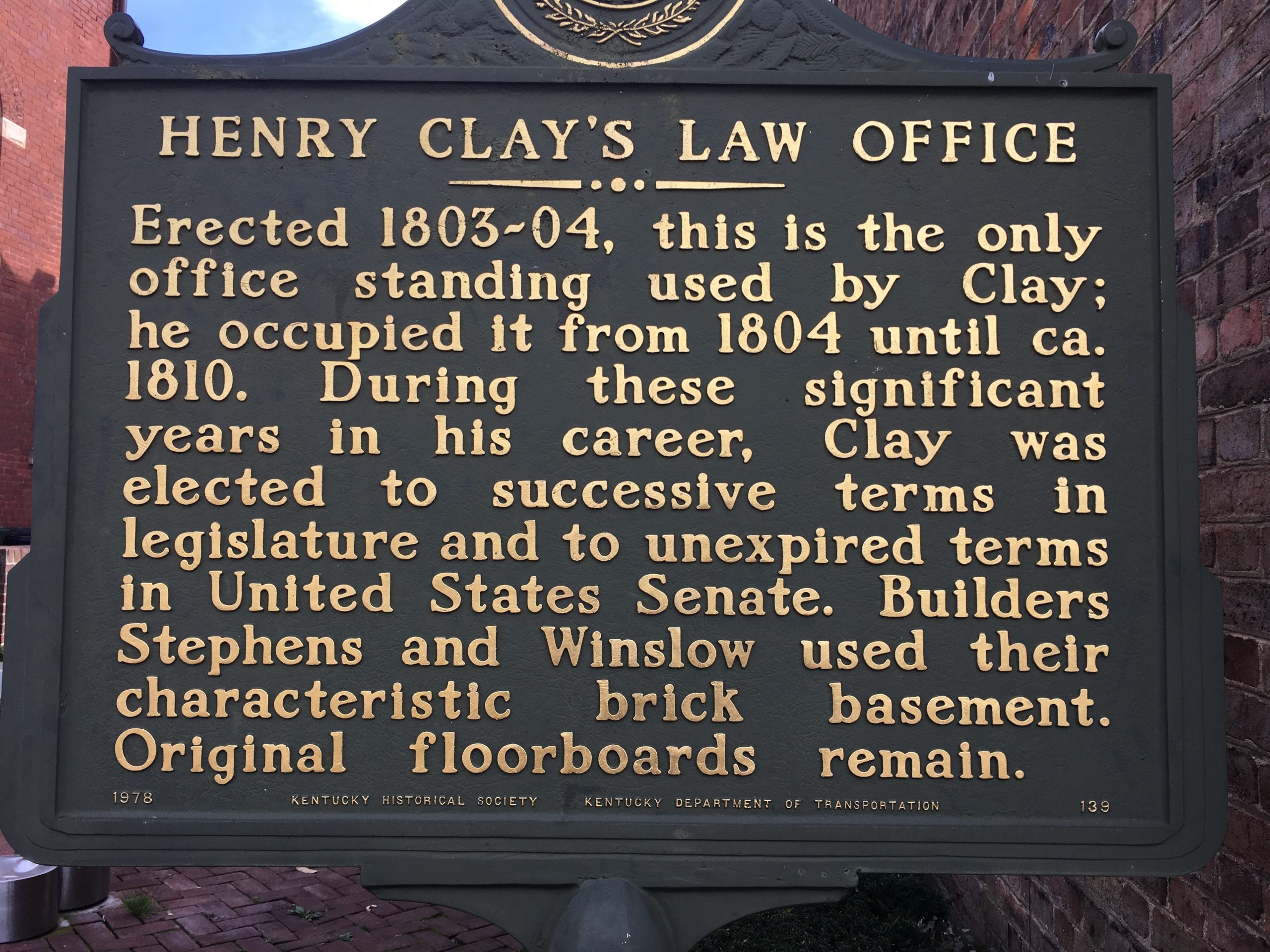
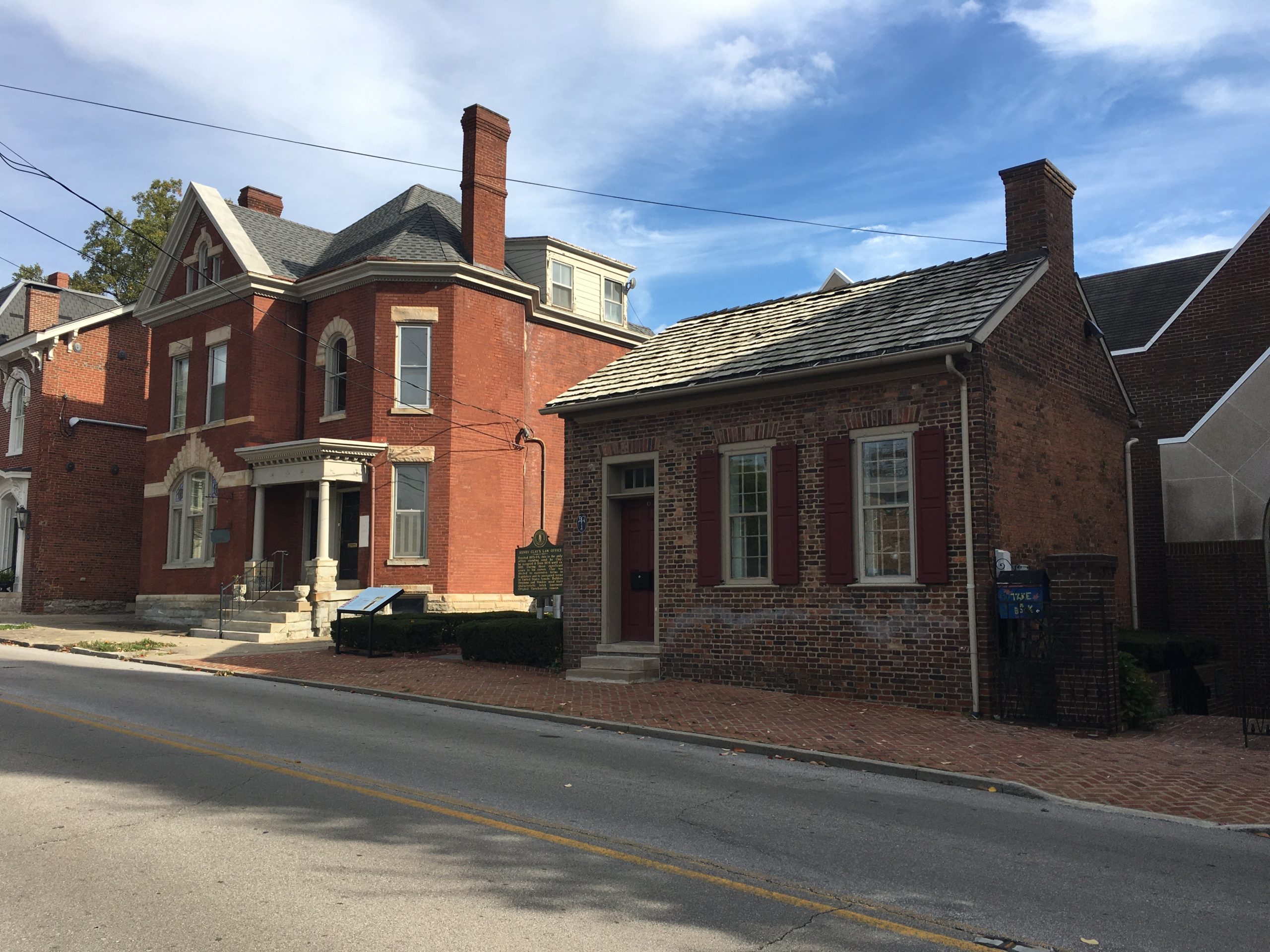
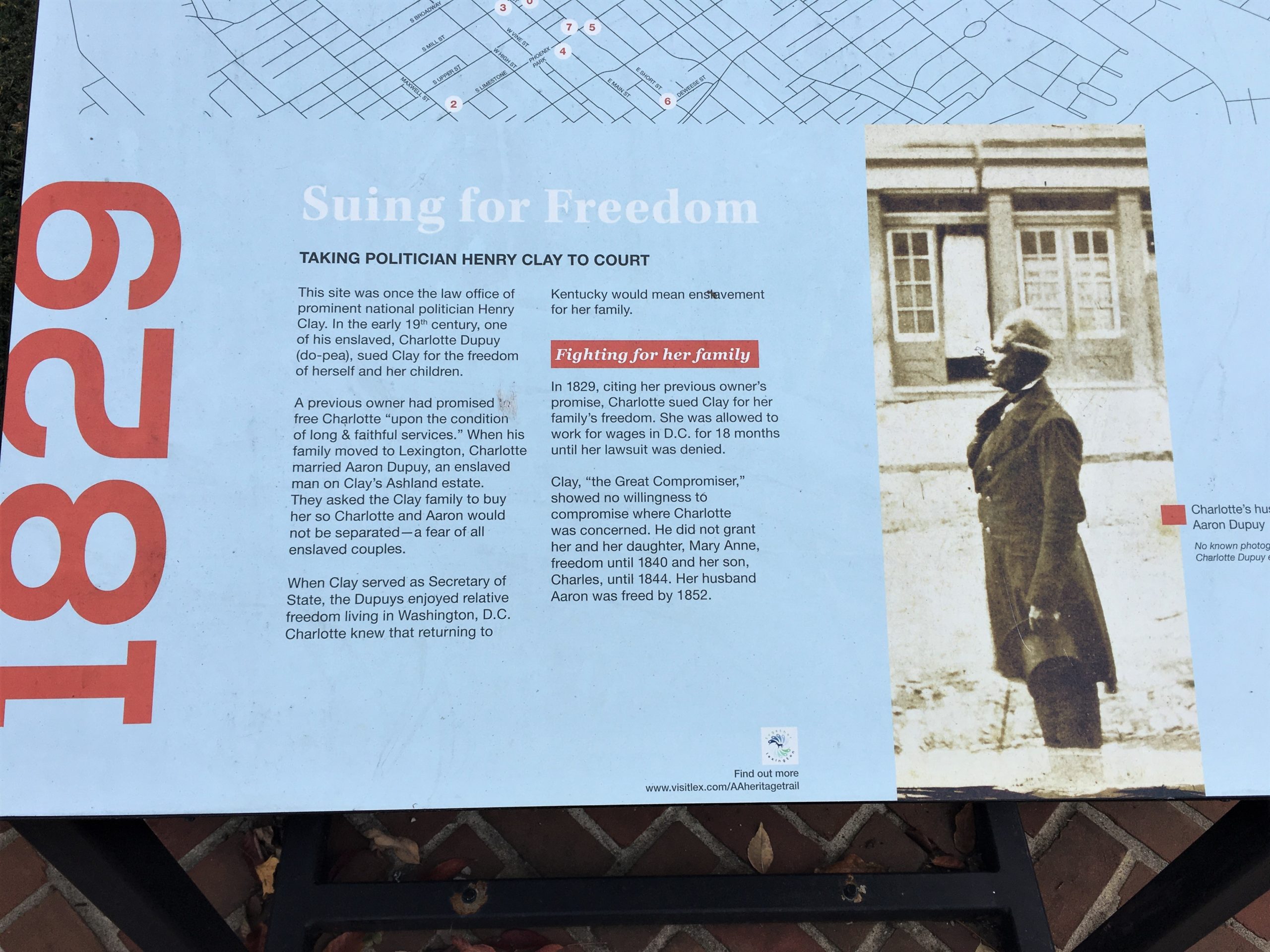
I don’t know if the kids went with her or stayed with Henry. I’ll leave you to draw your own conclusions.
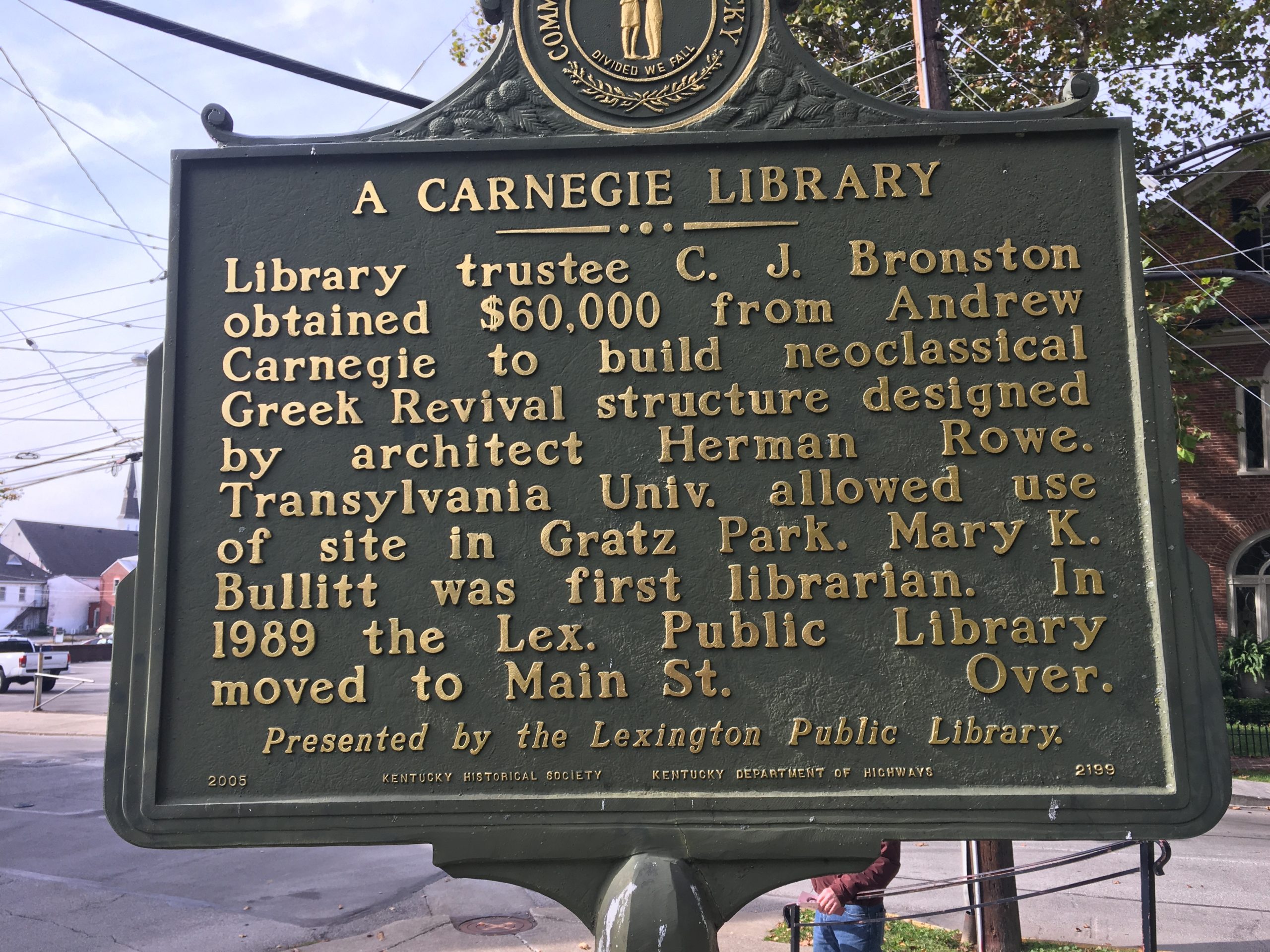
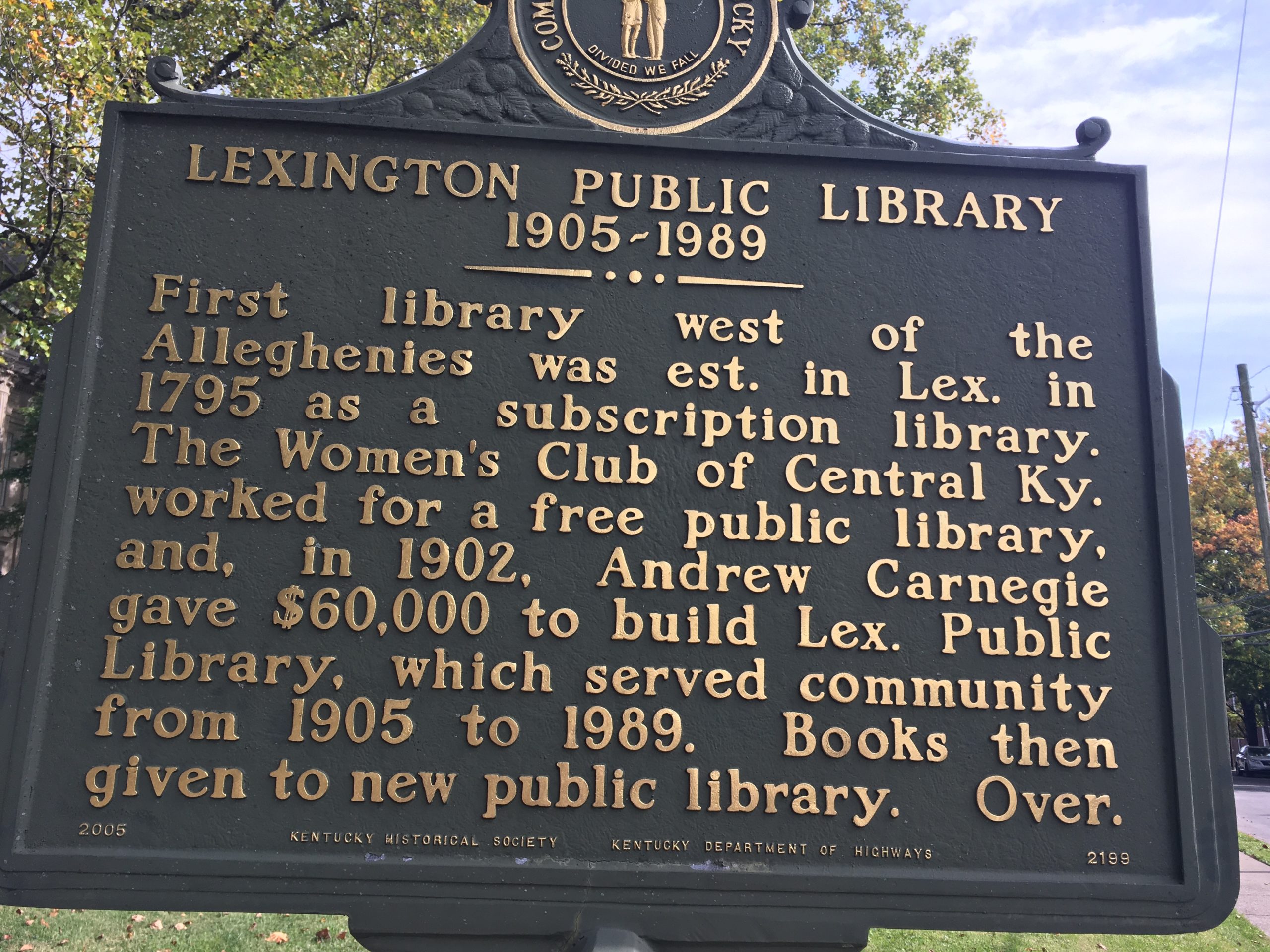


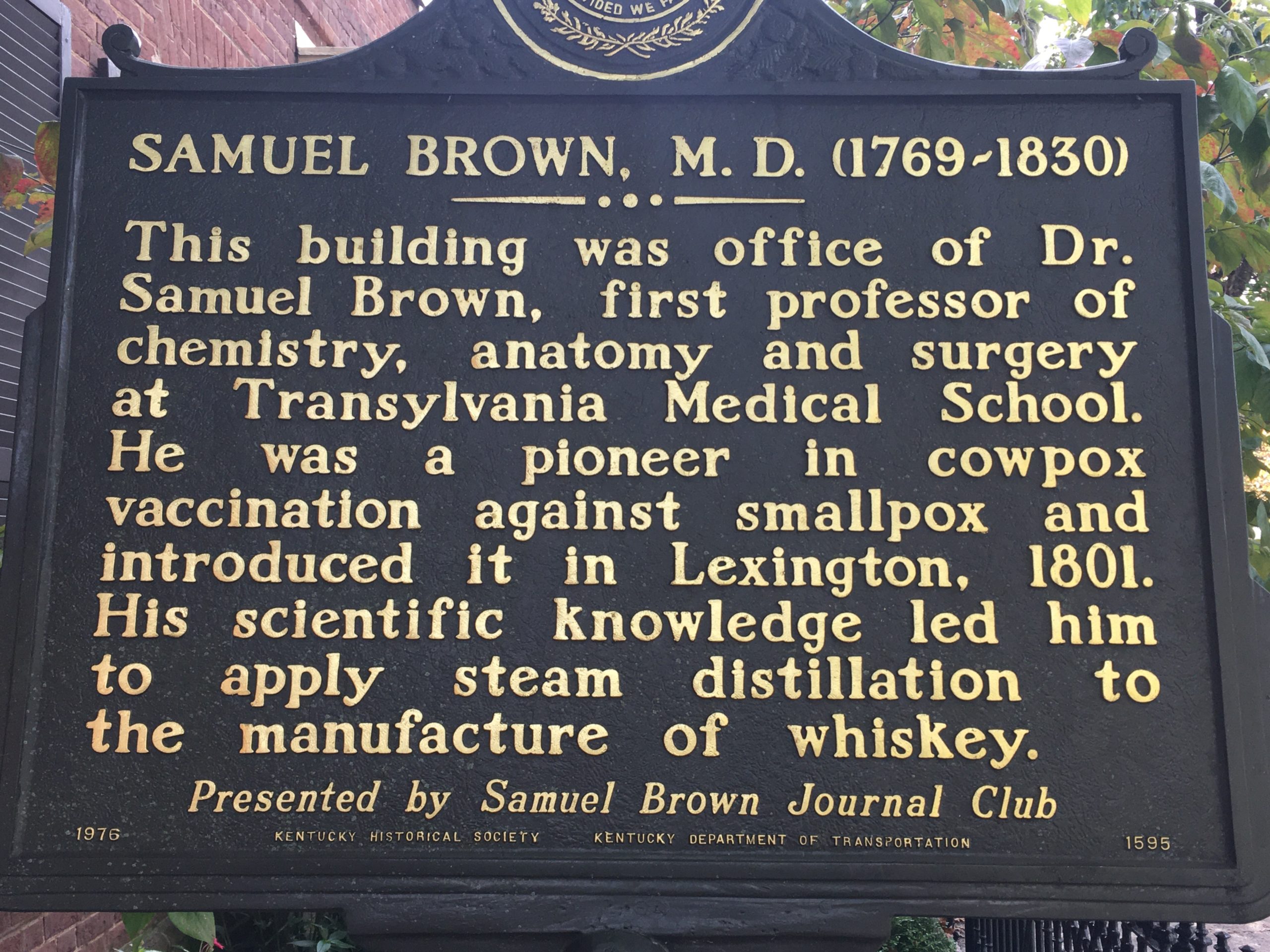
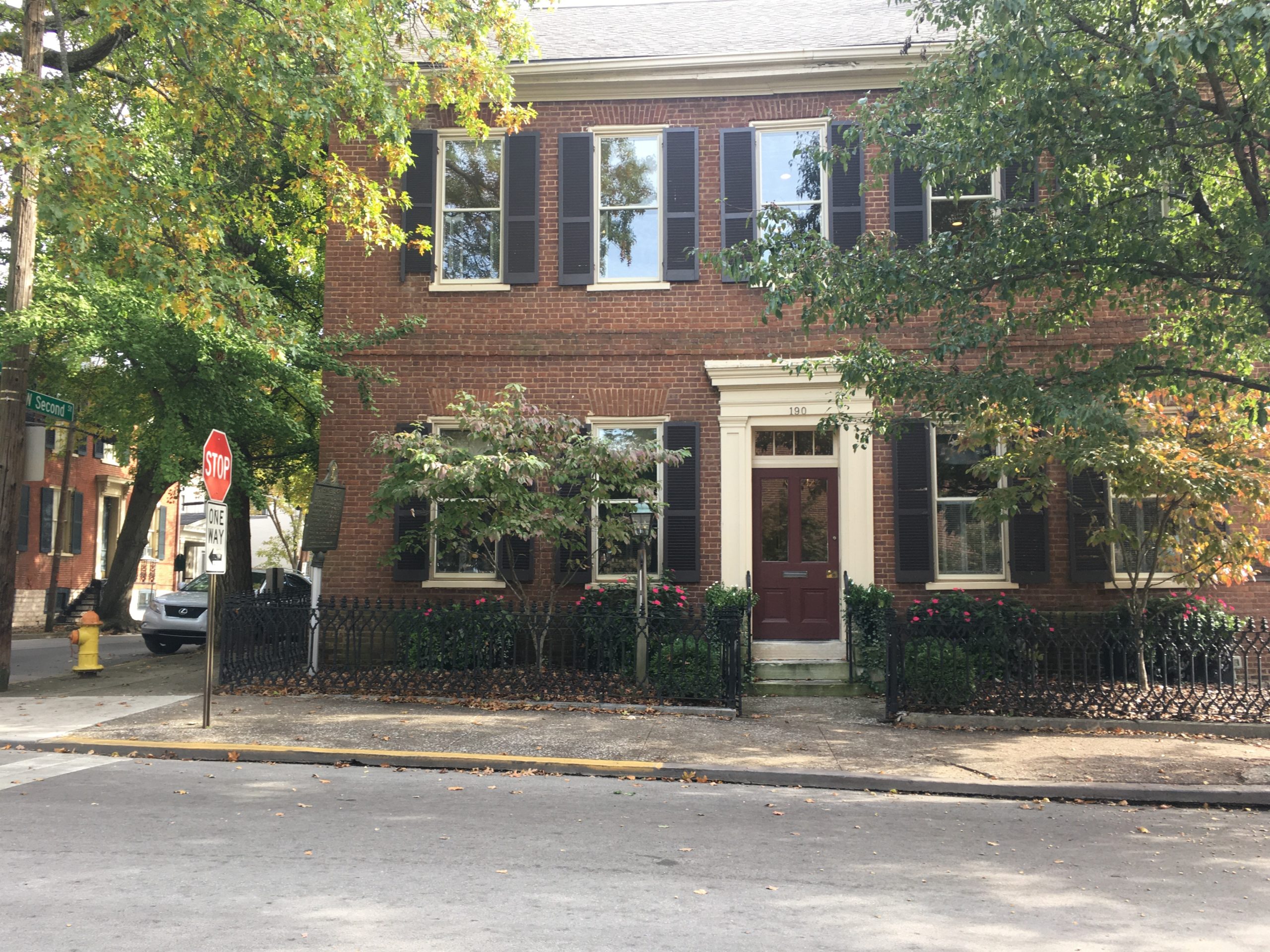
The above sign says this was the Dr. Brown home,
but our brochure says differently. It said, “From 1827 to 1830, Mary Todd attended a school run by Episcopalian rector John Ward in this building….. the structure is one of the oldest in Lexington and dates to 1794.”
Someone needs to get their history straight . . .
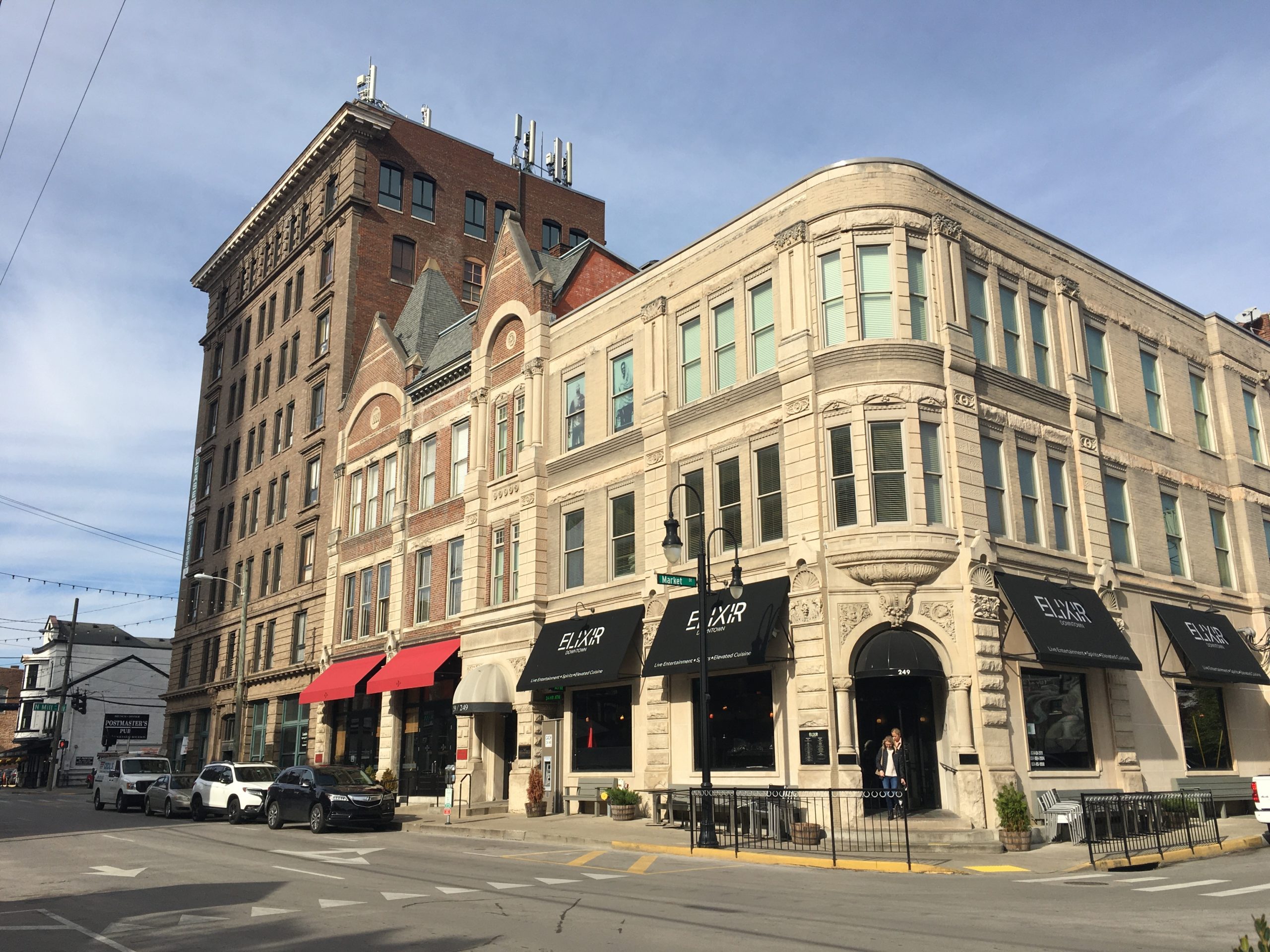
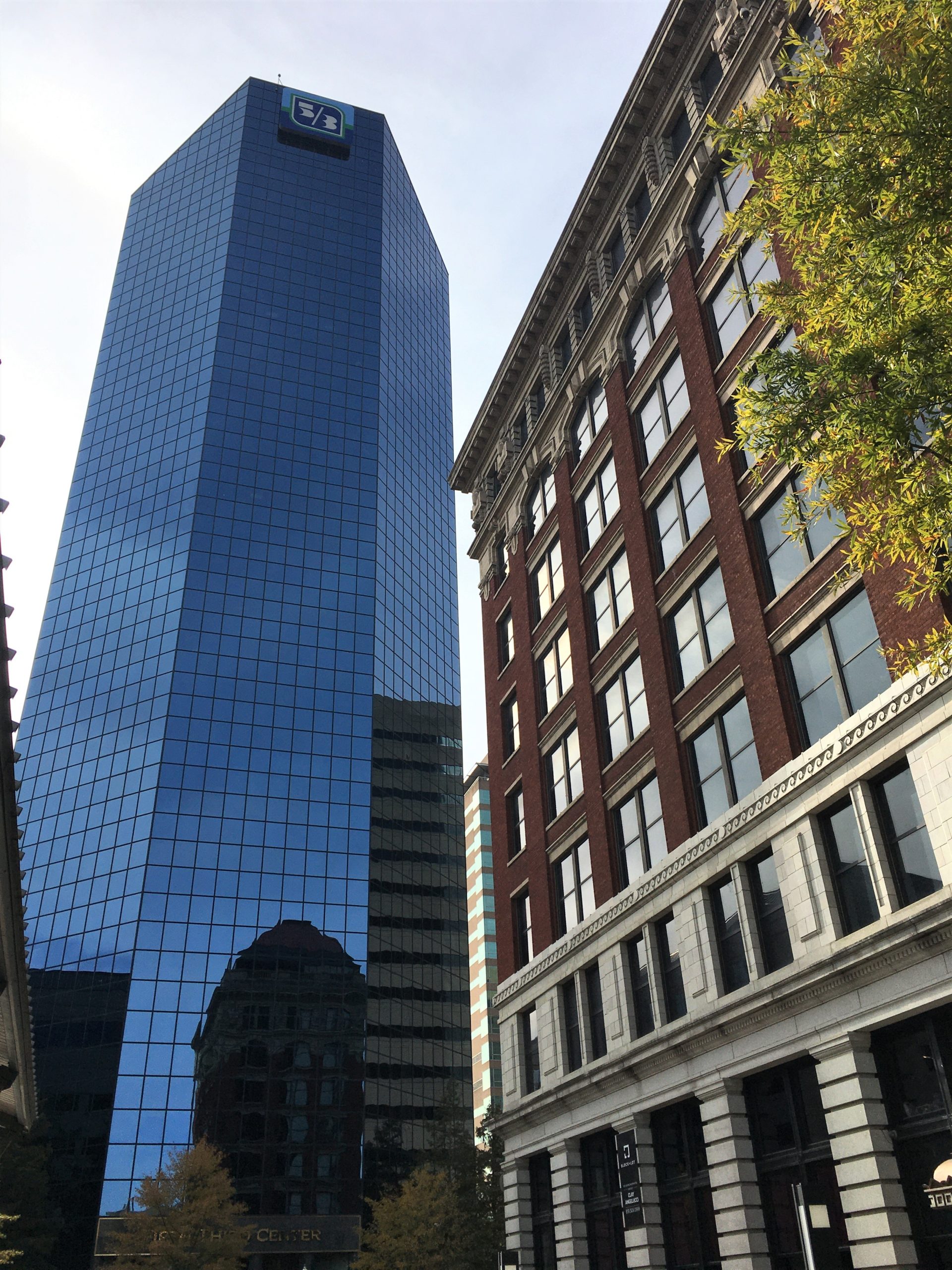
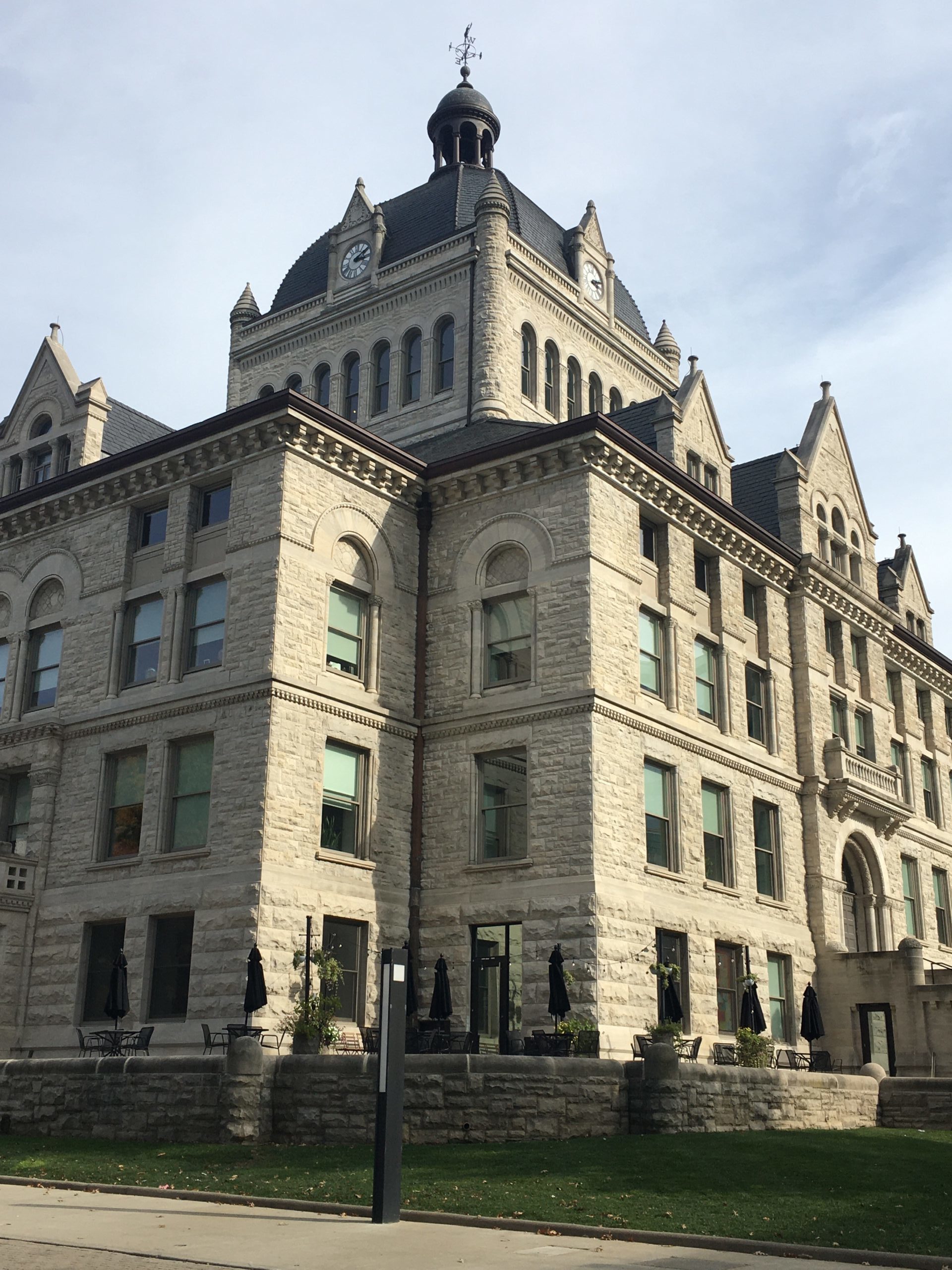

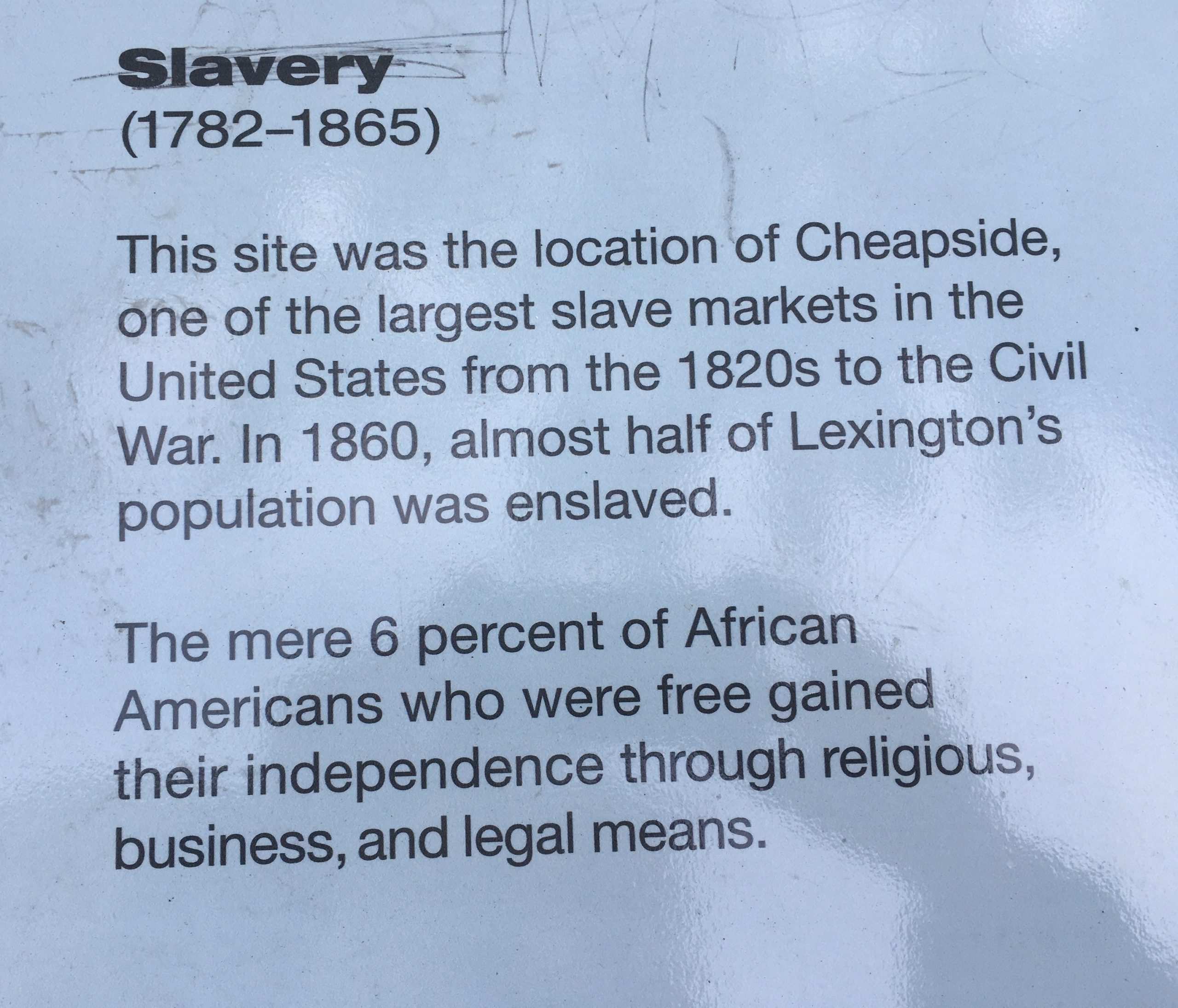
Tomorrow’s our last day here, and we’ve got a bike ride planned!

